



Scots Land Reform Bill an ‘attack’ on businesses
PAGE 8




LIVESTOCK
Borderway UK Dairy Expo report and results
PAGE 72






PAGE 8




LIVESTOCK
PAGE 72

FOOD production needs to be kept front and centre of discussions, as Scotland’s Rural Affairs Committee (SRAC) backed a Bill which could transform how farmers are supported financially in the future.
Farmers and industry groups gave a mixed response, welcoming the progress but raising concerns about a continued lack of clarity.
The precise split of funding across the four tiers of the Future Support Framework has yet to be determined, although Government said it intended to maintain underpinning support through base payments in tier 1 and accessible support for those undertaking climate and nature actions through tier 2 and to do so at similar levels to current direct support.
The committee confirmed its approval of general principles of the Agriculture and Rural Communities (Scotland) Bill on Monday (March 18) to define how agricultural communities will be supported.
Finlay Carson, committee convener








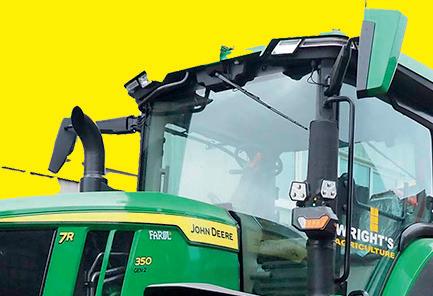
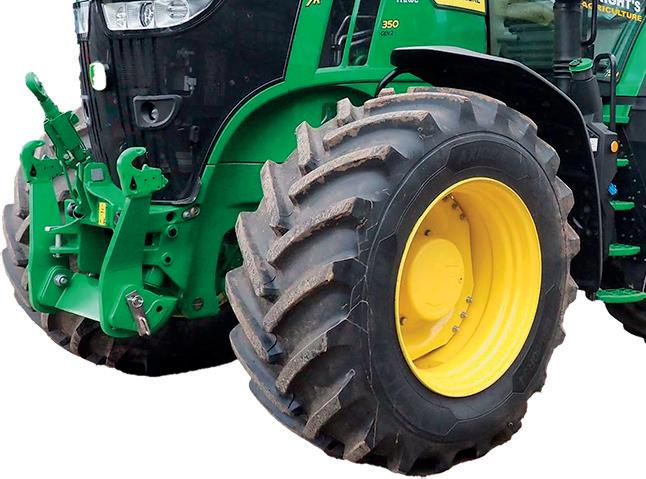
ARABLE
Worming tips for lambing time
PAGE 28
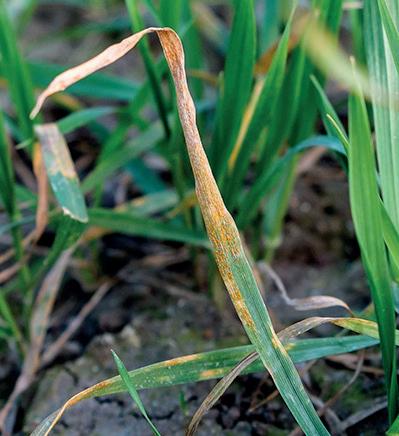
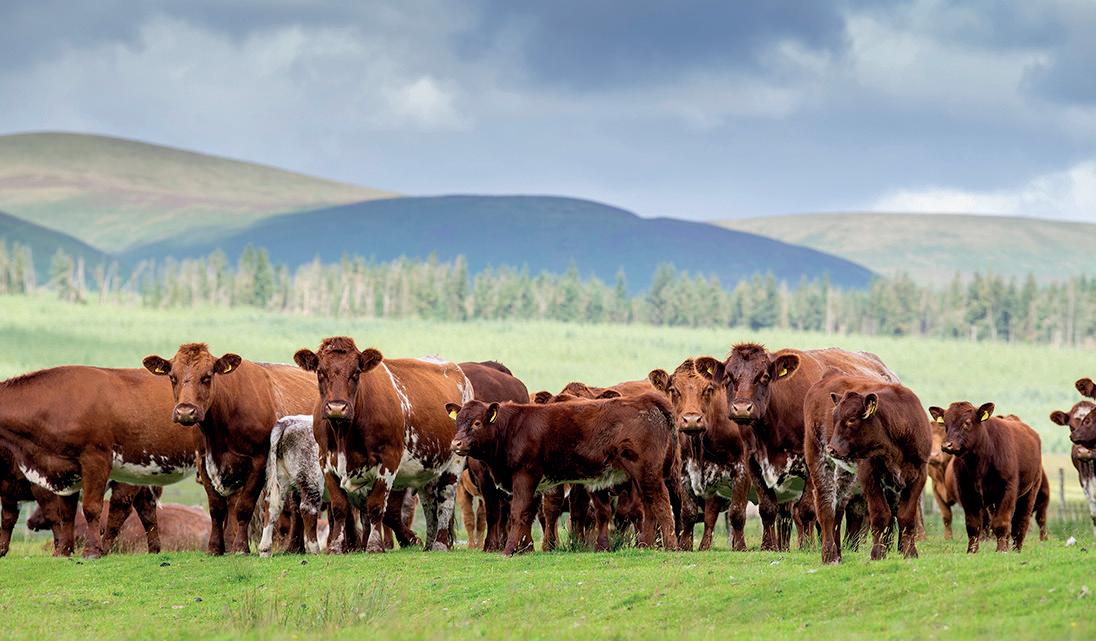
of the SRAC, said he was confident the approach would ensure the future of agricultural policy could be a success.
NFU Scotland director of policy Jonnie Hall said he supported the Bill which would set out the necessary powers to deliver a future support framework and clear foundation for future rural policy and support for farmers to deliver for food production and the environment.
But Douglas Bell, managing direc-
tor at the Scottish Tenant Farmers Association, said despite providing scope for future policy and support, the lack of specific detail to address the uncertainty felt by tenant farmers was concerning.
Hamish Macdonell, speaking on behalf of Quality Meat Scotland, said the role of farming in a profitable food production system needed to be placed front and centre.
“We need to see ourselves, first and foremost, as a food-producing nation
and take pride in that,” he said, highlighting the vital role food production plays in a thriving rural economy.
“Without farming – and profitable food production – this would largely disappear.”
Farmers criticised the finer details within the Bill which could place their businesses at a ‘disadvantage’.
Thomas Bowser, an upland farmer from Dunblane in Stirling, said clarity over how much money and resource will be allocated to the various tiers was vital.
“If the majority of allocated funds goes towards direct payments in tier 1, then it would seem inevitable that Scotland will fail to reach its environmental and climate targets,” he said, adding the plan should require Ministers to provide ‘much more detail’.
Jo Hunt, who farms in Knockfarrel in Ross-shire, said he did not see how the Bill could deliver a ‘new vision’ for agriculture.
“Scottish Government intervention and spend should only be to support agriculture that provides food and
CONTINUED ON P6


2 NEWS
Land Reform Bill an ‘attack’ on businesses
10 COMMENT
11 LETTERS
15 BUSINESS
Small grain crop might not lead to higher prices
19 GLOBAL AG VIEW
Irish sheep farmers urged to sell hard
20 DIVERSIFICATION
Flower farm business blossoms
21 CULTIVATE CONFERENCE
For a preview of the 2024 event, Farmers Guardian speaks to the organisers
22 FARM PROFILE
Delivering the flavour of West Wales
26 ARABLE
Sunflowers offer extended spring drilling window, plus a focus on cereal disease control
34 SALES
Dorsets reach high of 900gns at Carlisle
66 MACHINERY
John Deere 5M — precise all-rounder
70 LIVESTOCK
Holstein crowned supreme at Borderway UK Dairy Expo
76 MARKET PRICES
84 FARMING: THE BACKBONE OF BRITAIN
Our community section focuses on Young Farmers, fundraising and events
86 IN YOUR FIELD
WithIanGarnett,Cheshire,and KateBeaven,Monmouthshire
86 WEATHER
87 CROSSWORD
88
‘Agri-Tech Strategy vision was to make UK a global leader’, says Fraser Black SMALLHOLDER
A guide to poultry, and how share farming has solved a succession dilemma for Welsh pig farmers.

INCESSANT rain has left thousands of acres of crops under water, with livestock farmers facing delayed turnouts and soaring hay and straw costs.
New figures from levy body AHDB revealed cropped areas have dropped significantly this winter, with wheat falling 15 per cent and winter barley by 23 per cent – the largest reduction in cropped areas for both varieties since 2020.
Meanwhile, oilseed rape is down 28 per cent, which according to AHDB, could be the biggest reduction since the crop was introduced to the UK in the 1980s.
In October, Scotland had its wettest two-day period on record as Storm Babet raged, while subsequent storms Elin, Fergus and Gerrit all took their toll, delivering a provisional UK rainfall for winter of 445.8mm, which is 129 per cent above the 19912020 average.
NFU president Tom Bradshaw said a lack of water management had caused things to go ‘drastically wrong’ and called on the Government to intervene.
Mr Bradshaw said greater funding was urgently needed by the Environment Agency, so it
can deliver a ‘proactive plan of management and re-investment in the watercourses and flood defences’.
Fife-based Alan Steven farms 120 hectares growing premium malting barley for whisky, porridge oats and winter wheat for seed production, as well as a range of vegetables and seed potatoes.
He said the weather was another ‘constant worry’ which was adding to farmers’ increasing workloads and financial pressures.
He said: “In the first storm [Babet], we lost a whole field of sprouts. Now the crops are not as far forward as I would like. Some are just stagnant.
“I managed to get one crop of winter barley sprayed during a dry spell but then the rains came again and so a waste of time.
“We are working 12- to 14-hour days and just not getting a return.
“As far as I can see, the Government has done nothing. There needs to be long-term planning. Nowadays, farming in just in the lap of the gods.”
For full analysis on the grain markets, see pages 16-17
ALL bird keepers will be required to register their flocks under new Government rules which seek to protect the poultry sector from a future avian influenza outbreak.
Under the changes there will be new requirements for all bird keepers – regardless of the size of their flock – to officially register their poultry on the national register by September 1.
Currently only those who keep 50 or more poultry must do so, limiting the effectiveness of national disease control measures.
The information on the register
will also be used to identify all bird keepers in disease control zones, allowing for more effective surveillance, so that zones can be lifted at the earliest possible opportunity and trade can resume more quickly following an outbreak of avian disease in Great Britain.
Sheila Voas, Chief Veterinary Officer for Scotland, said: “These changes to bird registration are a necessary step to help protect the health of kept birds and the general public from future avian disease risks.”
FRUSTRATED commoners have urged the Government to do the ‘right thing’ to ensure the future of farming on Dartmoor is not lost forever without funding and support.
Farmers are anxious to see if the Government will implement any of the recommendations in the independent review of protected land management on Dartmoor, with fears of how the farming landscape could be altered completely. The review, led by landowner David Fursdon, had made
recommendations to improve land management on Dartmoor including ‘flexible, innovative and achievable’ environmental schemes which benefit nature and continued conservation grazing and vegetation management, cultural heritage, and biodiversity.
Helen Radmore, Tenant Farmers Association (TFA) national vice-chair and Dartmoor commoner, said Natural England’s approach to farmers had left commoners feeling ‘undervalued’.
She said: “I am concerned as a commoner and grazier that Natural England have a narrow view of what they are looking at in terms of environmental land management schemes and farming.
“We need a wider view because they

Dartmoor commoners hope the Fursdon review will be implemented.

act in one way and then go down another route.”
She said farmers needed to feel valued, adding: “Once the skills have been lost and farmers start to leave Dartmoor, they will not come back.”
Mary Alford, of Moortown Farm in Tavistock, said she feared the legacy of farming could be lost completely.
“We have a very proud history of farming, protecting the landscape and environment, while enhancing wildlife which has been formed by grazing livestock,” she said, adding it could be ‘destroyed completely’ should the Government choose to ‘act against the
interests of commoners by removing cattle, sheep and ponies’.
She added she was most concerned by a lack of detail regarding the support and payment for farmers if they were placed at a disadvantage.
Devon farmer and NFU county chair Paul Glanvill said it was important for the review to act as a catalyst for ‘positive and meaningful change’.
Natural England said that farming had a key role to play in the future of Dartmoor’s special habitats and it welcomed the Fursdon review as an important step in building ‘trust, collaboration and understanding’.

Farmers Guardian, Unit 4, Fulwood Business Park, Caxton Road, Fulwood, Preston, Lancashire, PR2 9NZ
Editor
Olivia Midgley, 07787 240 750 olivia.midgley@agriconnect.com
Head of News and Business
Alex Black, 01772 799 409 alex.black@agriconnect.com
Chief Reporter
Rachael Brown, 07974 039 778 rachael.brown@agriconnect.com
News and Business Reporters
Jane Thynne jane.thynne@agriconnect.com
Chris Brayford, 07773 110 733 chris.brayford@agriconnect.com
Business Reporter
Cedric Porter cedric.porter@agriconnect.com
Arable Technical Specialist Ash Ellwood, 07786 190 188 ashleigh.ellwood@agriconnect.com
Head of Machinery and Farm Technology
Toby Whatley, 07583 054 831 toby.whatley@agriconnect.com
Machinery Reporter
James Huyton, 07787 242 185 james.huyton@agriconnect.com
Head of Livestock
Katie Jones, 07786 856 439 katie.jones@agriconnect.com
Head of Livestock Sales
Angela Calvert, 07768 796 492 angela.calvert@agriconnect.com
Livestock Specialists
Ellie Layton, 07814 997 407 ellie.layton@agriconnect.com
Katie Fallon, 07815 003 227 katie.fallon@agriconnect.com
Online Editor and Features Editor
Emily Ashworth, 01772 799 446 emily.ashworth@agriconnect.com
Creative Services
Mike Begley, 01772 799 405 mike.begley@agriconnect.com
Katie Haydock, 01772 799 561 katie.haydock@agriconnect.com
Picture Editor Marcello Garbagnoli, 01772 799 445 marcello.garbagnoli@agriconnect.com
Sales Director Stephanie Ryder, 07917 271 987 Stephanie.ryder@agriconnect.com
Circulation Subscription hotline 0330 333 0056 help@subscribe.farmers-guardian.com
Newstrade enquiries 01772 799 434
UK print subscriptions £189; Europe: £226.80; RoW: £283.50.
FG digital subscriptions: £109
News trade distribution
Seymour Distribution Ltd, 2 East Poultry Avenue, London, EC1A 9PT.
Tel 0207 429 4000, Fax 0207 429 4001
PublishedbyAgriconnect
The


MORE than £2,000 was raised for the Midlands Air Ambulance at this year’s Shropshire Annual Vintage Tractor Road Run on Sunday (March 17).
The event saw 124 vintage tractors cover 14 miles around Bridgnorth before heading off-road on the disused railway.
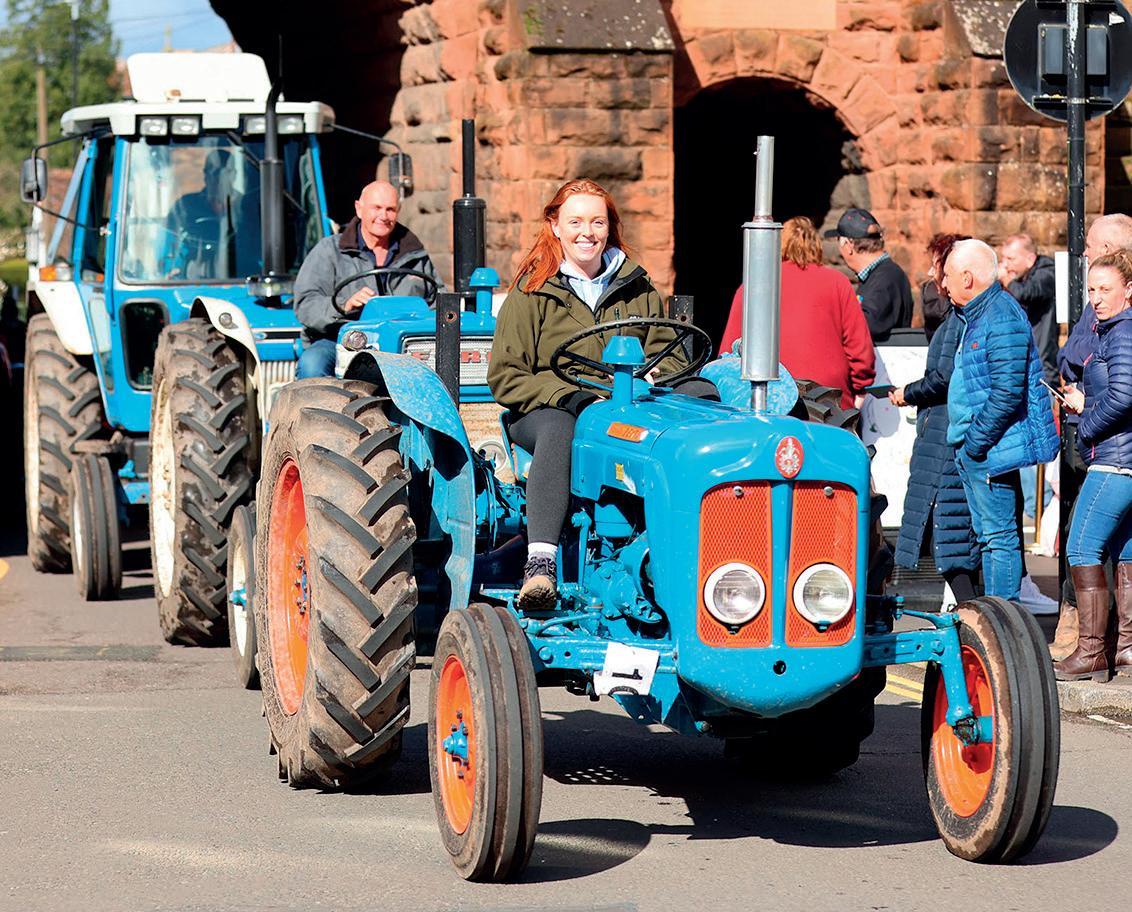
More than 120 tractors featured at the annual event.
THE much-anticipated review of farm to fork assurance schemes has been launched by the UK farming unions in partnership with levy board AHDB.
The independent appraisal has been jointly commissioned by the NFU and AHDB along with NFU Cymru, the Ulster Farmers Union and NFU Scotland, who will all form part of the Assurance Review steering group,
which has overall accountability for its delivery.
Four commissioners will be responsible for setting the terms of reference and a timeline to ensure the process provides clear outcomes.
Three have already been appointed –former vice-chancellor of Harper Adams University Dr David Llewellyn, who will act as lead commissioner; James Withers, former chief executive of Scotland Food and Drink; and Mark Suthern, chair of trustees of the Farming Community Network. A fourth will be confirmed in due course.
increase food self-sufficiency to 70 per cent.
More than 100 farmers and industry members attended the launch event of the APPG on fair value in the food supply chain last week, which has the backing of former Defra Secretary George Eustice, alongside a raft of rural MPs, and is chaired by Daniel Zeichner, Shadow Minister for Environment, Food and Rural Affairs.
The campaign has been devised by the Rural Policy Group (RPG), a think tank which provides a voice for the rural economy in the UK, enabling better communication between rural businesses, allied industries and Government.
Partner at MHA Baker Tilly, Mark Lumsdon-Taylor, who founded the RPG in 2019, said fewer farmers would result in reduced production and have
a knock-on effect on food security and ‘devastating consequences’ for climate recovery, UK tourism, access to green spaces, levelling up rural communities and even national security.
He said: “People refer to the value of agriculture in the UK as £11 billion, but the number we should be talking about is £127bn because that is the food chain, and without agriculture there is no food chain.”
Mr Zeichner said the APPG would deliver recommendations on improving the quality of negotiations between partners in the food value chain to ‘ensure a fair flow of margin from top to bottom’.
He added the status quo was failing the farmers unable to make a decent living from producing food.
The group’s briefing paper, which outlines its recommendations, will be published later this year.
The action follows the publication of the Campbell Tickell review into governance at Red Tractor, which was sparked by farmers’ response to its proposed Greener Farms Commitment module, which it said Red Tractor was imposing without proper member consultation.
Dr Llewellyn outlined that a wellstructured farm-level assurance system should be ‘efficient, effective and economically viable for farmers’ and the wider food production system, while also providing confidence to retailers and consumers.
He said: “The commission’s work will include an exploration of best practice, consideration of how methods of assurance can provide value to primary producers in a fastchanging environment and a review of the relationship between assurance and regulation.
“These are complex matters on which we will be seeking the views of the farming industry, and the wider supply chain, to inform our conclusions.”
Neil Shand, chair of the National Beef Association, said: “We need to get to the end game on this which would benefit everyone involved.
“It would be our request that this review is fully independent, fully transparent and conclusive.”
Following the announcement, the NFU unveiled a number of regional events to enable members to find out more about what the review will entail.
NFU deputy president David Exwood said: “As one of the NFU’s largest member engagement projects, we are looking forward to hearing from as many members as possible to help inform our response to the independent Farm Assurance review.”


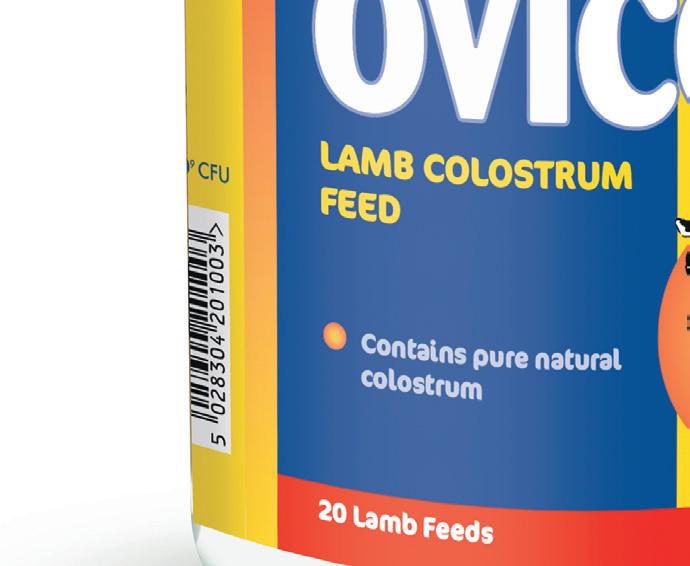



OVICOL®, Britain’s premium lamb colostrum, costs a little more than its competitors. Roughly 50p per lamb more.
But don’t think of it as a cost – more of a smart investment with a very healthy return. Here’s what sets OVICOL® apart from the competition...
For 30 years farmers have come to rely on OVICOL® for fast, easy, no hassle mixing. When you’re up against it you can always rely on OVICOL® to mix well and stay in suspension.
OVICOL® has an extremely high fat content, which mirrors that of the mothers’. This ensures all lambs get the energy necessary to get up and go!
OVICOL® contains 100% pure, natural colostrum with absolutely no manufactured by-products. This ensures a feed that’s as close as possible to mum’s own.

FARMERS and retailers will have to move past the ‘fat cat’ profit row if there is to be any progress on a fairer supply chain, an industry leader has urged.
Rod Addy, director general of the Provision Trade Association, which represents processing, manufacturing and trading companies, told members of the Environment, Food and Rural Affairs Committee which is looking into fairness in the supply chain, it was vital the industry moved away from the retailers versus supplier model if any solution was to be found.
“Retailers have to make a margin,” he said.
“If you look at the turnover they produce that margin seems like a lot, but you have to consider the fact they are extremely large businesses and they have to reinvest.
“But the question is, could some of the profit be redistributed across the supply chain? Potentially yes it could and that is something we could look at.
“But while we are bogged down in the ‘oh you are just fat cats making profit’ argument, we are never going to have a serious discussion.”
Mr Addy said what was required was a co-ordinated, UK-wide food policy covering the entire food supply chain. This would allow for
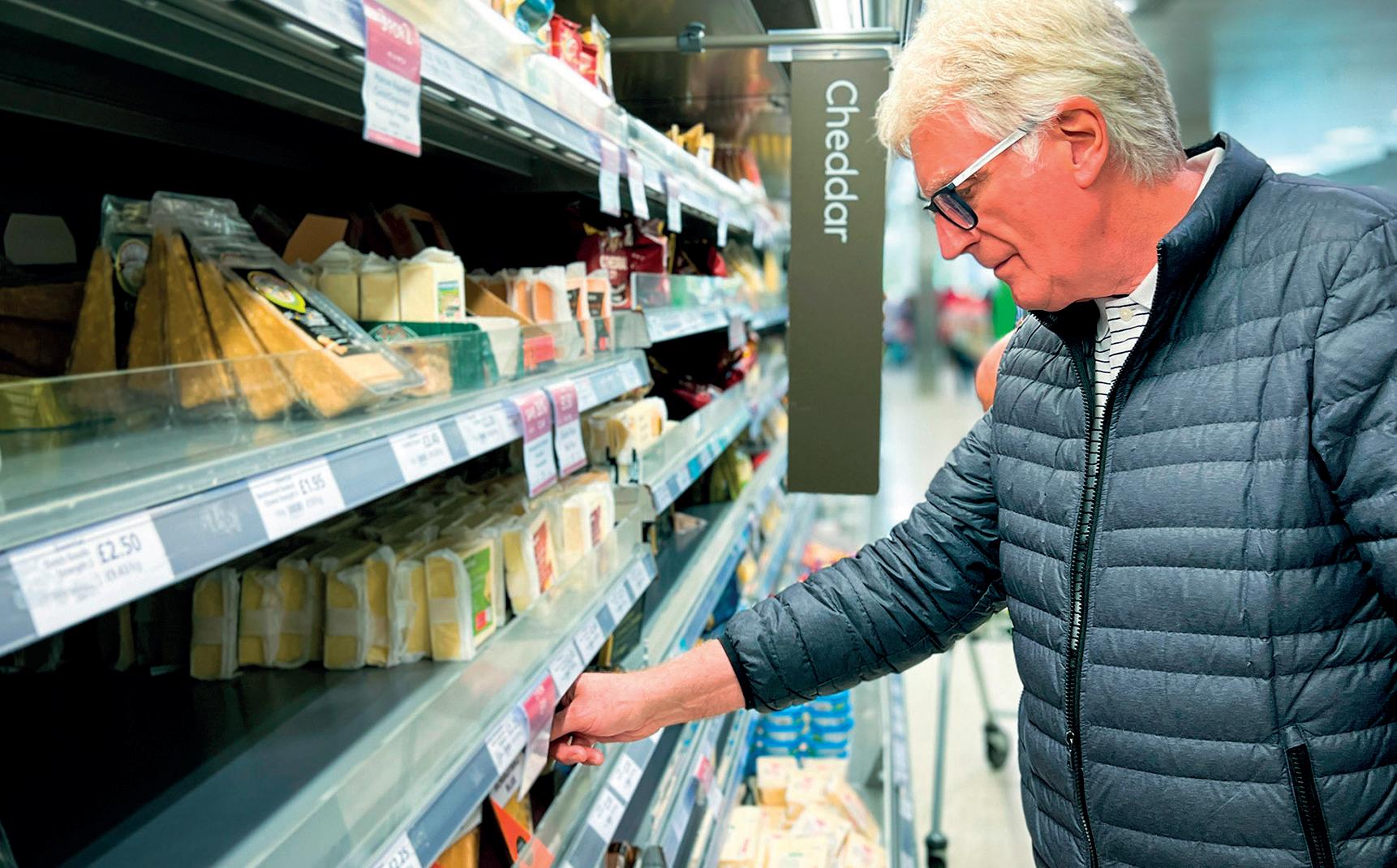
The question is, could some of the profit be redistributed across the supply chain?
ROD ADDY
longer, more flexible contracts which offered a greater amount of certainty for farmers.
The committee also questioned the panel, which included Peter Dawson, policy and sustainability director at Dairy UK, on whether the new dairy contract legislation would be significant for farmers.
Mr Dawson said the sector was acting as ‘the guinea pig’ and everyone was watching keenly as to how it would work.
While he welcomed the move, he revealed concerns around the role of the adjudicator and said it was essential the post was not allowed to be politicised nor become involved in price-setting.
He added the sector’s immediate ask of Defra was detail on how the regulations would be implemented
VAUGHAN Gething has been confirmed as the new First Minister of Wales, with farmers calling on him to focus on restoring their trust and prove he is willing to work with the agricultural industry, not against it.
On paper, with his father being a vet from the Vale of Glamorgan, south Wales, and his mother formerly a chicken farmer in Zambia, where he was born, Mr Gething already has greater farming credentials than his predecessor Mark Drakeford had.
In his overflowing in-tray, it will be
down to Mr Gething to determine the future direction of the Sustainable Farming Scheme (SFS).
Livestock farmer Geraint Davies, who farms in Fedw Arian Uchaf, near Bala, said Mr Gething has ‘a lot to do in the next few weeks’, adding that he needs to win over some of his fellow Labour AMs, the wider Senedd and ‘retrieve his reputation with the Welsh electorate’.
He said: “Going forward, we need the First Minister to work on making the SFS deliverable for farmers, get a
grip on bTB, the water regulations, as well as holding Westminster to account over the shortfall to funding coming to Wales.”
Rachel Evans, director for Wales’ Countryside Alliance, said the approach to rural issues in Wales in recent years had been ‘increasingly driven by ideological agendas’.
She added: “There has been a total disregard of existing rights, evidence and the harm that these policies cause to rural communities, wildlife and biodiversity.”
as it could potentially disrupt milk contracts going forward which could ‘plunge the supply chain into further uncertainty’ as contracts may no longer be legal under the new regulations.
From page 1
eco-system services to Scottish communities, including local food, climate mitigation and nature recovery,” he added.
He questioned whether there was evidence enhanced crosscompliance requirements would ensure payments delivered the desired results ‘when this system has failed to achieve this’.
Patricia Picken, of Balmangan Farm, a 133-hectare stock farm located in Borgue, said the Bill could do more to recognise the vital role farms play as agribusiness hubs.
She added this created employment, provided housing, mitigated migration away from rural areas and brought consumers and farmers closer together.
Rural Affairs Secretary Mairi Gougeon said the Bill would be adaptive to change to support farmers while stating her commitment to support farmers and food production.





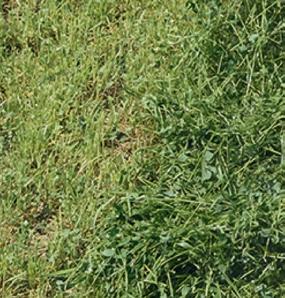



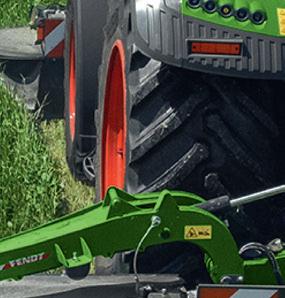


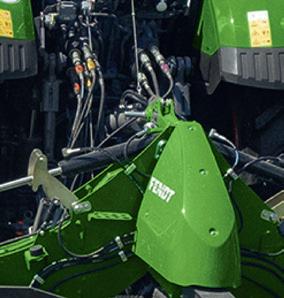

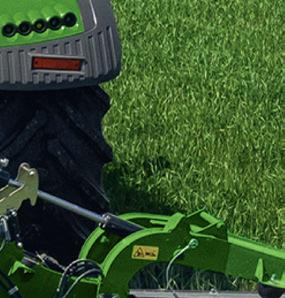

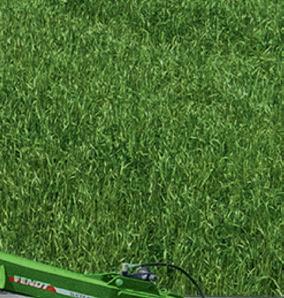
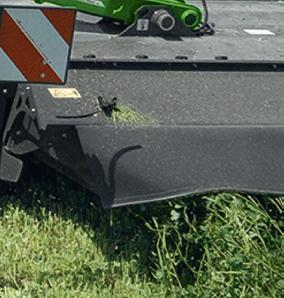


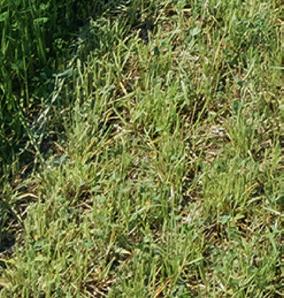


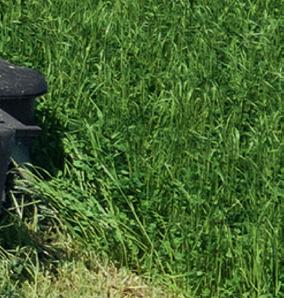




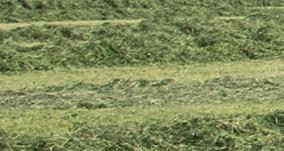


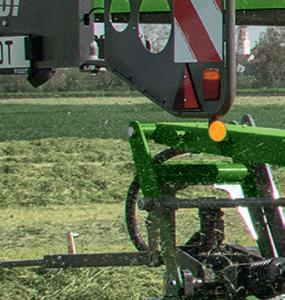










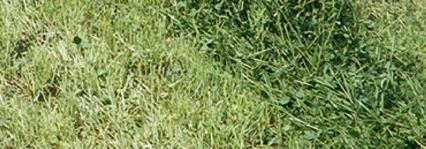



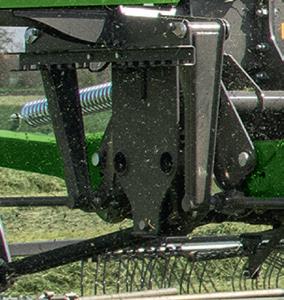



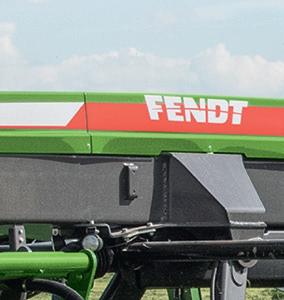



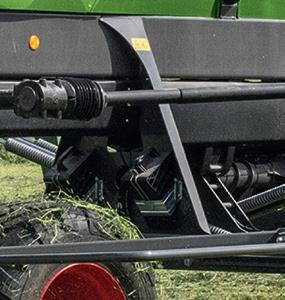

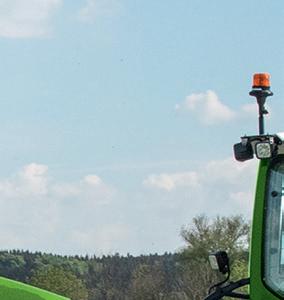



Do you want to invest in several machines at the same time and are waiting for the best time? Or have you already bought a Fendt machine and want to invest again? Then buy NOW and get more out of it! You can now benefit from our extensive 1+Deal. Find out more: fendt.com/1-plus-deal



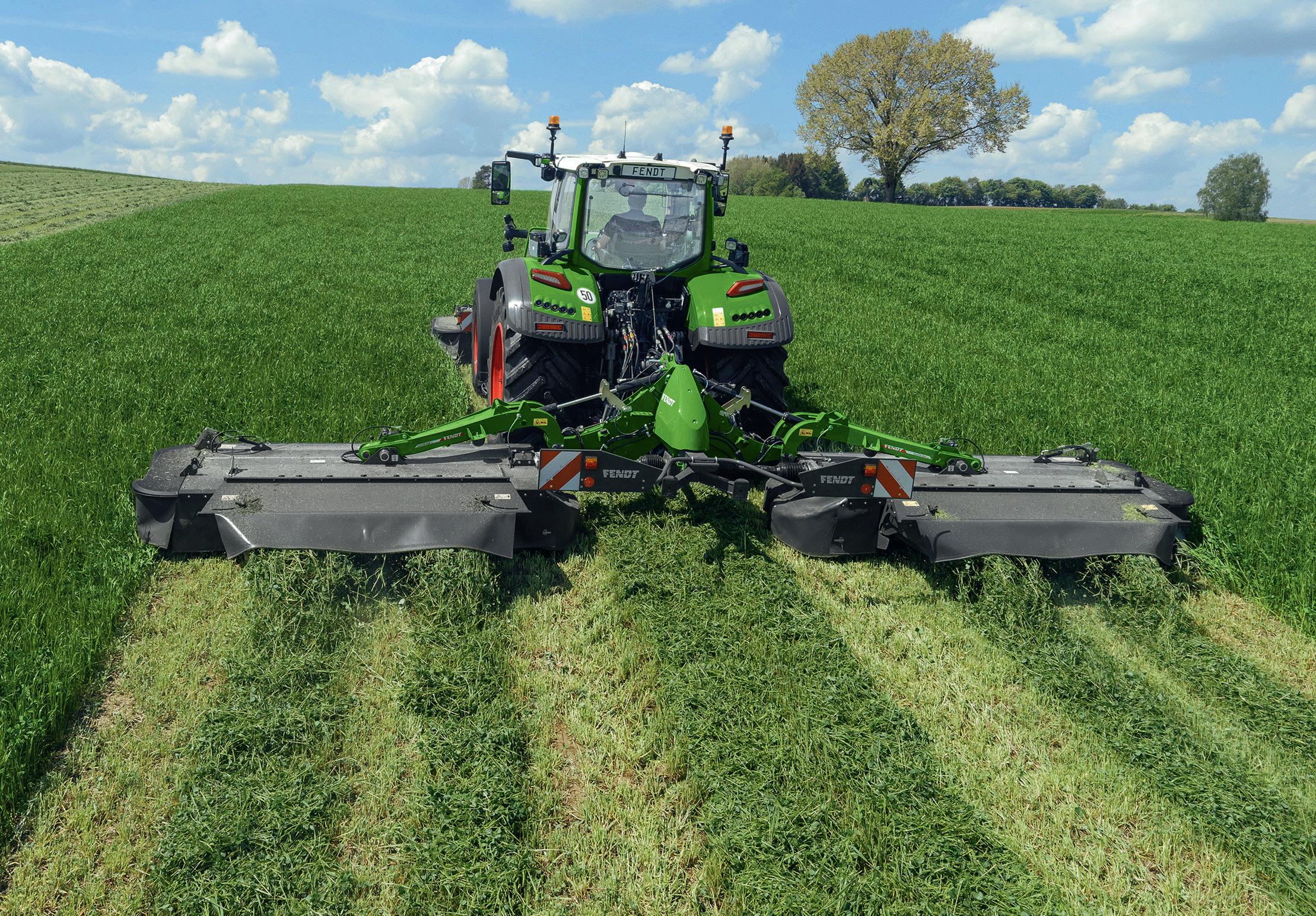
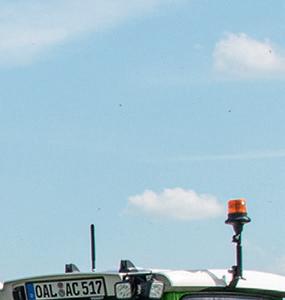
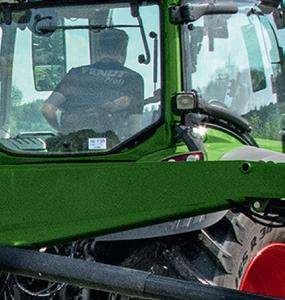

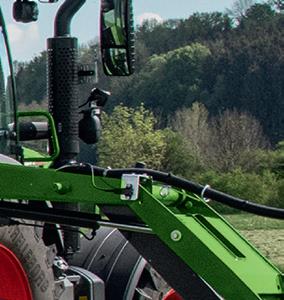


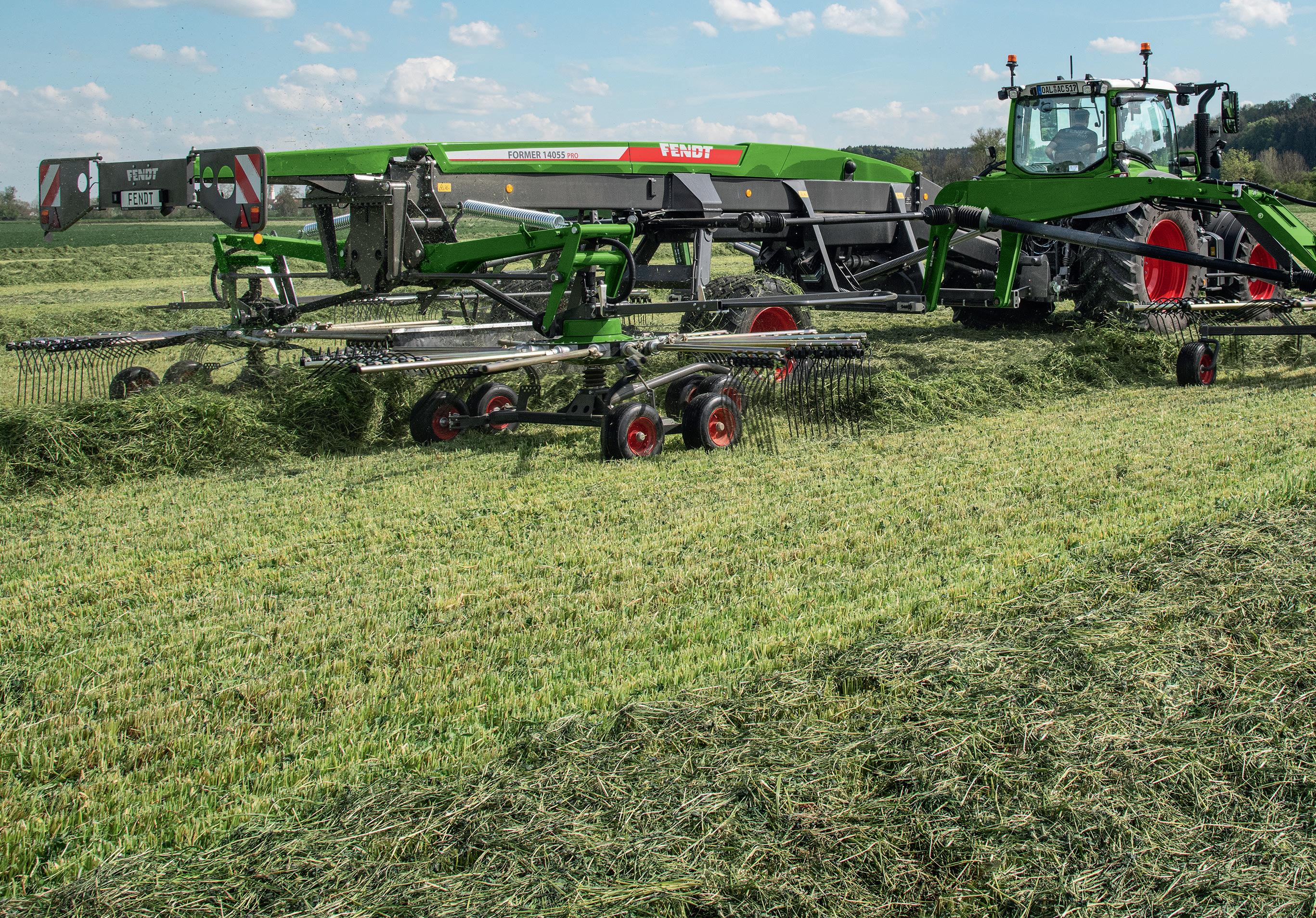
FORMER Prime Minister and Defra Secretary Liz Truss has taken concerns about the omission of original populations of native UK cattle from the Breed of Risk Register to the Farming Minister.
In a meeting on March 14, breeders said by leaving these off it compromised the ‘protection and preservation of important genetics’ represented by the original populations of many breeds.
Les Cook, chair of the Traditional Hereford Breeders’ Club, and Norfolk farmer Fabian Eagle, who has a herd of Herefords at Swaffham, argued that Traditional or original population Herefords can trace both parents directly back to the closing of the Hereford Cattle Society Herd Book in 1878.
Mr Cook said members wanted the ‘unique genetics’ in their herds recognised by Government when applied to decisions made during disease outbreaks and ‘for the purposes of recognition under farming support schemes’.
Mr Eagle added its absence put owners at a ‘financial disadvantage
THE number of Scottish estates bought by institutional investors, charities and corporate bodies dropped in 2023, according to the latest analysis from Strutt and Parker.
Strutt and Parker’s Scottish Estate Market Review shows demand remained strong, with 23 Scottish estates selling during the year – the same as in 2022 – achieving an average sale price of £7.5 million.
Although this was down from £8.2m in 2022, it was 17 per cent higher than the five-year average of £6.4m.
However, there was a significant shift in buyer types, with 70 per cent of buyers being individuals or families, while 30 per cent were funds, charities, or corporate bodies.
This was in contrast with 2022, where 39 per cent of sales were accounted for by individuals and families and 61 per cent by entities.
Three estates sold for more than £20m, and two for between £10m and £20m. But more than half of the estates sold for between £1m and £5m.

compared to other native breeds of similar status’.
But Christopher Price, chief executive of Rare Breeds Survival Trust, said while he was delighted Ms Truss had highlighted the importance of conserving livestock genetics, he was concerned by the proposed approach.
Mr Price added the industry should ‘not be seeking to identify separate populations within breeds based on largely subjective views of their genetic purity’.
He said: “Rather, the need is to adopt a comprehensive strategy to ensure that all important livestock
genetic resources are protected, wherever they are found, whether in mainstream breeds or in ‘Traditional’ populations within a breed.”
Mr Price added this should include both measures to protect against genetic resources being lost, and measures to encourage their conservation.
PROPOSED reforms to land management in Scotland have been described as a ‘destructive attack’ on land businesses.
Scotland’s new Land Reform Bill was introduced in Scottish Parliament on March 13, which aims to reform the law around large landholdings and certain types of leases of land, including agricultural holdings.
The Bill has proposed an introduction of a ‘test’ at the point of certain transfers of a large landholding, or a part of it which is itself more than 1,000 hectares, which could force an owner to transfer the land into smaller parts.
The Scottish Government said other proposals in the legislation include placing legal responsibilities on the owners of the very largest landholdings to show how they use their land, how they address climate
change and how they are contributing towards restoring nature.
There were also measures to reform tenant farming and small landholding legislation to provide more opportunities to improve land.
Sarah-Jane Laing, chief executive of Scottish Land and Estates, said Scottish Ministers had pushed a ‘destructive and disproportionate’ agenda against land-based businesses which could impact jobs, nature, the economy and people who live on land affected by the proposals.
Outdated
She added: “The Scottish Government is using outdated ideology to punish those rural businesses making a huge contribution to Scotland.
“The Government is taking an irrational approach to farms and estates over 1,000ha, which seems to be driven purely by a desire to break these up regardless of the outcome.
“The blizzard of regulations they are proposing around the transfer of landholdings will create conflict,
cause market uncertainty and deter much-needed investment.”
However, Rural Affairs and Islands Committee convener Finlay Carson said he believed the Bill could represent a successful approach to assuring Scotland’s future agricultural policy.
Michael Russell, chair of the Scottish Land Commission, welcomed the Bill as a meaningful and important step forward in addressing the ‘overconcentration of land ownership’.
Rachael Hamilton, Shadow Rural Affairs Secretary, said the Minister had ‘moved the goalposts’ for farmers and land estate managers and she was concerned that the ‘Green tail is wagging the SNP dog’ on an issue on Scotland’s ‘forgotten’ rural economy.
Rural Affairs Secretary Mairi Gougeon said the Bill would empower communities to own land, boost land management and sale transparency, increase tenant farmers’ opportunities to access funding and create a model land management tenancy system.


And finally...
We round up the latest news and events from around the countryside. See our celebrating rural communities pages in Backbone on p84-85.
WITH fields as sodden as they are, a column about water might not be high on your reading list, but ironically it is World Water Day (March 22), so bear with me.
On a day in which the United Nations encourages us all to think about water, farmers and growers are toiling with some of the worst conditions in generations.
Winter crops have been waterlogged, growers are struggling to get anywhere near spring fieldwork and livestock farmers are already seeing hay and straw prices climb as fields resemble mud baths, delaying turnout.
As the global temperature rises, the UN states ‘our world is in turbulent waters’, with the climate crisis accelerating at pace.
The extreme weather of the past few years is becoming more frequent, with farmers barely recovering from one climatic event before the next one strikes. And while swathes of Britain have remained under water for weeks, or in some cases


months, other countries are suffering with prolonged drought.
Water for peace is the theme of this year’s World Water Day. The notion being that water is so precious, when supplies dwindle it can increase competition and inflame tensions between people, communities and countries.
It also brings home the management of water, farming’s role in that critical infrastructure and the vital importance of getting it right.
For a maritime country, the UK has failed to develop a strategy which, at the very basic level, should store water in the winter months for use in summer.
One-in-six homes in the UK are now at risk of flooding and the cost of this most recent flooding event will cost farmers dear, while adding to concerns over food insecurity. If this is to be the new normal, then surely the only solution for the UK is to develop a cohesive water strategy that protects people, businesses and food.
Appreciate: Growinguponafarmhas mademeappreciatethebeautyand enjoymentfarmingcanbring.
Ihavealwaysenjoyedhelpingout onthefarm,whetheritbemilking, calvesortractorwork–Icanturn myhandtoanything.
OurfarmisbasednearLancaster andwearemilking350Holsteinsatthe moment.Iparticularlyenjoymilking.
Mydadandgrandadhavealways encouragedmetohelponthefarm alongsidemyfoursisters.
Education: Studyinghasalways beenoneofmymainprioritiesand Iamcurrentlyinmyfinalyearofan agriculturedegreeatHarperAdams University.
Itisagreatuniversity,withamixof practicalandacademiclectures.
Iplantocomebackaftersummer andcompleteafurtheryear specialisinginfarmanimalscience.
Irecentlycompletedaplacement yearataBBDairy,Cumbria,which wasbrilliant.
Doingthispushedmeoutofmy comfortzoneanditwasgreattosee otherfarmsystemsinaction.
Itwaswhileonmyplacementwhere Idiscoveredtheimportanceofcow signalsinrelationtooptimising productivityandherdperformance.
Cowsignalsarequantifiable measureswhichfocusonfeed,light, water,air,restandspaceinrelationto acow’senvironment.
Ihavedecidedtowriteaboutthis inmyfinalyeardissertation.
Investigation: Ihaveundertaken acowsignalsinvestigationonour farmathometolookathousing improvement–whichisespecially importantastheherdishousedallyear-round.
Itissurprisinghowsmallchanges,

suchasextrasilagepush-upsanda higherquantityofwatertroughs,can increasemilkyields.
Aftercompletingmydegree,Iwould liketospecialiseindairyhealthand nutrition,whilealsoworkingonthe farmathome.
Asfarmingissouncertain,Ithinkit isimportanttohaveamixofboth practicalandacademicknowledge.
Iwouldreallyencourageanyone consideringfurthereducationtogofor itasitopenssomanydoorsforthe
Caitlin Townley
Lancaster, Lancashire
Caitlin Townley, 20, is an agricultural student at Harper Adams University. She is from Lancashire.
futurewhichyoumayhavenever consideredbefore.
Challenges: Ithinkoneofthemain issuesfacingfarmersatthemomentis staffing.Thereisalackofyoungpeople willingtogetstuckin.
Farmingistoughandpeoplecanget paidthesamestackingshelvesthan workinglonghoursinallweather.
Itwouldbeagoodideafor agriculturetobeacoresubjectin secondaryschoolssoyoungpeople havemoreawarenessoftheindustry andconsideritasafuturecareer.
Mostimportantly,afarmerisneeded threetimesaday.Ithinksomeofthe generalpublicforgetthatsometimes.
MORE INFORMATION
If you would like to be featured, email chris.brayford@agriconnect.com
WHILE I recognise it was right that Farmers Guardian should afford National Parks the right of reply to John Thorley’s Farming Matters piece, it was a pity that Neil Heseltine (FG letters, March 15) should use this opportunity to peddle propaganda that belies the truth of the situation.
Whereas I cannot deny that tourists may contribute to a local tourist industry, he fails to acknowledge the undeniable negative impact on the GDP of local primary food production where National Parks exist.
The tourist industry and ‘diverse and thriving rural communities’ Mr Heseltine speaks of, again belies the truth and ignores what is and has happened over the years.
Local housing has become unaffordable to a lot of local families and they have been forced to move to other areas, allowing those from the cities with much higher incomes to move in to the countryside, thus changing the ways of those communities and imposing an urban style way of life that destroys the age old help your neighbour ethos synonymous with the world I grew up in many years ago.
Having perused the annual reports of several of our National Parks, as far as I am able to ascertain none of the UK’s 15 National Parks financially contribute to the farming economy themselves. Their multi-million pound budgets are largely spent on assisting urbanites to enjoy our rural habitats.
The financial support Mr Heseltine speaks of comes from Defra, grants which are available to farmers both within and out with National Parks. This is hardly a benefit supplied by the UK’s National Parks Authorities.
What Mr Heseltine fails to recog-
Contact us
■ IF you would like to send us a letter for consideration, please note that our email address has now changed to fgeditorial@agriconnect.com




If you have a classic picture you would like to share, please email it to marcello.garbagnoli@agriconnect.com
nise in the propaganda he spews forth, is that in all 15 National Parks, sections of the communities born and raised within those areas have been negatively impacted financially and others have been displaced because they can no longer afford to live in the areas they grew up in and once called home.
They have become refugees in a modern-day society where no perceivable war exists. Surely this is a wrong that he cannot defend.
If National Parks were such a good idea, then why were farmers within Cairngorms National Park led to protests that made headline news back in January of this year?
As John Thorley quite rightly says: ‘National Parks bring no benefits’.
Hamish Waugh, Longholm, Dumfriesshire.
I RECENTLY met Welsh farmers outside the Senedd, the home of Welsh Government.
They placed 5,500 used Wellington boots outside on the steps of the
building which was both impressive and emotive.
I spoke to Abi Reader, NFU Cymru deputy president, who said the boots had been collected from every corner of Wales before getting to Cardiff.
Members of the Welsh Senedd came out to meet the farmers and talk, but precious few from the governing Labour Party.
Farmers across Wales are worried at the blanket proposal from the Welsh Government to have 10 per cent tree cover on top of the many hedgerows across Wales before any payments can be received. No flexibility, no thought to enhanced hedgerows and tree planting in the hedges which is already being undertaken.
The 5,500 boots represent the loss of farming families’ livelihoods across Wales. Ironically those figures are contained in the Welsh Government’s own impact assessment.
Many farms in Wales are small and medium-sized and those farming the land need to make every acre count.
Much of Wales is farmed with permanent pasture, holding much carbon in the soil. In fact, only after 20 years of good tree growth do trees hold more carbon.
Farmers are also worried about having their land planted to trees and relying entirely on subsidies to keep it viable. This one-size-fits-all does not work and the Welsh Government must think again on this draconian policy.
Grass-fed lamb, cattle and milk from Wales not only produces great food, famous across the world, but produces the wonderful landscapes that makes Wales so beautiful.
I ask the Welsh Government to listen to farmers and show some pragmatism in its new agricultural policy, because it can achieve the goals of greater tree cover without destroying farmers’ livelihoods and reducing food production across Wales.
When we have conflict in the Ukraine and Middle East and a growing world population to feed, surely we should be supporting our own, especially as we have a temperate climate in Wales.
We must balance food production with climate mitigation.
Neil Parish, Former politician, farmer and creator of podcast ‘We Can Do Both’.
administer the Competitions, on the basis that the use of your personal data for this purpose will be necessary to enter you into the competitions and, if you are successful, contact you to notify you of your prize; and, • if you are new to Farmers Guardian and where you have agreed to this, to provide you with news and updates from time to time about our services; and, if at any point in the future you do not wish to receive any news and updates from us or from, you can unsubscribe from our marketing list at any time by following the steps below. To unsubscribe from any communications using the link on the email we send you or by emailing us at dataprotection@farmersguardian.com. We will not use your information for any purposes except those listed in this policy without letting you know and getting your permission, if necessary, first. Who do we share your information with? We will not disclose your information to any third parties without your consent, except where: • it is necessary to enable any of our staff, employees, agents, contractors, suppliers or commercial partners to provide a service to us or to perform a function on our behalf; • we have a legal obligation to disclose your information (for example, if a court orders us to); or • there is a sale or purchase of any business assets, or where Farmers Guardian or any of its group companies are being acquired by a third party. Where we use third parties as described above to process your personal information, we will ensure that they have adequate security measures in place to safeguard your personal information. For how long do we keep your personal information? We keep your personal information for 36 months for the purposes for which it was collected or for any period for which we are required to keep personal information to comply with our legal and regulatory requirements, or until you ask us to delete your personal information. Your rights: You have a number of rights in relation to your personal information. These include the right to: • find out how we process your personal information; • request that your personal information is corrected if you believe it is incorrect or inaccurate; • obtain restriction on our, or object to, processing of your personal information; • ask us not to process your personal information for our own marketing purposes; and • obtain a copy of your personal information which we hold about you. We will take steps to verify your identity before responding to your request and will respond as soon as possible and in any event within a month. If you would like to exercise any of your rights or find out more, please email us at dataprotection@farmersguardian. com. Complaints: If you have any complaints about the way we use your personal information please contact us at dataprotection@farmersguardian.com and we will try to resolve the issue. If we cannot resolve any issue, you have the right to complain to the data protection authority in your country (the Information Commissioner in the UK). If you need more information about how to contact your local data protection authority please let us know. Contact us: Please read this policy carefully and if you have any questions, concerns or comments about this policy or, specifically, how we might use your personal information, please contact us by email at dataprotection@farmersguardian.com.

As an upland tenant farmer the NFU’s new vice-president Rachel Hallos will be a powerful voice as the union navigates unprecedented change. Rachael Brown reports.
he may be new to the role, but NFU vicepresident Rachel Hallos was keen to let members know she was not afraid to ‘speak openly’, promising to bring some ‘straight-talking northern charm’ to the leadership team.
Ms Hallos runs an upland beef and sheep farm in Ripponden, West Yorkshire, working in partnership with her husband, Stephen, as well as her son, Sam, and daughter, Anna, on a Yorkshire Water tenanted farm.


Speaking to Farmers Guardian, Ms Hallos said: “I have always been brought up on the hills, the moors are my home.”
Over the last 20 years the family farm has evolved from a dairy unit, to now a beef herd and hill flock with a focus on environmental outcomes.
Ms Hallos said there had been many ‘tough times’ along the way, but she was keen to draw upon the journey as part of her new role.
“There is a lot going on in our industry right now,” she said.
“I know that because of what we are feeling around our own kitchen table. If I can help people find their path through whatever they are going through, then I want to do that. I have been through it, experienced hard times and right now it is not easy.”
As the only female in the leadership team, Ms Hallos made it clear she did not want being a woman to define her. But she believed having a woman
in the room was a chance to ‘bring different viewpoints’ to discussions.
She stressed she wanted to ‘normalise’ women in agriculture, adding ‘we have always been here’, making reference to ‘strong-willed’ female farming figures in her own life, including her grandma and daughter.
As a tenant farmer, Ms Hallos said her own successful landlord relationship was something built over time.
“It did not happen overnight. It has been a 20-year relationship,” and added the relationship has developed alongside trust ‘slowly but surely’.
“Any bad practice that is going on in the tenanted sector, deserves to be called out,” she said, urging those with concerns to reach out.
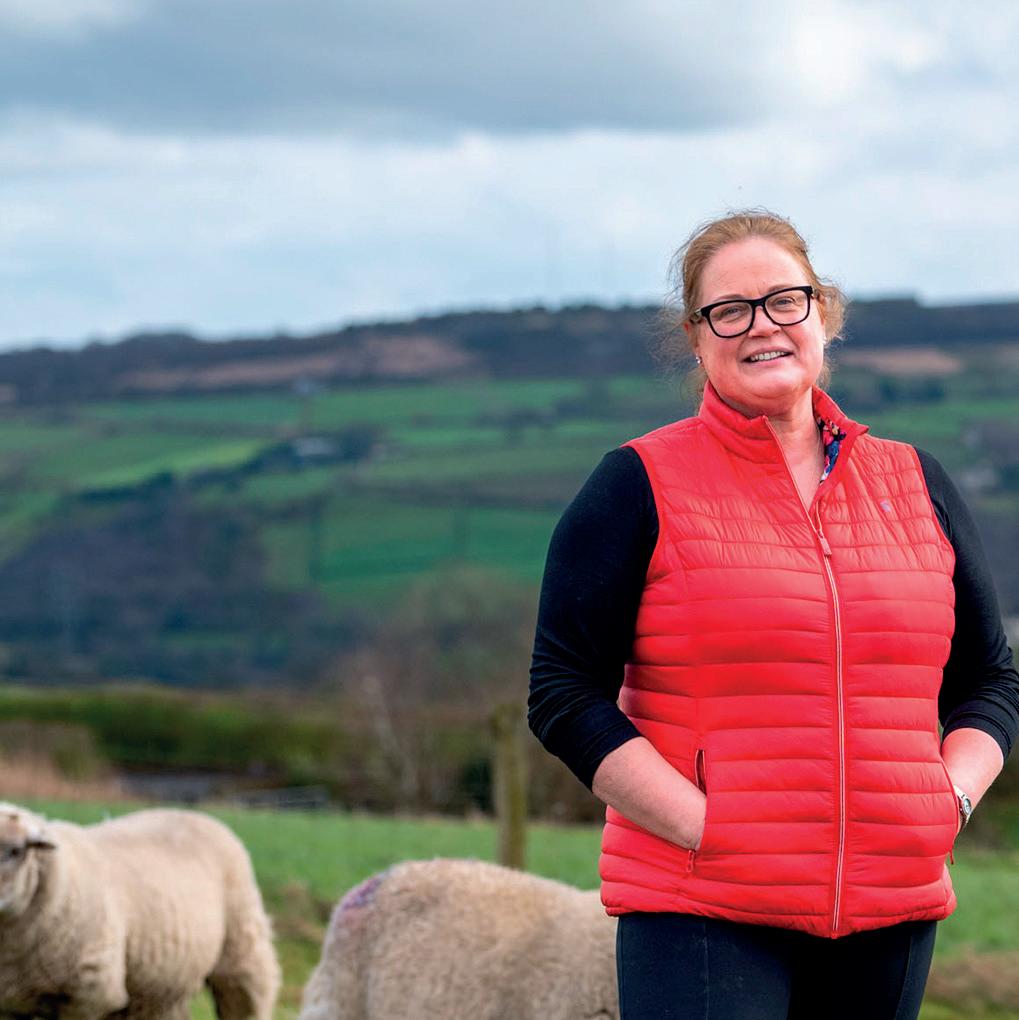

“If we can articulate what is happening on farms right now, that will get our message across faster, and hopefully we will meet better results.”
Ms Hallos also brings her knowledge as an upland farmer to the role, saying too often the heritage which sits behind uplands was ‘forgotten’.
She added protection of the heritage of uplands should be separate from the agricultural budget.
Stewardship
The Hallos family have decided not to go into a new stewardship agreement for the upland farm and have not applied for the Sustainable Farming Incentive, as what could be drawn down on the farm was ‘very minimal’.
“We have a done a really good job environmentally for the last 20 years, and now feel we are being penalised for the good work,” she added.
Instead Ms Hallos has decided to roll over their Higher-Level Countryside Stewardship agreement, to protect cashflow, with many other
upland farms finding themselves in similar situations.
Ms Hallos said the current offering for upland areas needed to be looked at, but felt hopeful about the opportunities Countryside Stewardship could offer. However, she was disappointed it had taken so long.
When asked what she wanted to be known for by members, Ms Hallos said she wanted to be viewed as an ‘approachable person, someone they can trust and someone that tries their damnedest for them’.
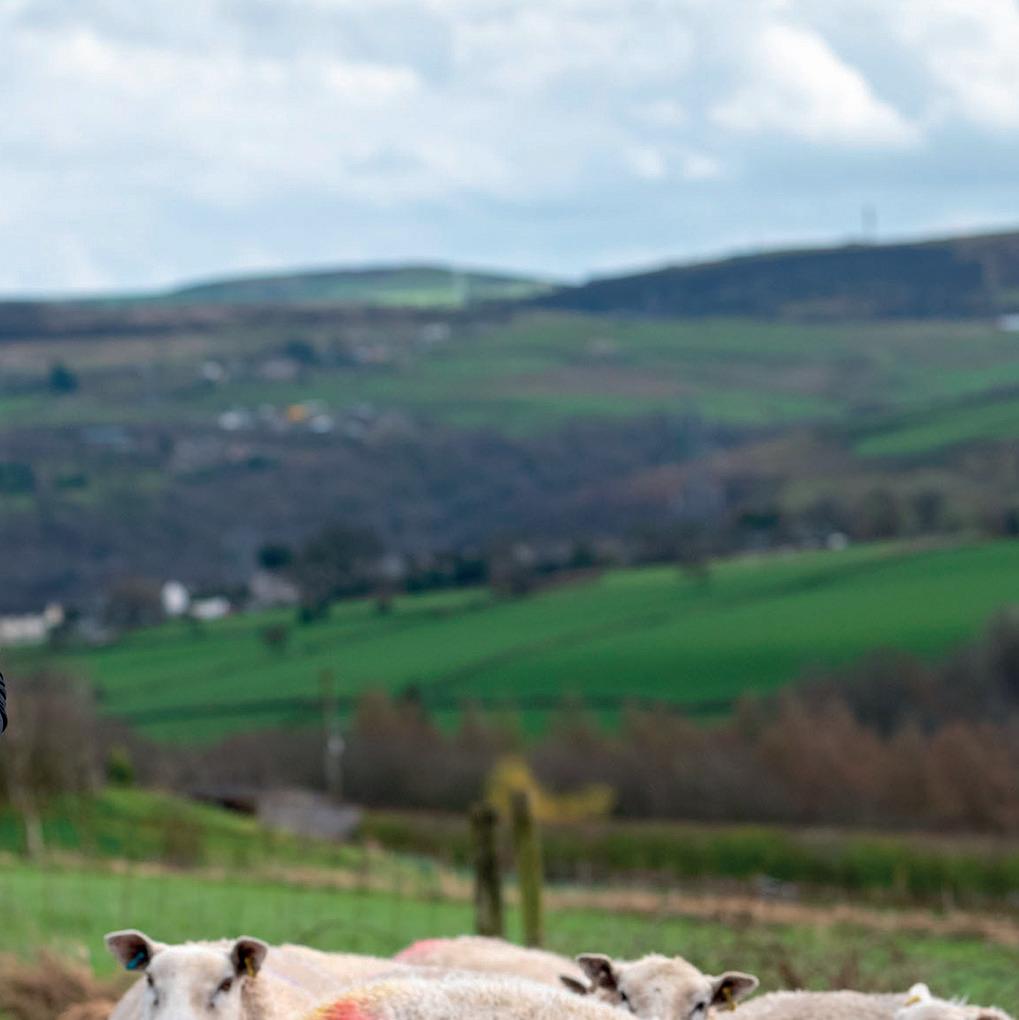
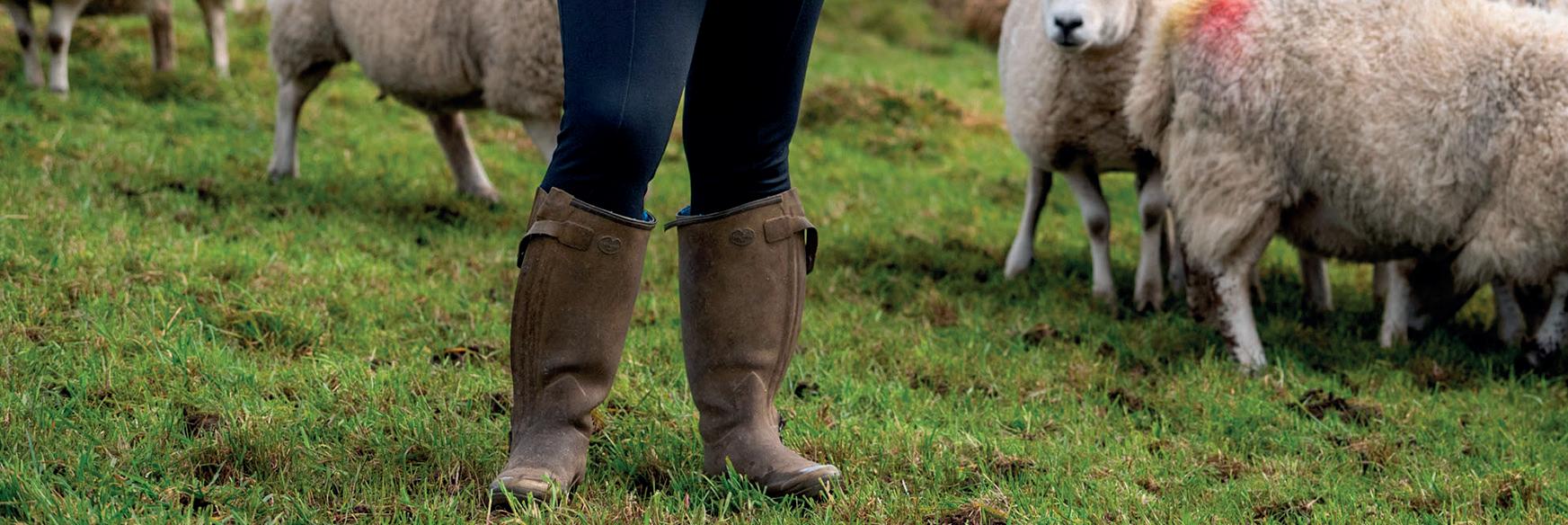

Ms Hallos said she was excited about the future of British agriculture, but added: “Let’s not kid anybody, it is going to be a rough road, and there is going to be winners and losers like there is in everything in life.
“It is about allowing everybody the opportunity to do whatever they think is right with dignity.”
Farm facts
■ 90 breeding Salers plus youngstock
■ 420 breeding sheep
■ Contracting business
■ Holiday let

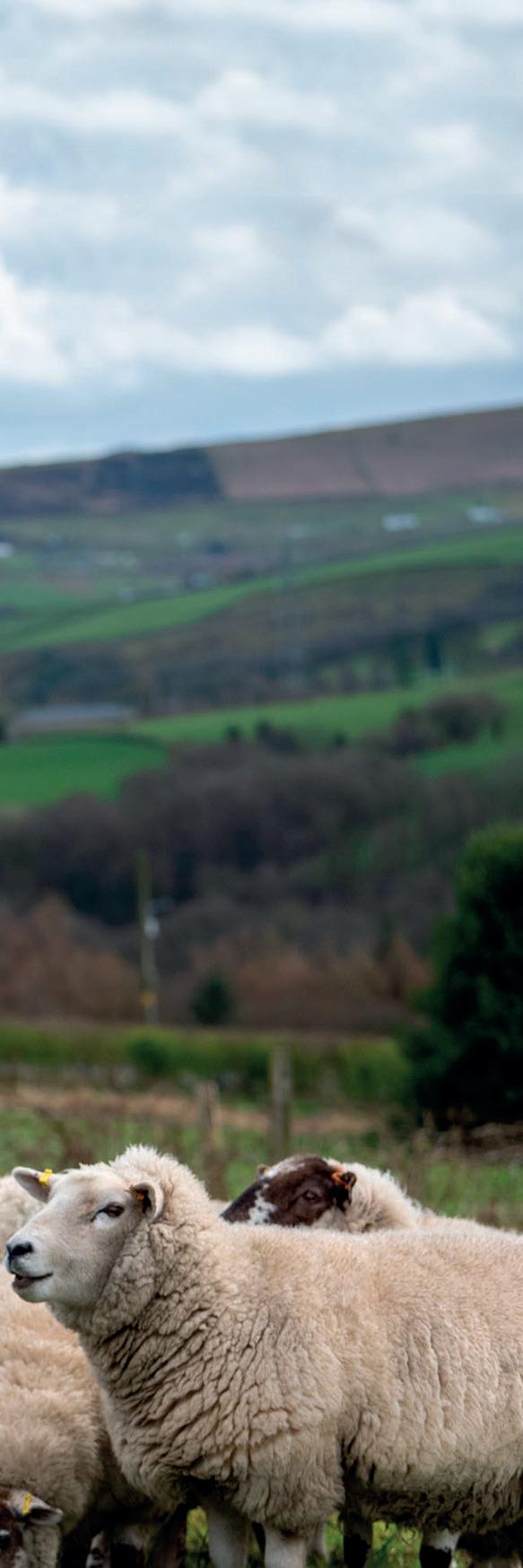


In my role at BASC, I make the needs of individual members my priority and, while focusing on the various threats and challenges that sustainable shooting faces. Although we all hope that insurance is something we never need call on, BASC’s insurance is a key part of our offering to members.
The majority of BASC members join for the insurance cover and then stay due to a broader recognition of the work we do. The insurance package could be seen as the bread and butter of a very packed sandwich.
When the pheasant hits the window
The BASC members’ insurance policy is a policy of ‘first resort’ which means in the event of a claim, the expert claims team will take control and deal with it, regard-
Gareth Dockerty explains why BASC’s insurance is a market leader, and what that means for you as a result.
less of what other policies you may have in place.
However, many of the cheaper membership insurance products out there are policies of ‘last resort’, which means if you make a claim on one of them, the policy will not respond until you can prove you have no other insurance in place which could cover the claim.
If you hold household contents insurance, for example, this will almost certainly cover your personal liabilities and would be forced to respond to the claim before your membership cover.
Picture the scene… you have just shot a pheasant, the Gun next to you shouts “good shot” but while you are mentally rehearsing your lengthy anecdote on the situation, the bird drifts on a
gust of wind and smashes through the window of a Grade II Listed conservatory.
The cost of repairs will be substantial, and the homeowner is understandably angry… but you are a BASC member and know your insurance provider will now begin working on your behalf. In the real-life version of this story, the insurance covered thousands of pounds of damage and the expert skills needed to repair the property.
Imagine the alternative scenario, where you had opted for a cheaper insurance product. You would have spent the first hours and days of this delicate situation trying to prove to your insurance provider that your household contents insurance did not some-
how cover this accident.
Consider having to explain the format of a game shoot to a company you chose due to its policy and expertise on domestic flood damage. And don’t forget the increasingly irate conservatory owner who will justifiably be getting more and more frustrated nobody is taking any action.
I personally would find considerable comfort in knowing my insurance provider was not going to spend time looking for other insurance to cover a claim of accidental damage I caused to someone else’s property through my legal shooting activities.
Not a yet a member of BASC? Join us today. https://basc.org.uk/join

River Wye catchment area has caused major degradation to the river and surrounding land.
The action has been launched by law firm Leigh Day in a bid to compensate thousands of residents living in the Wye catchment, who lawyers have
said are likely to have been affected by a ‘major’ pollution over several years.
Poultry processor Avara Foods, a supplier to several supermarkets including Tesco, has already committed to curbing future pollution.
But Leigh Day will argue the firm is responsible for the damage which has been caused and should clean up the River Wye and the surrounding land, as well as pay hundreds of millions of pounds to people and businesses whose lives, livelihoods and enjoyment of the area has been impacted.
The legal claim will also look to prevent Avara Foods from polluting the
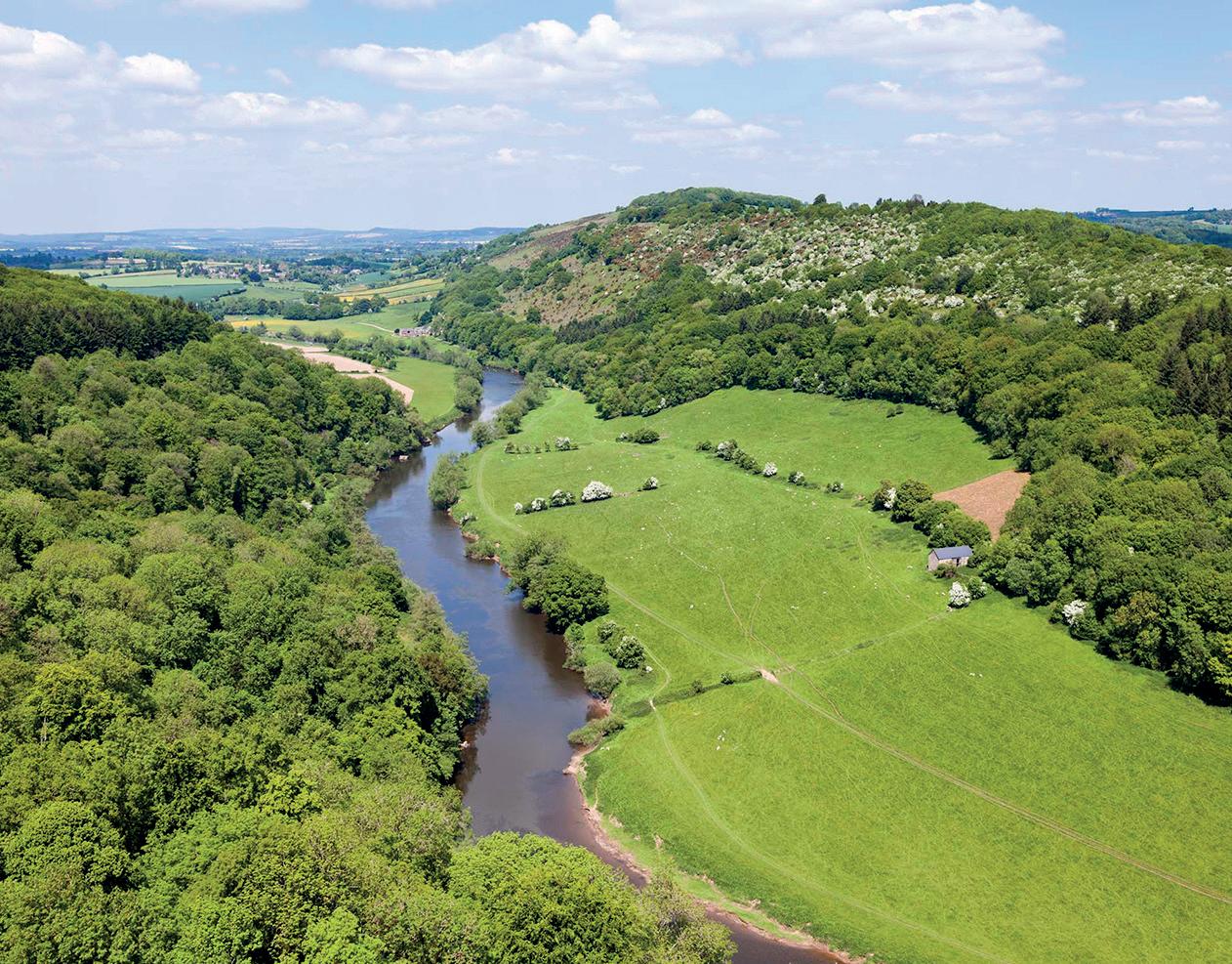
Action has been launched in a bid to compensate thousands of residents living in the Wye catchment.
river further if the company does not carry out its pledge.
Leigh Day partner Oliver Holland said the ‘significant decline’ in the health of the River Wye was clearly linked to the significant increase in intensive poultry farming in the main brought about by Avara Foods.
He said: “The lives and livelihoods of those living in the River Wye area are being significantly impacted only to the benefit of Avara Foods.
“This destruction of one the UK’s most beautiful natural areas cannot continue.”
A statement by Avara Foods said
the company is committed to playing its part in the restoration of the River Wye, ‘by taking accountability for the poultry manure that originates from it supply chain… but reversing the decline of the river is beyond the means of any single organisation’.
Leigh Day has also made a claim against the Environment Agency on behalf of campaign group River Action, which asserts the Government body has failed to enforce rules governing the spreading of organic manure and artificial fertiliser on agricultural land from which water runs off and leaches into the River Wye.

















SUBSTANTIAL drops to farm income in many sectors paint a ‘stark picture’ of the challenges facing many farmers.
That was the message from NFU president Tom Bradshaw as Defra released its estimated Farm Business Income (FBI) figures for 2023/24.
With the exception of grazing livestock and specialist pig farms, average FBI is forecast to fall in 2023/24, following what Defra described as ‘exceptional highs’ a year before.
Lower prices for wheat and milk were expected to be one of the main factors influencing incomes.
This was predicted to be compounded by continued increases to some input costs.
Income from agri-environment
OVERALL output was forecast to drop by 10 per cent, with a fall in crop output of 28 per cent the primary determining factor.
Output from livestock is expected to rise by 6 per cent. Input costs were forecast to fall.
activities was expected to increase, while Basic Payment Scheme payments drop.
Mr Bradshaw said the figures painted ‘a stark picture of the challenges facing many farmers’.
He added farmers needed to know Government was creating policies which support them to build financial resilience into their businesses.
He said Government needed to deliver on its promises and prioritise domestic food production.
He added: “Modelling from the Andersons Centre, commissioned by the NFU, suggests an annual budget of £4 billion is needed to effectively support the delivery of the Government’s own statutory environmental ambitions and a balanced agricultural policy.”
He said that under current support arrangements, the sector would receive £720 million of stability funding and maintaining this level of funding was ‘vital’.
WHEATpriceswereexpectedto returntolevelssimilarto2020/21, withlowerareaandyieldsexpected andwetconditionsmeaningadrawnoutharvest.Barleyandoilseedrape wereexpectedtoseeloweryields.
LOWERfarmgatepriceswereexpected todecreaselivestockoutput,with overallvolumeofmilkandnumberof animalsexpectedtobelittlechanged. Cropoutputwasexpectedtofall byjustunderone-third.
HIGHER prices for finished and store lambs to drive output, with cattle output forecast to change little year-on-year, but crop output down. Input costs were expected to be unchanged overall.
THEmaindriverwillbeincreased outputfromsheepenterprises. Outputfromcattleenterpriseswas expectedtofall.Cropoutputwasalso predictedtofallbyaboutone-fifth. £37,000
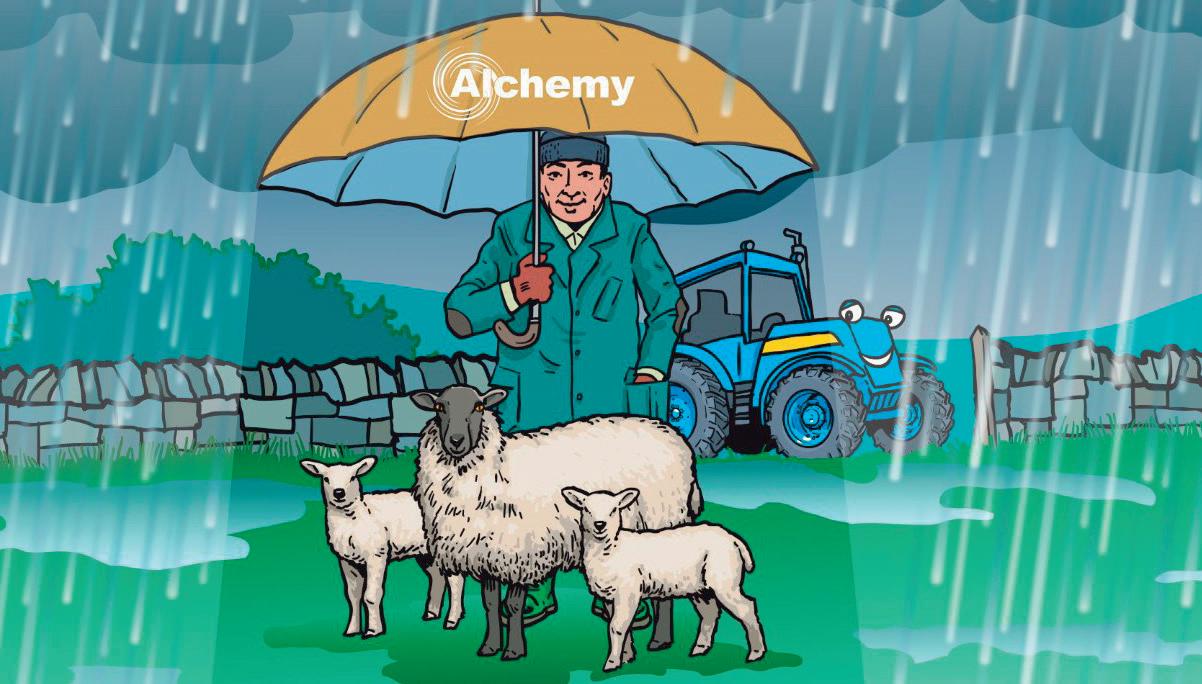


The UK grain harvest could be one of the smallest on record. Prices are currently governed by large global stocks, but could that change in the months ahead? Cedric Porter reports.
rFallow arable land at 11.6 per cent
PLANTINGS have been hit by extreme rainfall over the last six months, while some English growers switched to environmental options, meaning the UK grain harvest could be one of the smallest on record.
AHDB estimated the UK wheat area would be 1.463 million hectares –15 per cent less than in 2023, 19.3 per cent lower than 2022, but 76,000 tonnes more than the rain-impacted harvest of 2020. The area was 11.9 per cent less than AHDB’s November estimate.
In 2020, growers who struggled with winter crops turned to spring ones, including barley, planting the largest national area of the 21st century. This year, AHDB estimated a total barley area of 1.236ha; up 100,000ha on last year, but 151,000ha smaller than the 2020 area.
The UK oilseed rape area might be the smallest since the crop became established in the UK in the 1980s, at only 280,000ha; a drop of 28 per cent on the 2023 area. The oat area was
estimated to be 26 per cent up to 209,000ha, with pulses down 14 per cent to 236,000ha. There was a dramatic 79 per cent increase in arable fallow land to 558,000ha, as

growers gave up on planting because of the wet weather and the attractiveness of agri-environment schemes. The fallow area represented 11.6 per cent of UK arable land.
Using AHDB figures as a guide, if wheat achieved the Defra-calculated five-year average of 8.1t/ha, the national crop would be 11.850mt; 15.2 per cent lower than last year. However, a yield similar to the 7t/ha in 2020 was more likely, which would see a crop of only 10.052mt; the smallest since 2020 and the second smallest this century.
A barley crop of 7.787mt was in prospect if average five-year yields of 6.3t/ha were achieved, and a repeat of the 5.9t/ha yields in 2020 would mean a 7.292mt barley crop, which would be 4.7 per cent more than 2023.
The oilseed rape crop would be as small as 756,000t if there was a repeat of the 2020 yield of 2.7t/ha, leading to a reduction of 37.8 per cent. Even an average yield of 3.2t/ha would only deliver a 896,000t crop.
Anthony Speight, senior market analyst at AHDB, said: “Even if we just run these Early Bird Survey results against five-year average yields,
Yes
* ACCESS PROBLEMS
* EASEMENTS
* LAND REGISTRY
* PARTNERSHIP -
* DIVORCE &
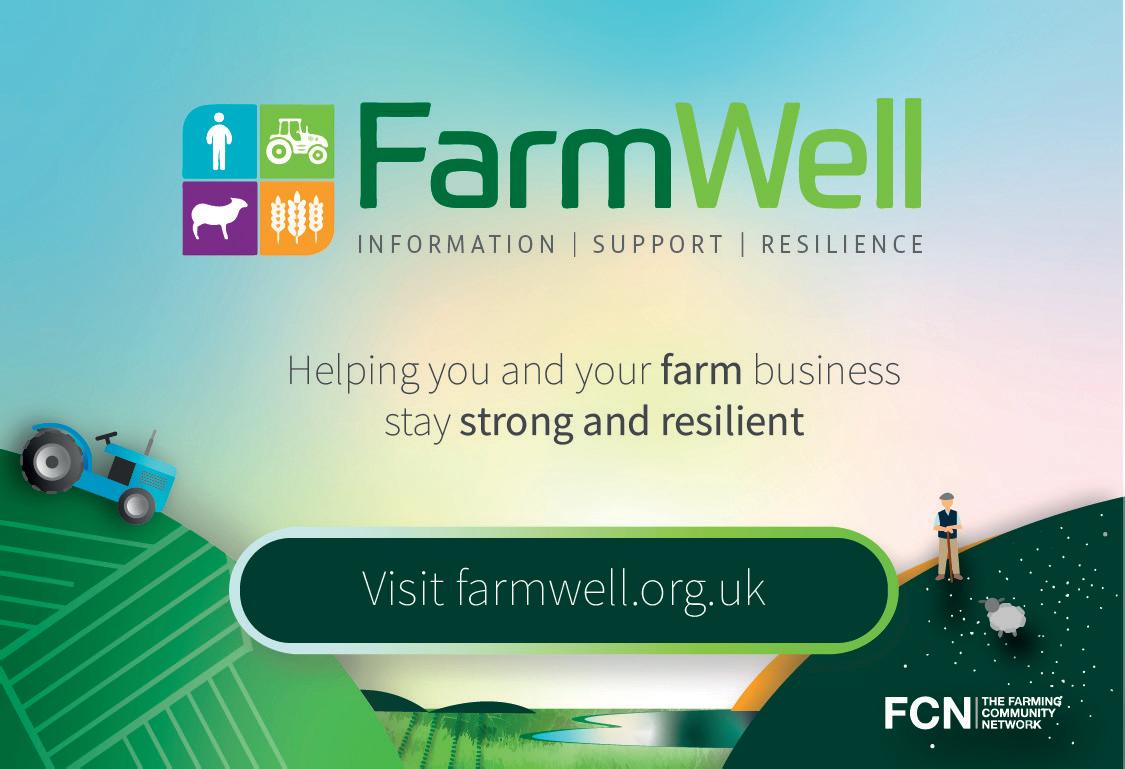
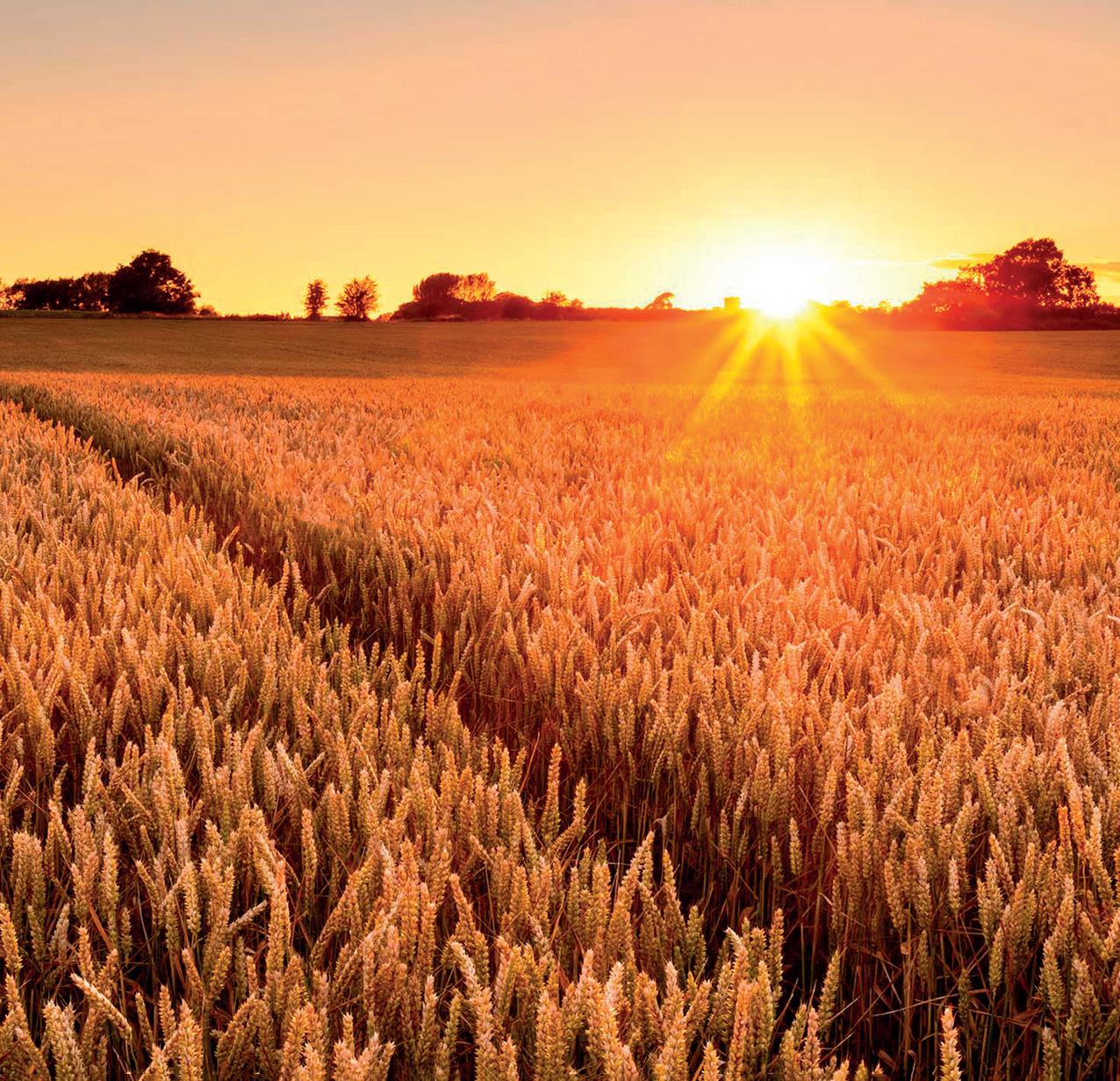
we are looking at a 11.5mt plus crop. However, against five-year lows, we are hovering around that 10mt mark.
“May will be the key month when yields are built, and there are already some really good-looking crops out there. Meanwhile, the larger barley crop means that it will probably see feed barley maintaining a sizeable discount to wheat during the 2024/25 season.
“The understandable move to more fallow land is the biggest difference to the wet autumn and winter in 2019/20.”
UK crop stocks were already tight because of a lacklustre 2023 crop.
Wheat exports in the July to January period were at only 165,711t, according to AHDB, which was only 22 per cent of the volumes shipped in the same period in 2022/23, and 10 per cent of volumes in 2021/22.
Wheat imports rose by 55 per cent to 1.250mt, and barley exports were 37.4 per cent lower at 494,650t, with imports more than double at nearly 100,000t. More than 0.5mt of OSR was also imported in the seven months, with exports at less than 20,000t.
There has been little grain price cheer for growers so far in 2024.

The May 2024 futures price on the London ICE market was at £166/t earlier this week. At its peak in October 2022, it was above £280/t. But there were some more bullish signs emerging: last week, the International Grains Council lowered its world grain stocks expectations to the lowest point for a decade.
Mike Verdin, senior market consultant at CRM AgriCommodities, said: “Large volumes of Russian wheat still hang over the market, with the country selling as much as it can.
“It is difficult to see how they are trading at much of a profit once all the logistics, growing costs and export taxes are taken into account.
“Elsewhere, the weather is the key factor, with European spring planting delayed, although not disastrously so.”
Mr Speight believed it would take a very significant weather event in a major growing region to lead to a strong bull market, and that prices might not move upwards in any meaningful way until going into 2025, if there were problems with southern hemisphere new crops.
The futures market was pricing in November 2024 feed wheat at £186/t, with a £2/t premium for November 2025.
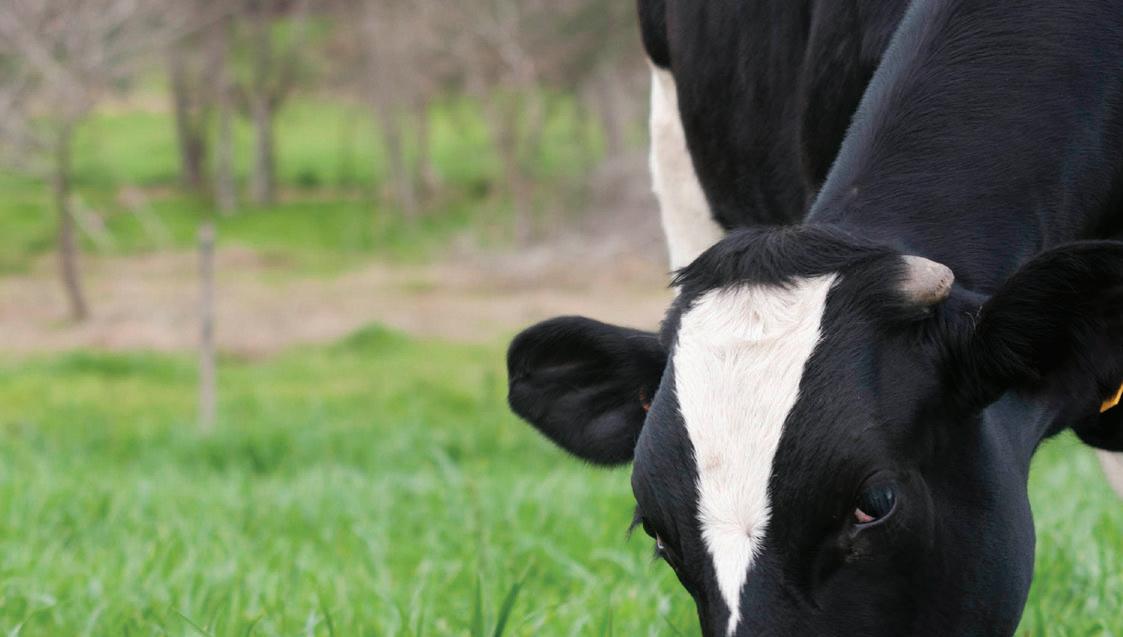

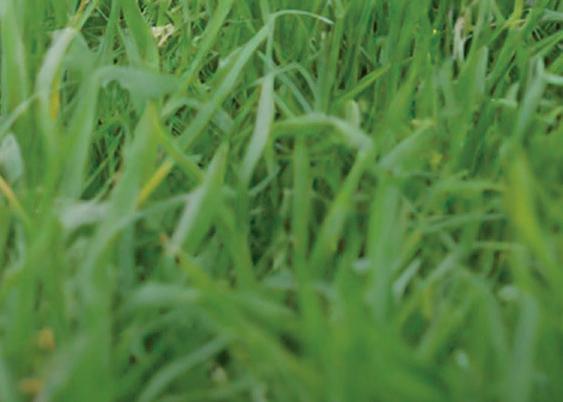
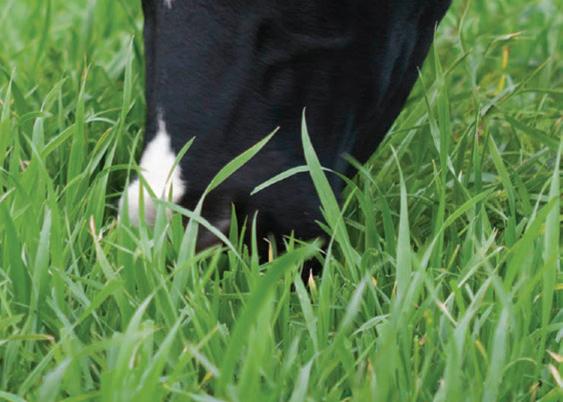

Feed your grass with Yara’s Booster range of fertilizers:
• Contains Selenium for healthier livestock
• Additional sulphur increases yield by 10-15% in first and second cut
• True uniform fertilizer – every granule contains every nutrient
• Apply NPKS by the end of March for best grazing results
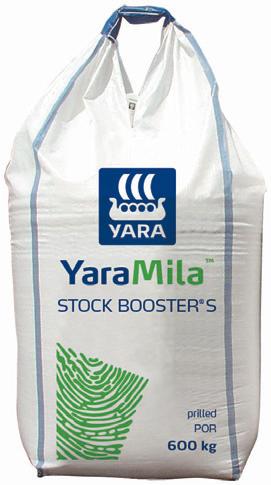



LAMB prices have continued their ascent with the GB deadweight SQQ reaching 743.7p/kg for the week ending March 9, according to AHDB. This was an increase of 22p/kg.
Estimated weekly throughputs were up 12 per cent week-on-week, but remained down 13 per cent compared to the same week last year.
Total sheep production in the UK was down 7 per cent in February month-on-month, but down 13 per cent on last year.
The price now sits 237p/kg higher than last year.
Robust
Isabelle Shohet, AHDB red meat analyst, said: “Anecdotal reports suggest demand through retail has remained robust with key religious festivals on the horizon, such as Easter and Eid, where large quantities of lamb are consumed.
“Market reports suggest there is still support for lamb in our export destinations, as prices have held firm at a higher level over the past week, through key European wholesale markets.”


ARLA has announced a £179 million investment in the UK as it looks to become a major player in the global mozzarella market by 2027.
It said the investment would support the British dairy industry by facilitating export, which it described as an inherent issue in the UK today.
Arla’s mozzarella business has seen double-digit growth over the




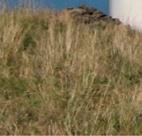
past five years and, through investment into new technology, the cooperative said it was looking to secure long-term competitiveness in the global market.
The plans to export mozzarella will start in 2027, but over the next two years, Arla will be making significant changes to its Taw Valley Creamery, to allow the cooperative to export.
Bas Padberg, managing director of Arla Foods UK, said: “Today is a momentous occasion for our UK business and we are proud to be announcing this major investment news.
“We want to become a major player within the global mozzarella market, but to do this we need to invest in state-of-the-art technology.
“This is why we will be making major upgrades and changes to Taw Valley Creamery in Devon,
which will allow us to sell our mozzarella globally.”
He added: “Exporting our product helps to increase the value of farmers’ milk, which will therefore benefit our farmer owners here in the UK.
“As one of the biggest food companies in the UK, it is only natural that we look for further opportunities to grow so we can continue to return a fair price back to our farmer owners.”
Arla Foods UK board director Arthur Fearnall said: “We are excited to see how the plans at Taw Valley Creamery progress over the coming years, as we continue to work together to ensure all Arla farmer owners receive the best price for their milk.”
Arla is aiming to export UK produced mozzarella.



















TRADE body Pulses UK has announced it has joined the Agricultural Industries Confederation (AIC), with members voting ‘overwhelmingly’ in favour of joining in early March.
Last week the AIC board ratified this decision, with work to integrate
Pulses UK with AIC expected to conclude in summer.
AIC chief executive Robert Sheasby welcomed the decision, highlighting the role pulses play in ‘helping realise the environmental ambitions of policymakers’ as well as being a ‘healthy, high-protein product’.
IRISH sheep farmers have been urged to ‘sell hard’ as demand for sheepmeat is ‘intensifying every week’ against a backdrop of tight supplies.
Easter and Ramadan were driving demand at Irish marts and factories, as in the UK.
Irish Farmers’ Association (IFA) sheep chair, Adrian Gallagher, urged sheep farmers to sell hard given the very strong and rising markets.
He said factories were struggling to match supplies with demand for the upcoming festivals, which were major annual events for sheepmeat demand. Both festivals falling in the month of March has intensified the pressure on factories to service key customers in the coming weeks.
Following a sale last week, a Kilkenny Mart spokesperson said: “For the first time I can remember, hoggets reached €230 [£196.57]. Farmers should realise these prices are unsustainable, but at the moment there are orders to fill, sheep are in short supply and Ramadan is taking place.”
Bord Bia said base quotes for hoggets last week from the major processors firmed to 780-800c/kg (666.84-683.94p/kg), with reports higher prices were available for larger in spec lots.
It said: “Tighter hogget supplies in mainland Europe and have contributed to this uplift in deadweight prices.
Shifts
“Demand for lamb on both the domestic and export markets has shown some signs of recovery as indicated by Kantar figures and Bord Bia’s own market insights.
However, as the highest priced protein, lamb continues to be the most exposed to shifts in consumer buying habits in response to high levels of inflation.”
The research also highlighted higher levels of EU sheepmeat im-


ports from the UK, Australia and New Zealand competing against Irish lamb in ‘key markets’.
GB deadweight sheep prices have








continued to move higher. In the week ending March 2, the overall OSL price averaged 743.70p/kg, up 237.3p/kg year-on-year.
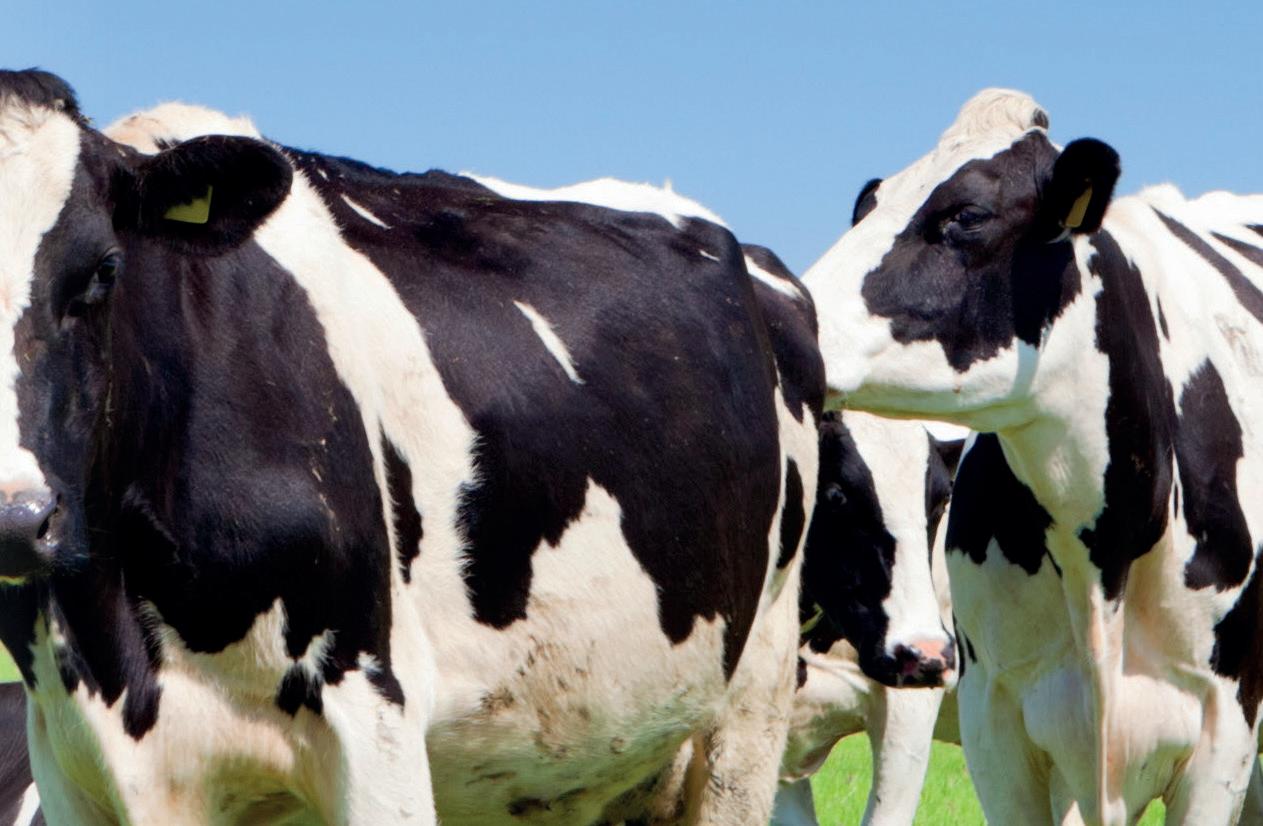





From spawning new ideas for a floristry business to establishing a valuable network of experiences and knowledge, a Denbighshire farmer has placed health awareness at the top of her agenda for diversification.
Ellen Firth, owner of Firth Flock Flower Farm in Ruthin, has embraced the opportunity to diversify her farm with a flower business with the support of the Welsh Government’s Big Ideas Wales programme, aimed at those between the age of five and 25 who want to develop a business idea.
She combines farming with growing flowers and creating floral designs for weddings, funerals, events, alongside gift bouquets and supplying bunches of flowers to farm shops and village retailers.
Not originally from a farming background, Ms Firth said her passion for agriculture developed after moving next to a dairy farm when she was seven years old.
In 2013, Ms Firth was diagnosed

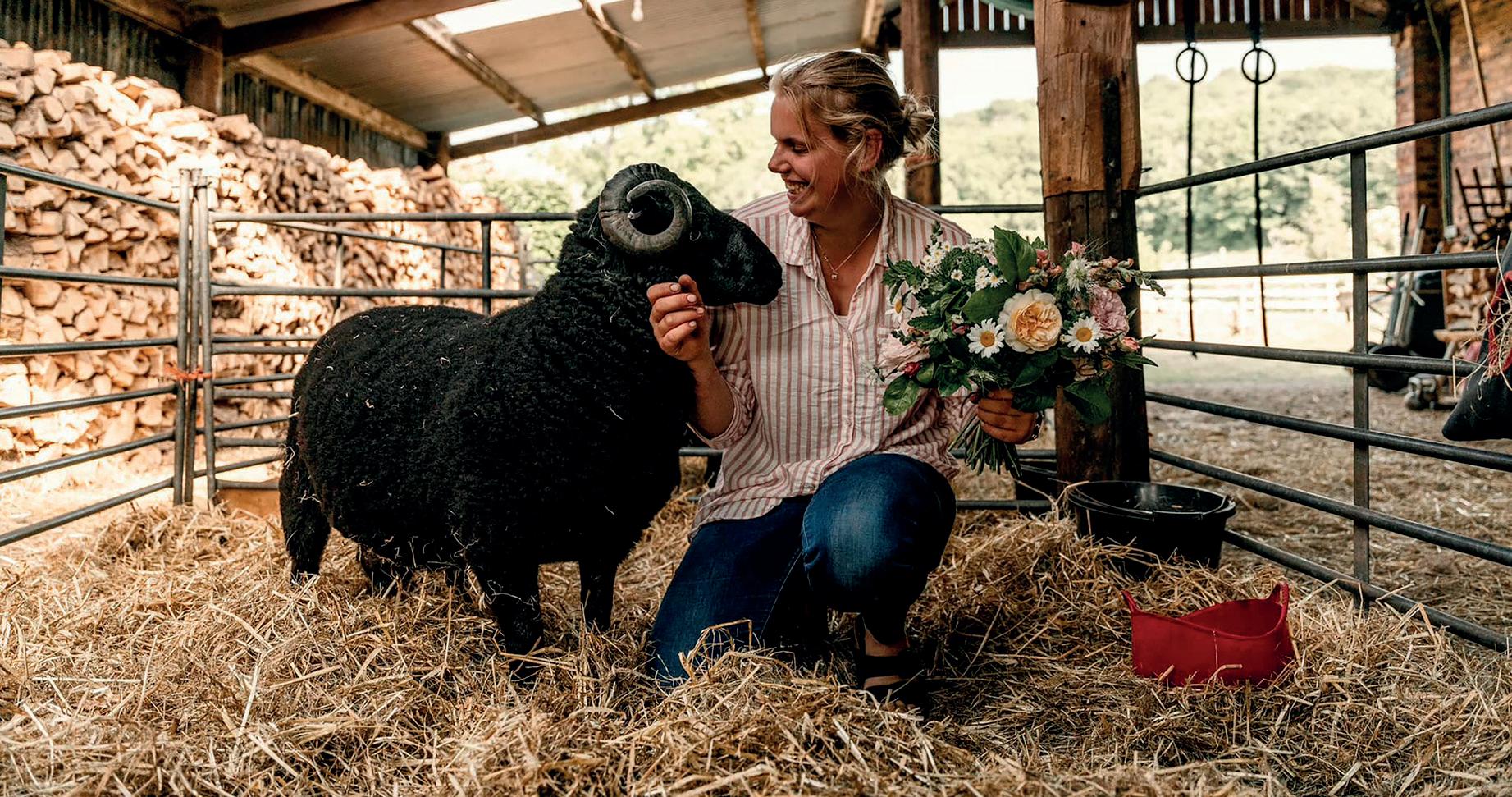
with autism and AHDB and was looking to support other young people by hosting immersive flower arranging and harvesting workshops, which

enabled them to experience the therapeutic benefits of flowers first-hand.
Ms Firth is passionate about providing top quality, locally-grown flowers for local people, while educating her community about the importance of supporting the Welsh horticultural industry.
At just 20, the Denbighshire farmer runs the floristry enterprise alongside managing a pedigree flock of 40 Black Welsh Mountain sheep, breeding rare breed Welsh Harlequin ducks, guineafowl and heritage breed chickens.
She supplies lamb to luxury restaurants, while exhibiting prime stock at agricultural shows.
Ms Firth said she had applied to be part of the Big Ideas Wales programme in the hope of developing her knowledge within the farming industry and to learn more about implementing sustainable and regenerative techniques, alongside her horticulture and sheep business.
After completing the programme, she said her business was demonstrating it was possible to create a profitable enterprise on a small acreage.
“I have always loved nurturing animals, so when I moved and began growing flowers too, it felt very natural to me,” she added.
“Watching something grow –whether that is an animal or flower –fills you with this overwhelming sense of achievement. It also helped me to grow as a person living with autism.
“I am incredibly lucky that I found my therapy in gardening. That is why I am so keen to share it with others who are living with autism or suffering with their mental health.
Watching something grow – whether that is an animal or flower – fills you with this overwhelming sense of achievement ELLEN FIRTH
“I am incredibly proud to be able to educate people as an autistic entrepreneur, that is why I want to go one step further and share my knowledge on the British flower industry.”
Ms Firth said combining her passion for farming with floristry has enabled her to find tranquillity in her life and work.
“I have found my happy place in my business,” she added.
“I do as much as possible myself, such as shearing and trimming for shows, to limit the need and cost of getting other people in, giving me more independence and flexibility.
“I grow 95 per cent of the flowers I use in my designs, these are grown organically with manure from the sheep providing the nutrients and their wool used as mulch and pathways.”
She said the support and understanding since applying for the Big Ideas Wales programme was ‘amazing’.
“I will take it forward into the future development of my business,” Ms Firth added.
A business-led conference aimed specifically at farming and rural enterprises is back for 2024. Farmers Guardian speaks to the organisers of Cultivate 2024.
Bringing farming and other rural enterprises together to hear from a range of inspirational speakers in order to help them go on to develop their own businesses is what motivates the organisers of Cultivate Conference.
And how to go about boosting business resilience and grasping change in an ever changing landscape will be the theme of the event, at Heaton House Farm, Macclesfield, Cheshire, on May 1.
With a speaker line-up which features Paralympian Samantha Kinghorn, who was paralysed in an incident on-farm before going onto become Britain’s fastest ever female wheelchair racer, delegates will hear about the importance of developing and harnessing personal resilience.
The value of people in organisations

FOLLOWING a life-altering incident in December 2010, Samantha Kinghorn’s indomitable spirit and resilience came to the fore.
Crushed by snow and ice at her family farm, she endured a catastrophic injury, breaking her back and needing emergency surgery.
For the next five months, Ms Kinghorn battled through the challenges of rehabilitation, her unwavering determination shining brightly even in the darkest of times.
In her own words, Ms Kinghorn’s journey is a testament to the power of resilience and the boundless potential of the human spirit.
Through her perseverance, she has not only redefined her own limitations, but has also become an inspiration to countless others facing adversity.
and how to develop and retain talent while motivating employees is also another key focus for organiser Andy Venables, who owns Hillsgreen marketing agency and runs a large dairy farm with his parents in Cheshire.
He said: “We are delighted to bring back Cultivate for 2024 and having such a high calibre speaker line-up this year, we look forward to building on the success of the last two events.
“With so much change and uncertainty in the sector at the minute, this year’s conference will focus on building resilience.
“We feel strongly that helping farmers and associated businesses to build their leadership skills and inspire them
PAULMcGeeisadistinguishedexpert inhumanbehaviourandperformance, aswellasavisitingprofessoratthe UniversityofChester.
With a track record spanning more than 30 years, he has left an indelible mark on more than 1,000 organisations worldwide.
From the boardrooms of multinational corporations to the training grounds of elite athletes, Mr McGee’s insights have proven invaluable.
His engagements extend far and wide, including collaborations with renowned brands such as Harrods, GSK, Adidas, and many more. Mr McGee’s literary contributions have also made significant waves.
His book ‘SUMO’ soared to the top of the Sunday Times bestseller list, while ‘SelfConfidence’ dominated the WH
DO not miss a fireside chat between Farmers Guardian editor Olivia Midgley and Jim Bloom, founder of Warrendale Farms, which runs

about what is possible will help to build leaders this industry so desperately needs.”
Mr Venables sees Cultivate, which also ran in Cheshire in 2020 and 2022, as a ‘growth summit’ – the only business mindset conference dedicated to rural and agriculture. Backed by partners including Natwest, Brightshire, Cultura Connect and Farmers Guardian, it brings together inspiring leaders and innovative entrepreneurs.
The aim of the event is to inspire a business mindset among ambitious attendees, giving them tools, strategies and motivation to face challenges head on.
MORE INFO
Visit: cultivateconference.co.uk/

Smith business charts for an impressive 24 weeks.
Beyond the written word, Paul has graced the screens of BBC Breakfast television and collaborated with well-known figures such as David Dimbleby, serving as the audience warm-up for the BBC’s Question Time
various businesses including Warrendale Wagyu, a poultry enterprise and plans to develop a biogas business in East Yorkshire.
TOM Warner stands as a visionary force in the spirits industry, renowned for his unwavering commitment to quality, innovation, and sustainability.
With more than two decades of expertise, Mr Warner has firmly established Warner’s Distillery as a beacon of excellence in the world of premium gin production. Driven by a passion for authentic flavours and a respect for nature, Mr Warner’s journey began in 2012 when he and his partner Tina Warner embarked on a mission to redefine the gin landscape.
Nestledamidtheidyllic surroundingsof
Northamptonshire’srollinghills, Warner’sDistillerydraws inspirationfromitsrichagricultural heritage,craftingspiritsthat capturetheessenceoftheland.
CULTIVATEisaleadership conferencedesignedforthose workingintheruralandagricultural sectorduetotakeplaceon Wednesday,May1,atHeatonHouse Farm,Macclesfield,Cheshire.
Farmers Guardian isdelightedto bepartofthiseventwhichwillprovide:
n Tailoredsessions,speakers,and networkingopportunitiesaimedat addressingtheuniqueneedsof thesesectors
n Invaluableinsightsfromindustry expertsandsuccessful entrepreneurs,whowillshare actionablestrategiesfordrivinggrowth
n Real-lifestoriesandexperiences fromspeakers,offeringpractical adviceonmasteringbusiness managementandovercoming leadershipchallenges
n Anopportunitytoenrichyour knowledgeandexpandyour professionalnetwork
n Toattendtheconference, bookyourticketonlineat: cultivateconference.co.uk/
 Edited by Angela Calvert –
Edited by Angela Calvert –
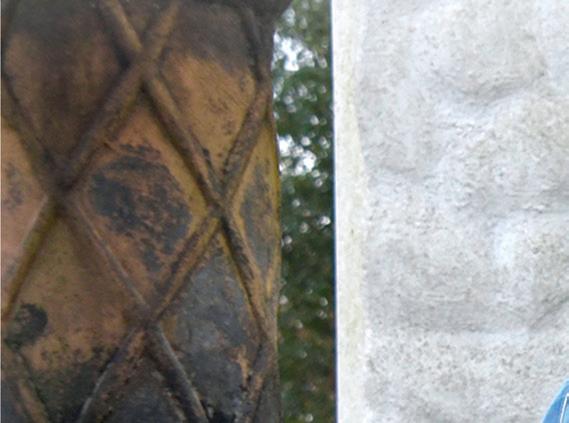

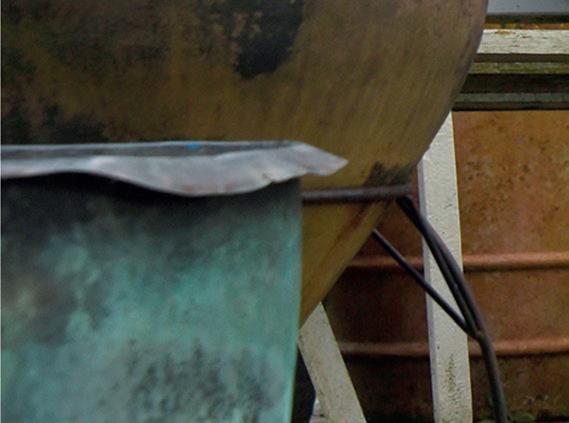


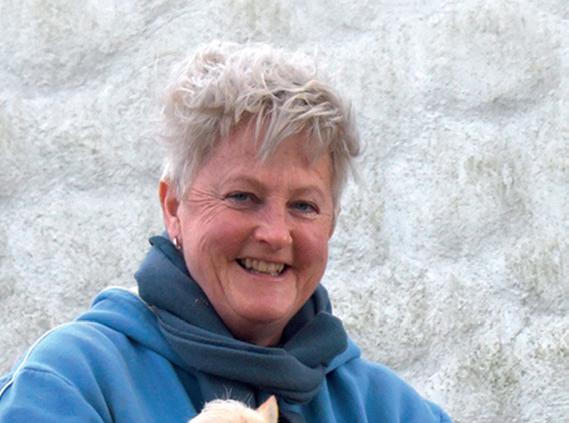



Penbanc Pasture is a 16-hectare (39.5-acre) grass farm in the Pembrokeshire Coast National Park just south of Cardigan. In an area renowned for grass growing every day of the year, Kate Bradshaw breeds and rears Shetland sheep and pedigree Traditional Hereford cattle purely on grass and hay, selling their meat locally, and certified as Pasture for Life.
Not from a farming family, Kate first learned about agriculture from family friend Margaret Rigby, who farmed a 10-hectare (24.7-acre) farm in Upton Bishop, Herefordshire. After starting off farming conventionally, Margaret gradually transitioned to organic and biodynamic sheep and beef systems. Forty years Kate’s senior, Margaret left Tan House Farm to Kate when she died in 2017.
Kate says: “I did English at university, sold Apple computers in the early days of the internet and went on to work for major broadcasters developing their digital offering.
“Latterly, I was working on digital strategy and had my own executive coaching practice. Even with an interesting and vibrant career, farming was always there at











I am working with the seasons and with nature, producing exceptional-tasting, nutrient-dense meat KATE BRADSHAW

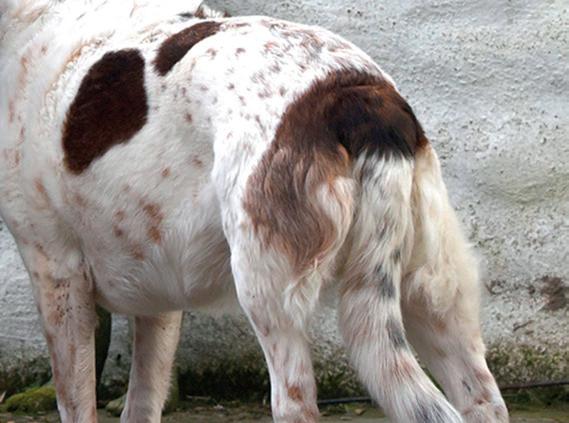







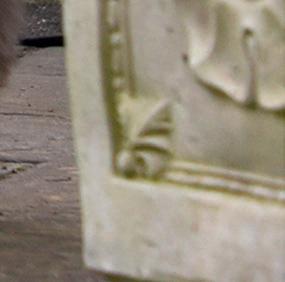
After a career in broadcasting and digital media, new entrant beef and sheep producer Kate Bradshaw returned to West Wales to fulfil her childhood dreams of farming. Sara Gregson reports.
the back of my mind. I left the corporate world in 2018 and extended my executive coaching to include digital consultancy.”
Kate, who had lived in East Sussex, was influenced by the food on offer at local farms: Old Plaw Hatch, an 81-hectare (200-acre) community-owned farm that has been biodynamic for 40 years; and Tablehurst Farm at Forest Row, which also produces organic
and pasture-fed food. She knew this was the way she wanted to farm; with nature, and producing tasty beef and hogget for local customers.
At the beginning, Kate gleaned a lot of support and knowledge from the Pasture for Life organisation, which champions pasture-fed beef, sheep and dairy systems.
When one calf died at her first calving, Kate asked advice from
leading members to stop the cow from getting mastitis. Asking for help on the online forum, she was inundated with helpful replies and practical suggestions.
“Pasture for Life members supported me when I had almost zero knowledge of the situation I found myself in,” she says.
“I dug deep, skinned the dead calf and placed it on a new organic dairy calf I bought in, and it worked.”
Wanting more land with a farmhouse on the holding, Kate reluctantly sold Tan House Farm in 2021 to a young couple who already lived in Upton Bishop.
After being brought up in West Wales, attending Cardiff University and working in Wales for many years, Kate once again looked west. In December 2021, she moved the herd, flock and equipment to Penbanc.
The permanent pasture farm used to be a dairy farm, with an old parlour and winter cattle housing. There are also 2ha (5 acres) of woodland and a holiday cottage,
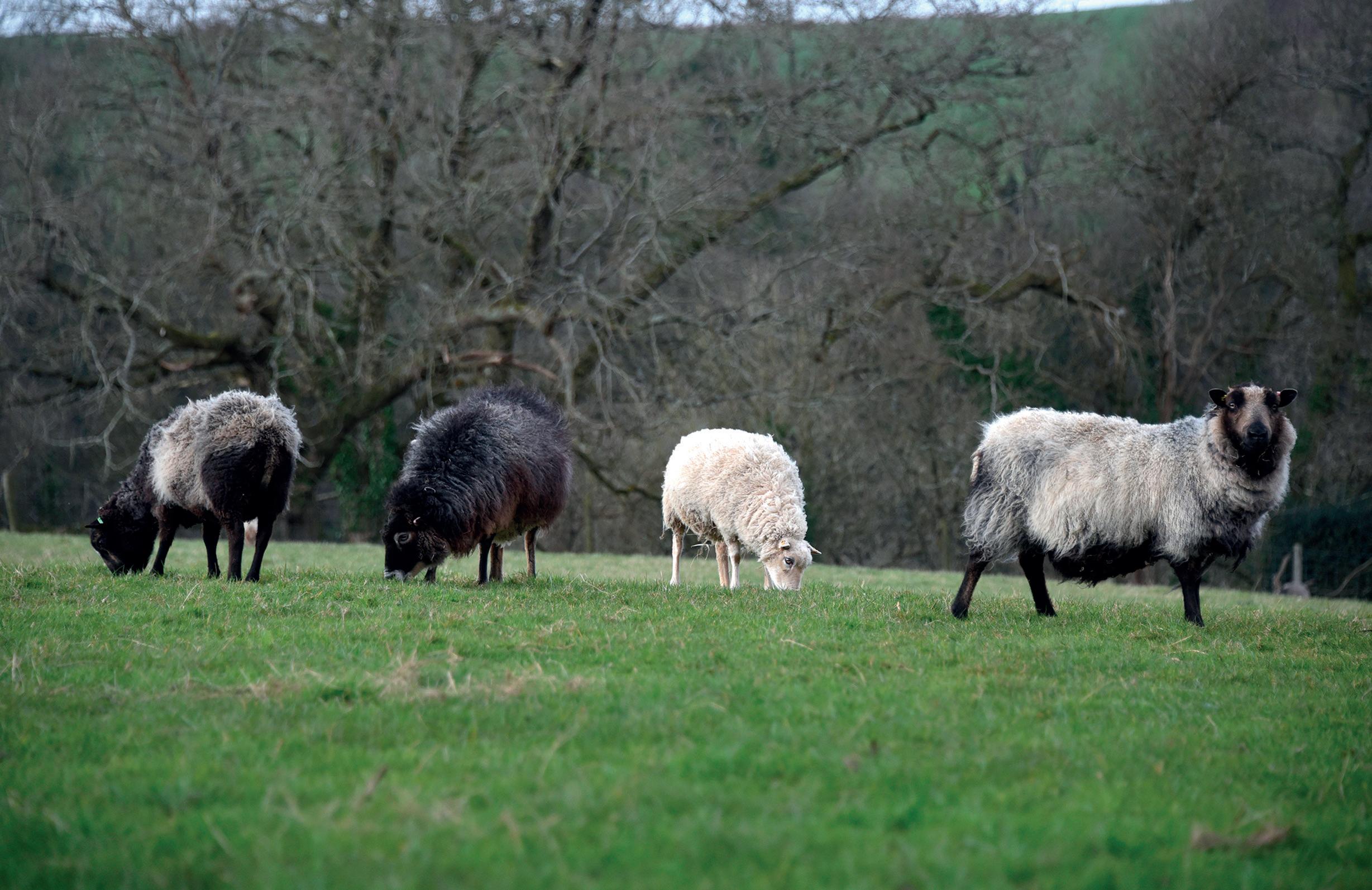

Farm facts
■ 16-hectare (39.5-acre) coastal farm
■ 22 Traditional Hereford cattle
■ 31 Shetland ewes
which has been renovated and is now booked up most weeks.
Kate currently has 22 beef animals, with eight cows in the suckler herd and Rhodri the bull. The rest is youngstock, either young calves with their mothers or yearlings growing for beef.
“I wanted to concentrate on small and robust native breeds that will thrive on pasture,” says Kate.
“The older cows are also full of familial wisdom, showing first-timers how to suckle their newborn and babysitting calves while their mothers graze away.”
The cows and two-year-old heifers run with the bull from September, and they out-winter on the light sandy soil. Kate rolls out speciesrich round-bale hay – some homemade and some bought-in – which has the benefit of reseeding the ground from the variety of species in each bale.
■ All meat sold direct
■ Certified Pasture for Life
■ Farming with nature focus
■ Holiday cottage with farm tours
If it gets too wet after Christmas, she will move them into a sacrificial paddock close to the barn, which the cattle can enter and leave as they wish. A round bale of hay is rolled out in the feeding alley and one is put into a ring feeder.
The bedding is straw, woodchip and discarded hay, with a Bokashi fermentation sprinkled over it in spring when her two Tamworth pigs and piglets turn it over.
This will then be removed to create a muck pile to decompose in readiness for use on the land a year or so later using a small muck spreader.
In March and April, when warmer temperatures and sunshine boosts grass growth, the paddocks offer high-quality forage; enough to sustain the tail end of lactation and the growing calf inside the cows.
The calves are weaned naturally when they are ready, ensuring a stress-free transition. The cows calve on their own, outdoors at the end of June and into July.
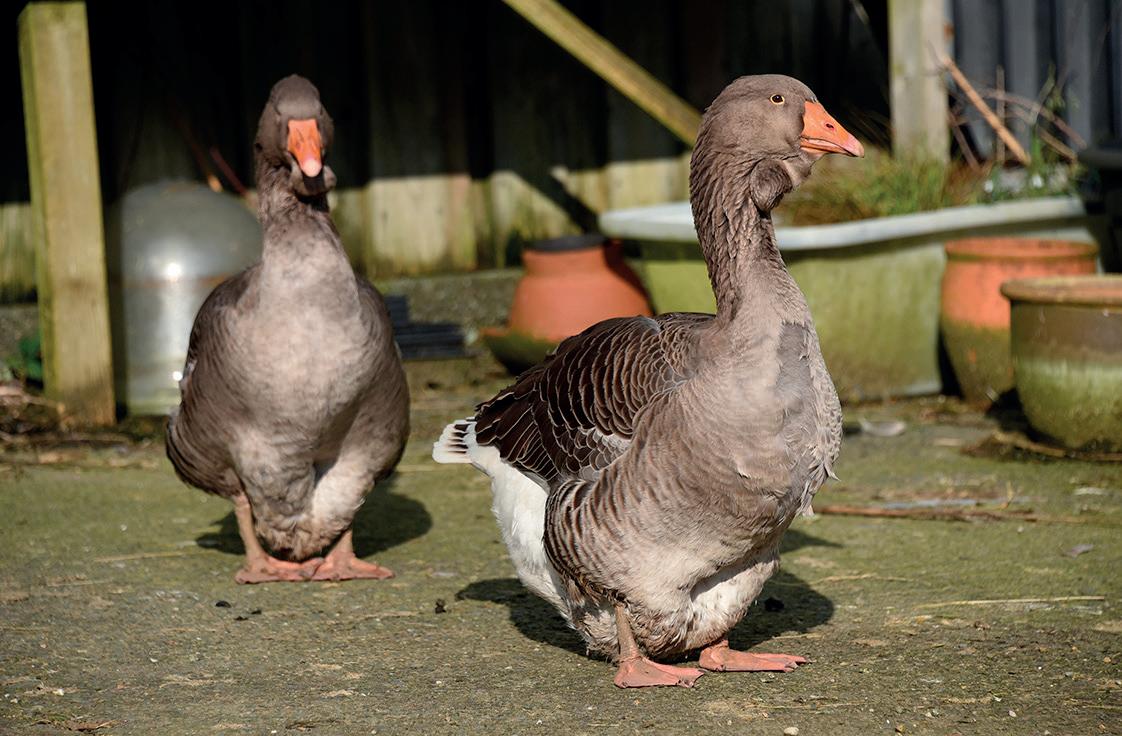

“I think of myself an observational farmer,” says Kate.
“I do not pregnancy diagnose the cows. But come calving, I spend a lot of time watching for signs, such as when their udders firm up, muscles relax around the tail and there is mucus around the vulva. An original cow from Margaret’s herd, 20-year-old Rose, also keeps a look-out for newly-calved mums.”
At a distance, Kate watches the calves to make sure they get a first suckle of colostrum and eartags are put in within 24 hours of birth.
Male calves are castrated. Kate also uses homeopathy for both cow and calf to aid recovery.
Last summer, Kate tried mob grazing using electric fencing for the first time. Admitting that all did not quite go to plan, she will try a small grazing cell approach again this spring and summer to gain all the additional benefits of resting paddocks for longer, including improved soil health and taller grass growth.
“Cows are essential to the whole farm ecosystem; the way they move and graze affects insects, birds,
Cows are essential to the whole farm ecosystem; the way they move and graze affects insects, birds, mammals, and the plants that grow around them
KATE BRADSHAW
mammals, and the plants that grow around them,” she says.
While grazing, the cows have access to Himalayan rock salt and a garlic lick to limit nuisance from flies. In the height of summer, Kate takes the herd to the highest fields where the sea breeze helps blow the flies away.
The steers are ready for slaughter between 27-30 months of age, weighing between 400-450kg. They always hit the sweet spot for fatness and conformation on the EUROP grid.
Kate says: “I always take two animals together, never one on its own. And I use homeopathy, spraying arnica and ignatia to calm anxiety in the trailer and aconite to dispel fear.”
The butcher picks up the carcases in his chiller van and hangs the beef for three weeks before cutting to Kate’s list. She has sold much of the meat before the animal


goes to the abattoir, but also has eight freezers on-farm to hold the remainder.
She sells a lot of steak and offal –such as liver, oxtail and kidneys –and is seeing huge demand for bones. Most of the meat is sold locally, with some shipped nationwide by overnight delivery. The average income from each steer is about £2,000.
The flock of 31 Shetland ewes follow a similar system to the cows, with the ewes given the best
pasture available in the run up to tupping on November 5. In winter, they have access to hay and are frequently moved. They also have access to Himalayan salt licks and garlic licks in summer.
In the last six weeks before lambing in April, the amount of hay increases to meet their demand from pregnancy. If the long-term weather forecast looks bleak, Kate will offer moistened lucerne nuts, which are allowed under Pasture for Life certification standards.
At lambing, Kate checks the ewes first thing in the morning
Kate Bradshaw has reintroduced hedges and also planted several thousand trees on-farm.



and throughout the day, but not during the night. The Shetlands tend to lamb at first light, and most have twins. Kate catches the lambs as soon as she can, dipping their navels, castrating the ram lambs and tagging them.
They then all go out onto rapidly growing, high-quality pasture. She likes to shear as early as possible –at the end of May or early June – to lessen the chance of fly strike and use of chemical repellents. Shetland sheep have very small tails and fly strike is almost never a problem.
The lambs naturally wean themselves in August and stay with the main flock for another year, producing hogget with a sweet, lean flavour that proves popular with customers. Their slaughter weight is about 50kg, killing out at about 20kg.
Nothing is wasted, with the skins sent to a tannery and the wool from the fleeces sent to a woollen mill to be cleaned, carded and spun into yarn.
“What I am doing here is working with the seasons and with nature, producing exceptional-tasting, nutrient-dense meat with no inputs,” says Kate.
“In the future, I may reduce my herd and flock size and plant more trees – fruit, nuts and native species. I have already reinstated hedges and planted several thousand whips and trees.
“I also want to offer courses about pasture-based farming and perhaps have a pop-up restaurant to connect people to the land via food. My ideas are endless; this is just the beginning,” she adds.

















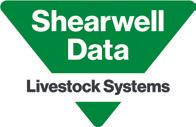
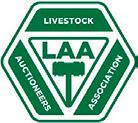









With an ability to grow on various soil types, sunflowers are quickly gaining traction as an attractive low-input spring cropping option. Ash Ellwood reports.



rLow-input and SFI opportunities
AS the wet weather continues, growers may be looking for spring cropping options with an extended drilling window to give heavy, clay-based soil conditions the chance to dry out and become more workable.
Like many crops, sunflowers do prefer well-draining soils, but growers may benefit from the extended drilling period.
Neil Groom, general manager at Grainseed, says: “You can drill
sunflowers comfortably from April 10 until the end of May, so hopefully by then conditions will allow for a good seedbed.”
Sunflowers are commonly a lowinput crop, with the largest expense related to purchasing the seed.
The crop rarely requires much intervention, therefore providing growers with the opportunity to remain insecticide-free. This allows growers to also benefit from the Sustainable Farming Incentive (SFI) IPM4, which provides £45 per hectare for land managed without the use of insecticides.
Once the sunflowers have been
harvested from mid-September to the first week of October, growers have the option to sell the crop through United Oilseeds’ recently launched sunflower marketing pool, which has a price offering of between £350-£450/tonne.
Wild bird seed
Mr Groom says: “The other option is for growers to sell to a local farm shop as wild bird seed for the public to buy and feed birds in their back gardens.
“The trick is to weigh the seed into 5kg bags, as not many people will buy the 20kg bags.”
You can drill sunflowers from April 10 until the end of May, so hopefully by then conditions will allow for a good seedbed
NEIL GROOM
GRAINSEED’S sunflower expert Edward Stanford gives his six top tips for sunflower production.
Sunflowers can be grown on any soil type, with an optimum pH of 6.5 to 7.5. They often grow well on potash-rich clay and clay loam soils in open, sunny sites.
Sunflowers should be drilled at a depth of 3-5cm from April 10 onwards, depending on weather conditions. Growers should wait for consistent 7degC soil temperatures to be the main driver for the drilling window.
Mr Stanford says: “Take time to drill properly. Sunflowers are sown at 110,000 seeds per hectare or 120,000 seeds/ha on heavier clay soils to achieve a population of 100,000 plants/ha on a 25-45cm row width. The seed rate is very important as it governs the seed head size, with yield coming from smaller heads.”
Sunflowers should not be grown on a closer than one- to four-year rotation to prevent diseases, such as sclerotinia, building up in the soil. Mr Stanford advises growers not to follow sunflowers with potatoes, and that sunflower seed is treated with a fungicide to protect it from seedling damping off and blight.
Sunflowers are a low-input crop, with seed being the most expensive component. Drilling in April allows weeds, such as black-grass, to be controlled in a stale seedbed with glyphosate.
A pre-emergent herbicide containing pendimethalin is used for early weed control. If weeds germinate later in the season, the
weeds will often die naturally as the crop closes in and prevents them accessing sunlight.
Pests such as pigeons and slugs can be problematic, with pigeons only usually affecting the crop for the first 10 days post-drilling. Slugs create the most risk during the seedling stage. If slug numbers are high, Mr Stanford advises the use of slug pellets.
However, once the crop reaches 10 days or has two cotyledons, it rarely needs any further protection against these pests. The fertiliser requirements of sunflowers are often low or zero.
Average yields in the UK are between one to two tonnes/ha. A variety such as Grainseed’s ES Bella reaches a height of 150cm and has good standing power.
The flower head should be about 10cm across, and the canopy should close over to shut out sunlight. Sunflowers attract pollinators and small birds, so are good for increasing biodiversity on-farm.
The crop is desiccated when the seed is between 15-30 per cent moisture. The stem should be fully dead and no longer green or yellow when harvest occurs; usually from mid-September to the first week of October.
Sunflowers can be harvested using a normal cereal combine with minor adjustments to the spiked combine reel to ensure they are collected in the intake auger rather than flicked back onto the field, says Mr Groom.
The harvest timing means growers can drill winter wheat as a following crop. Sunflower seeds dry out fast and can be dried on an air-drying floor down to 15 per cent moisture, before drying with warm air down to 9 per cent moisture.




LAND was starting to dry up, but as I write this on March 15 it has rained for two days – we are back to where we were at the beginning of the month.
Once conditions improve, one of the first tasks will be to push winter crops on to make the most of the potential that is undoubtedly there. We had a kinder autumn than most and, generally speaking, winter barley and wheat went in well.
That said, some crops that have not received nitrogen in any form have deteriorated quite dramatically, due to growth commencing and nothing to help them along. They look very yellow and backward, and will have started to lose yield potential.
However, quite a few crops had received their first N dressing by mid-March, and hopefully many more will have done since then, weather permitting.
I always advise applying a blended N/sulphur product at this timing, especially where no organic manure has gone on. Sulphur aids N utilisation, and the two elements go handin-hand as far as I am concerned.
I will be recommending Calfite Extra, plus manganese as needed, ahead of growth stage 30 on both barley and wheats that have been standing in cold, wet soils.
This product contains calcium phosphite to improve crop rooting and L-PGA (pidolic acid) to increase N assimilation.
It can also be useful on good-looking crops that have a lot of tillers to support, where rooting has been compromised to a degree.
I will probably add TerraSorb, a blend of amino acids and trace elements, when treating very stressed crops. I think that will be money well spent this season.
Very little spring grain has been sown and some people are getting itchy feet. Early barley drillers on light land usually start about March 1.
About Simon Nelson

Very little spring grain has been sown [...] but it will not take long to turn things around once warmer, drier weather arrives SIMON NELSON
But it will not take long to turn things around once warmer, drier weather arrives.
People are trying to apply farmyard manure and slurry ahead of spring drilling and on grassland – there are a lot of full slurry towers to empty.
Now is the time to check for seedling docks in autumn reseeds. These need to be treated in the next few weeks, otherwise they will turn into an infestation within 12 months.
Silage ground should also be checked.
Once April is here, thoughts will be turning to drilling maize under film. But given the current bottleneck, there is time enough; patience with seedbed preparation will be rewarded.
With high yellow rust burdens occurring early in some crops this season, growers are being advised to treat for active yellow rust, paying close attention to susceptible varieties. Ash Ellwood reports.
WITH T0 and T1 fungicide application timings approaching, levels of yellow rust are higher than normal in some parts of the country, particularly for the time of year, according to NIAB plant pathologist Dr Aoife O’Driscoll.
Some growers are becoming concerned by the levels seen, with questions of a pre-T0 in a disease season worsened by later sown, poor, and thin crops, with high levels of inoculum overwintering in plants.
Dr O’Driscoll says: “There is likely to be a lot of inoculum sitting under the plant surface. We have seen temperatures of 10-14degC in some areas and, with moisture, yellow rust could take off and cycle very quickly.
“With the number of reports that we are getting where there is a lot of active yellow rust present, the question is, if the crop will get away in time, or do we need to go in with an early T0?”
If early T0 applications are necessary in March, tebuconazole-
WITH increased pressures seen this year, growers have questioned whether they believe any varieties are experiencing breakdowns in resistance.
The UK Cereal Pathogen Virulence Survey (UKCPVS), which NIAB manages on behalf of AHDB and APHA, shows that there have not been any major changes in yellow rust virulence and that pathogen populations are relatively stable.
Where we are seeing a bit more yellow rust in certain varieties, one of the reasons could be due to larger acreages of that variety being sown across the country, rather than any major changes in disease susceptibility.
Dr O’Driscoll says: “If we
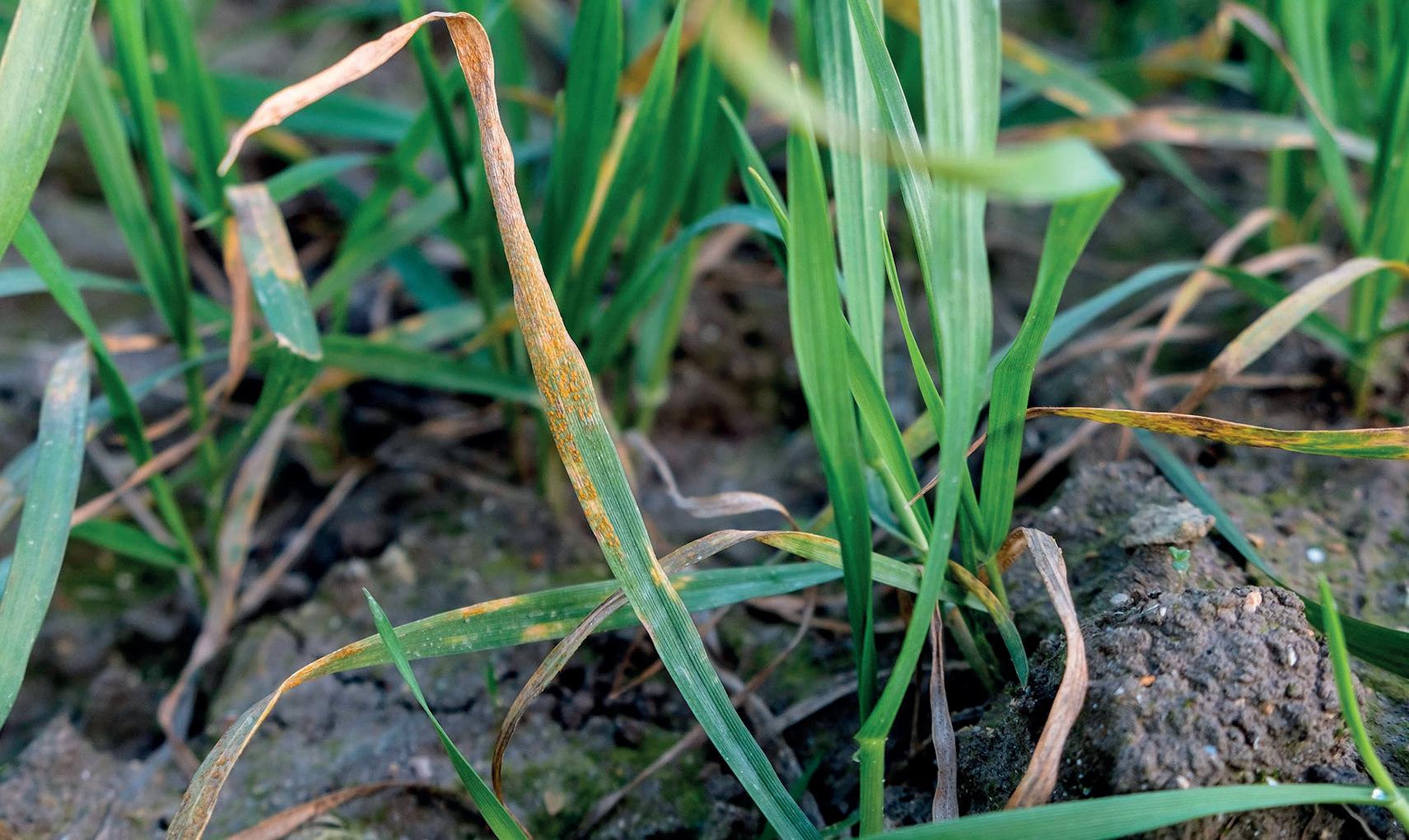

based products are a good option to keep on top of developing yellow rust, with a well-timed T1 important for maintaining control.
Dr O’Driscoll also recommends growers consider strobilurins and SDHI-based chemistry to utilise
consider the most widely grown wheat varieties for 2024, KWS Dawsum, KWS Extase or Champion where you have large acreages across the country, if 1 or 2 per cent of the total UK crop area gets yellow rust — that could be perceived as a larger than normal amount because of the acreage that is there.
“Any changes in variants of the disease will be driven partly by the varieties that are sown.
“At the moment, we are not seeing any major changes in virulence or big breakdowns in varietal resistance. So the key this season will be to get ahead of it using a planned programme for prevention,” she says.
different modes of action at the T1 timing. The unusually high yellow rust pressures can be linked to the lack of a cold winter and the move towards later drilling.
“The later drilled the crop, the more it drives yellow rust. In spite of cold spells during December and January, it has not been cold enough for long enough to keep a lid on yellow rust, particularly active yellow rust living inside the plant tissue,” says Dr O’Driscoll.
The weather is also becoming more unpredictable with less of a pattern, creating challenges to predict when spray timings will be required.
“In previous seasons, we were able to predict T1 and T2 — but we cannot dictate when we are going to have to go out and spray with calendar dates, or due to certain weather patterns, because there are no consistent weather patterns anymore,” she adds.
Dr O’Driscoll recommends growers pay ‘laser focus’ to growth stages and inoculum levels at the time of spraying to ensure correct timings to optimise control.
“We are hoping for a dry April to allow us to get our sprays on in
time. But if the weather continues to stay mild and we get a lot of rainfall, we are in for trouble,” she says.
For growers and agronomists managing multiple wheat varieties and trying to determine which to prioritise first for applications, Dr O’Driscoll recommends growers first look at the AHDB Recommended Lists for 2024.
“The new lists have been updated to include a seedling susceptibility score for yellow rust. So that gives you a good starting guide of which varieties are susceptible at the seedling stage or carry some degree of resistance,’’ she says.
Growers may then question whether they should wait for any adult plant resistance to kick in.
However, Dr O’Driscoll warned that in ‘most situations’, growers should not wait.
“If you have active yellow rust in your crop, you are going to likely treat regardless of the seeding resistance scores — I think there may be a lot of blanket T0s this year to keep yellow rust in check,” says Dr O’Driscoll.

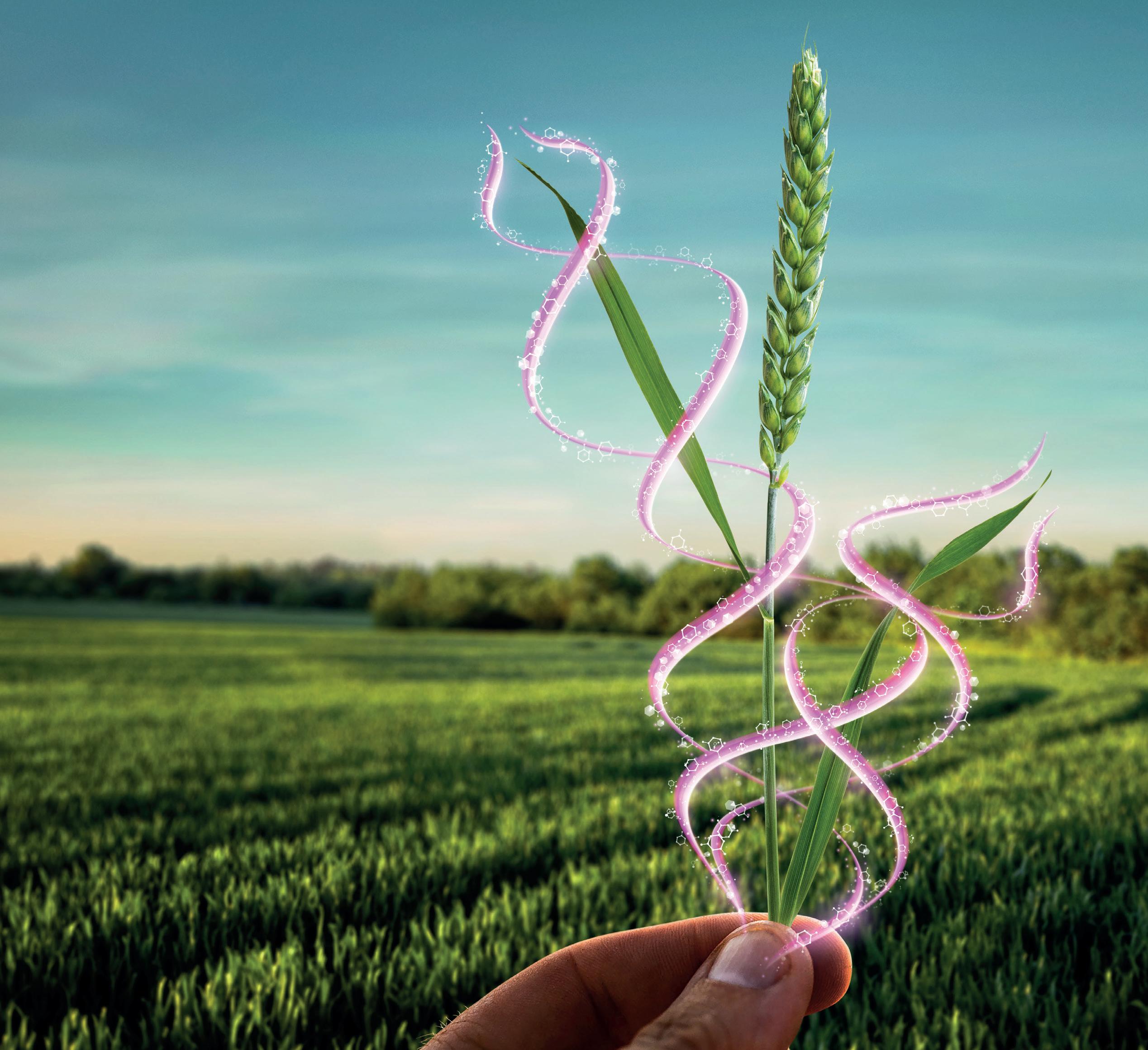
UnivoqTM

As growers move towards lower inputs and the possibility of fewer fungicides being available, a research institute in Scotland is investigating the effects of historic barley resistance genes. Ash Ellwood finds out more.
A RE-ANALYSIS of a project that ended in 2014 has been completed by a PhD student at Scotland’s Rural College (SRUC), investigating the control of ramularia leaf spot in a changing climate, known as the ‘Coracle’ project.
The analysis aimed to identify if there was potential for genetic control of ramularia, with a concern that modern plant breeders have focused largely on including the MLO resistance gene in barley varieties only, meaning other diseases have been exacerbated through lack of genetic control.
Prof Neil Havis, plant pathologist at SRUC, says: “The student has identified the 10 most resistant variety lines, based on old phenotyping data that came from the Coracle project, which has enabled her to identify the region where there could potentially be genes which can help with resistance to ramularia.”
The analysis, conducted by Laura Roehrig, suggests that the genes associated with ramularia resistance are located on the 4H part of the barley chromosome, which is also the location of the MLO resistance gene, Prof Havis says.
“What we are hoping to do is to try and pull the resistance genes out of some of the older barley landraces and varieties and try to introgress suitable genes into a modern variety. This will mean using classical crossing methods because we cannot use genetic modifications yet.
“If you keep crossing varieties to remove the undesirable traits and hopefully, leave the resistance, that will be proof of concept.
“Then we can go back and look for additional sources of resistance in older landraces from all around the world, and introduce robust resistance to ramularia,” he says.

The project was started due to concerns that modern plant breeders have focused largely on including the MLO resistance gene, meaning other diseases have been exacerbated through lack of genetic control.
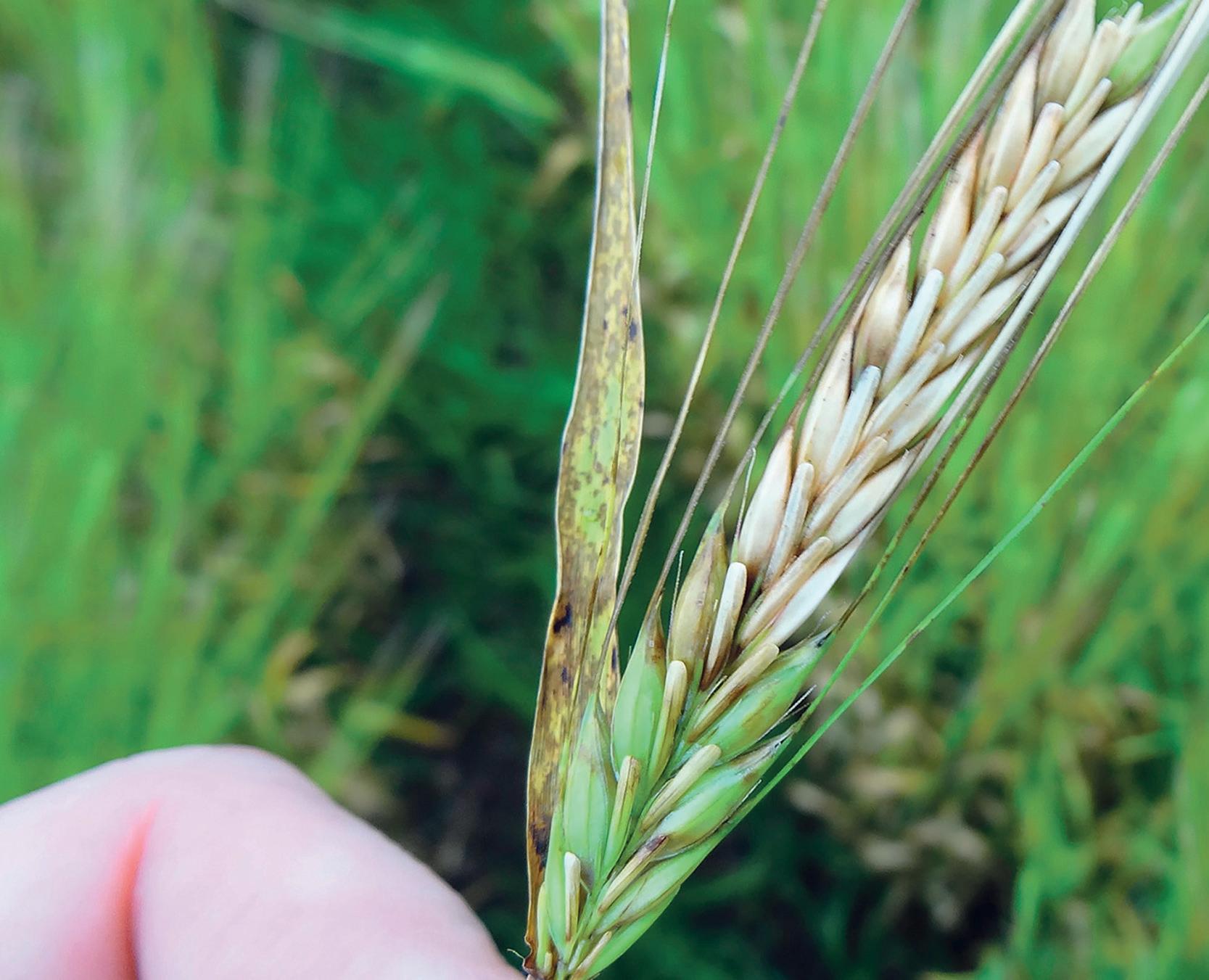
HOSTED at the SRUC research farm at Boghall, Midlothian, the institute is also completing a trial for the Scottish Government looking at the influence of cover crops on disease transmission between consecutive barley crops.
The trial is entering its second year, with plans to run for four years looking at disease transmission between repeated barley crops and is also comparing the effects of a direct drilled system with a ploughed system.
The cover crops — oil radish, vetch and mustard — were chosen due to having prior research suggesting they have an influence on the soil’s biotic activity.
The barley crop is drilled into the same area and following the same crop each year to be able to identify which cover crop is having the greatest effect.
Prof Havis says: “The trial is looking at the differences in terms of the transmission of fusarium, a soil-borne pathogen, between the barley crops, between seasons.
Indicator
“Fusarium is a good general disease indicator in barley as it is present in the soil all-year-round.”
So far, trial results are suggesting that cover crops have a positive influence on disease transmission.
“There was more fusarium in the
area which had no cover crop, for example, fallow ground.
“There looks to be more fusarium species in the barley crops following direct drilled cover crops, which suggest the possibility that the cover crops may be having a suppressive effect on the fusarium species.
“But that is just one year’s data, and we need a couple of years of data to make a firm conclusion,” says Prof Havis.
FOLLOW TRIAL PROGRESS
SRUC will have an open day at the Midlothian trial site in conjunction with Bayer in July, where all recent trial work will be discussed. For more information, visit: sruc.ac.uk/
Revystar ® XE, powered by Revysol® , is proven across multiple seasons. It excels at T1 and T2, in wheat and barley, whilst also improving nitrogen use ef ciency. With excellent Septoria control, robust yellow and brown rust protection and strong activity on eyespot, Revystar ® XE builds your yield, whatever the season.


Grazing arable crops can remove old, diseased leaves to take forward a crop with limited disease burdens, provided conditions are suitable. Ash Ellwood reports.

Grazing arable crops with sheep can provide a good option for growers to control forward plant populations, while removing diseases and saving fungicide costs, says Ed Brown, head of agroecology at Hutchinsons.
Grazing arable crops before the Christmas period has proved most successful for Mr Brown.
However, Jerry Alford, arable adviser for the Soil Association, believes growers can get further grazing opportunities into the new year, depending on conditions.
Mr Alford says: “The most damag-
ing time to graze is when the crops reach stem extension.
“I would be looking to remove sheep before the crops get too close to growth stage 31, but we have known growers grazing into February. Be-
FARMING in Poulton, Cirencester, Ed Horton uses bought-in store lambs to graze his winter cereals.
After several seasons successfully grazing cereals over winter, Mr Horton has gained a good idea of what stocking rate works, depending on the cropped area.
He says stocking numbers can fluctuate considerably on the season and how much crop cover there is, but flock numbers can go up to 2,500.
Mr Horton says: “I have never killed off a cereal crop with grazing yet, but planning for every eventuality is important.
“Having fields fenced ahead of the grazing mob is important to counter any poaching issues, but fortunately, our field sizes are consistent on the farm, averaging around 12 hectares, this makes managing the 600-700 head mob moving from field to field easier.”
On the farm, grazing cereals are kept to a seven- to 12-day window in
an attempt to reduce poaching risks.
“We generally start grazing winter barley in late November, following onto wheat,” he adds.
yond that, you are pushing it a little bit, but it does depend on where the crop is in terms of growth, rather than putting a solid date on it.”
Mr Brown has also seen positive experiences integrating livestock later
“Having somewhere new to move sheep quickly is vital and a well-established crop of OSR to start is vital,” he says.
in the season, but he says without careful management, some crops may suffer a yield impact.
The length of time sheep can graze on winter cereals must be assessed individually by the grower or agronomist, as if sheep are allowed to graze in wet conditions, the ground is at a high risk of poaching and risking yield loss.
“Poor establishment and unseasonable weather led me to graze one crop of winter oats in April, with plans to wholecrop, but after grazing and seasonal progression plans changed, we ended up combining it as our bestperforming crop of oats at 7.5 tonnes/ha.”
“Grazing too low could mean you end up with nothing. Ensuring the livestock take dead, dying, and diseased leaves from the plant is vital to reducing our fungicide
programme.
Although oats respond well to grazing, Mr Horton says some of the other combinable crops are more difficult to manage, with oilseed rape being a balancing act.
“Sheep soon lose interest in what they are eating if something fresh and green comes along. “We want stock on and off fields as quickly as possible before fresh plant growth starts to emerge.
However, grazing in the correct conditions can provide growers with an opportunity to remove old, diseased leaves to take forward a crop with limited disease carry-over or burden in the bottom of the crop.
“I find you get a much cleaner crop going into spring and I would say the only negatives around grazing arable crops is just getting it wrong in terms of grazing management,” says Mr Brown.
Grazing timings are led by the biomass available to the sheep and when the crops are old and tall enough.

“Long-term,Ihope toreachapoint whereeveryfieldon thefarmwillsee livestockonitwithinone growingseason,”headds.
“It is generally the early adult crops that can provide enough biomass for decent sheep grazing, then the sheep can graze it down to a point that the grower is happy with,” says Mr Brown.
“Stocking numbers are variable and come down to the crop that you have got in front of you.”











THE sale of native-bred store cattle at Hexham topped at £2,000 for Aberdeen-Angus cross steers from Holywell Farms, Newcastle, which sold others to £1,960.
W. Davy, Warton, sold Charolais cross steers to £1,960 and a pen of three to £1,880. G. and E.A. Herdman, Conset, sold forward Limousin cross steers to £1,880.
At the same money was an Aberdeen-Angus cross steer from D.A. and P. Burn and Sons, Aydonshields.
Heifers
Leading the trade for heifers was B. Story, Woodhead, with a dairybred Limousin cross at £1,640. An Aberdeen-Angus cross from Messrs Burns also made £1,640.
Younger cattle saw 14-month-old Aberdeen-Angus steers from J. Bennison, Warden Law, to £1,540.
K. and H.A. Ridley, Consett, sold 11-month-old Limousin cross steers to £1,590.
Strong weaned native calves were in demand, with J.C. Rutherford, Old Town, selling 10-monthold, pure-bred Angus steers to £1,470.
Auctioneers: Hexham and Northern Marts.
THE Mid-March Extravaganza show and sale of store cattle at Darlington was judged by Neil Tattersall, York, who awarded the championship to a black Limousin-sired heifer from G.C. and K.J. White, Middleton-in-Teesdale, which went on to sell for the top price of £1,750.
The run of heifers from C. and N. Waters, Little Ayton, sold to £1,650, with a consignment of 34 yearling heifers from W.A. Richardson, Hutton Magna, topping at £1,630, and from D. and M. Lowes, Richmond, at £1,600.
Bullocks sold to £1,520 for a Limousin from Messrs Lowes, while C.G. Robinson, Elton, sold young bulls to £1,510, with others at £1,480.
Auctioneers: Darlington Farmers Auction Market.

THE Spring Stars show and sale of Poll Dorset and Dorset Horn sheep at Carlisle saw a top price of 900gns twice.
Firstly, for the pre-sale champion consigned by James Royan, Duns. This was the shearling ram Bennachie Fettercairn by Ballytaggart Dizzie Rascal, which sold to the SRUC Barony Campus, Dumfries.
The other entry at 900gns was the reserve champion, Stobilee Gladiator, by Lisnafillan Da Vinci, which has sired progeny to £4,100. Consigned by R. and A. Morton, Lanark, it sold to Messrs Wild, Matlock, Derbyshire.
The Stobilee flock took the next best price of 600gns for Stobilee Glasgow, by the UK record priced ram lamb Downkillybegs Dazzler, which also went to the SRUC Barony Campus.
A further two from the Stobilee
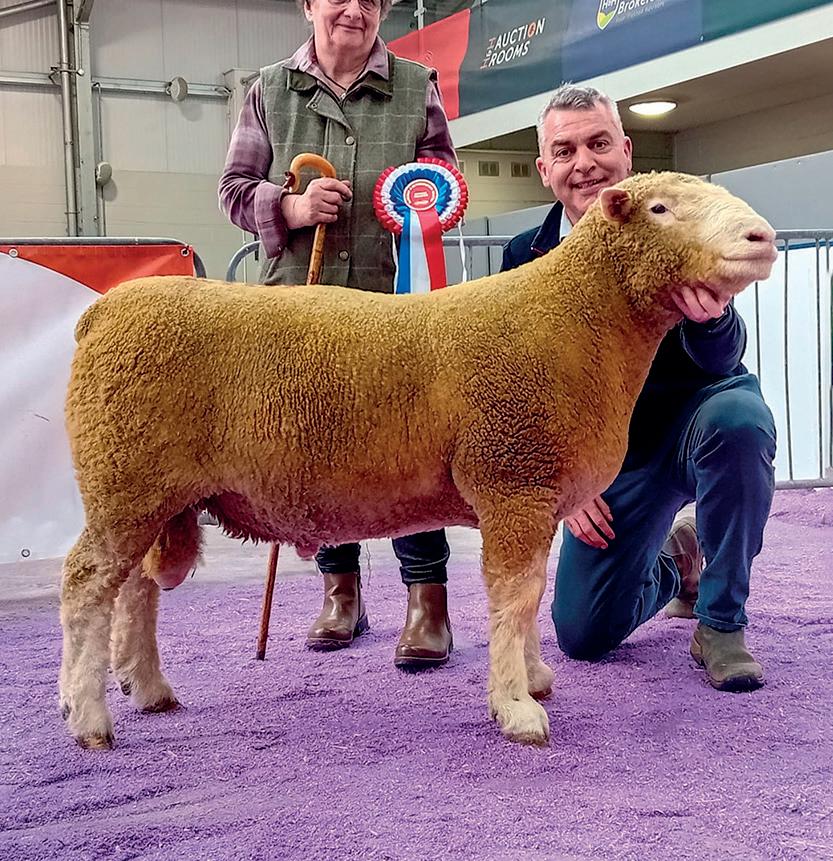
flock sold to 600gns each. These were twin brothers by the 2023 Suffolk Show champion Downkillybegs Eskimo and out of a homebred dam, selling to Messrs Thomlinson, Berwickshire, and the Lanamuir flock of Joe Baker, Berwickshire, respectively.
A small entry of females forward
A NEW breed record of 7,200gns was set at Sussex Cattle Society’s online sale hosted by South East Marts, Hailsham. This was for Offham Poll Crusader 9, a May 2022-born bull by Offham Poll Crusader 9 and out of Offham Gaiety 41, from J. and S. Harmer, Lewes, East Sussex.
The same vendors sold Offham Poll Endeavour 10 for 4,300gns and Offham Despot 1 for 3,500gns.
C.E. and W.S. Millson, Kent, sold the two-year-old bull Trottenden Poll Regent 12 for 5,500gns, and Trottenden Poll Regent 11 for 4,800gns. Another two-year-old bull, Boxted Poll Major 12,
consigned by L. Stevens and Son, Kent, sold for 5,400gns.
Senior bulls
Senior bulls sold to 2,900gns for Petworth Wellington 11 from the National Trust.
Pedigree Sussex bulling heifers were in demand, topping at 1,500gns twice for Oxendean Poll Amity 11 and Oxendean Georgina 9, from S. and F. Carr and Daughters, Polegate.
AVERAGES
7 two-year-old bulls, £5,295.15; 4 senior bulls, £2,362.50. Auctioneers: South East Marts.
Pre-sale champion, Bennachie Fettercairn, from James Royan, Duns, which sold for 900gns to the SRUC Barony Campus, Dumfries.
topped at 350gns for a ewe with twin lambs at foot from Messrs Royan, which sold to Messrs Shephard and Son, Millom.
5 females, £176.40; 8 rams, £573.56.
Auctioneers: Harrison and Hetherington.
AT the Tommy Baxter show and sale of store cattle at Cockermouth, the championship went to a 10month-old Limousin heifer from Messrs Lamb, Seascale, which went on to sell for £3,400 to the judges, Mr and Mrs Layton, Herefordshire. Messrs Lamb had the leading average of £2,043.33 for three animals sold.
This was followed by J. Brown and Son, Crakeplace, who sold 41 animals to average £1,876.83.
Reserve honours
Reserve honours went to I. Powley, Carlisle, with a British Blue heifer, which also sold for £3,400.
Auctioneers: Mitchells.



40,000+


Visitor Stats*
Taken from the 2024 event
650+
exhibited at LAMMA 2024 attended LAMMA 2024
Over
87%
of exhibitors were satisfied with the event

80% of exhibition space is booked
Benefits of exhibiting at LAMMA
✔ Engage with key decision makers
✔ Promote your products and services
✔ Increase brand awareness
✔ Increase brand credibility
✔ Launch new brand, product or service
✔ Meet current customers
For all sales enquiries or to book a stand scan or click on the below QR code and fill in the form:





28% 20% 15%


9% 3% 25%
arable farmers beef farmers sheep farmers dairy farmers pig farmers mixed farmers
We’ve had a really great show here at LAMMA – Full of quality conversations. Our stand is particularly interactive this year so it’s been really drawing people in. We’re looking forward to next year already!
-AGCO-
LAMMA is a great place to meet up with our existing clients and meet new, it’s what brings us back each year. The show has been very busy for us once again.
-Agrifac-


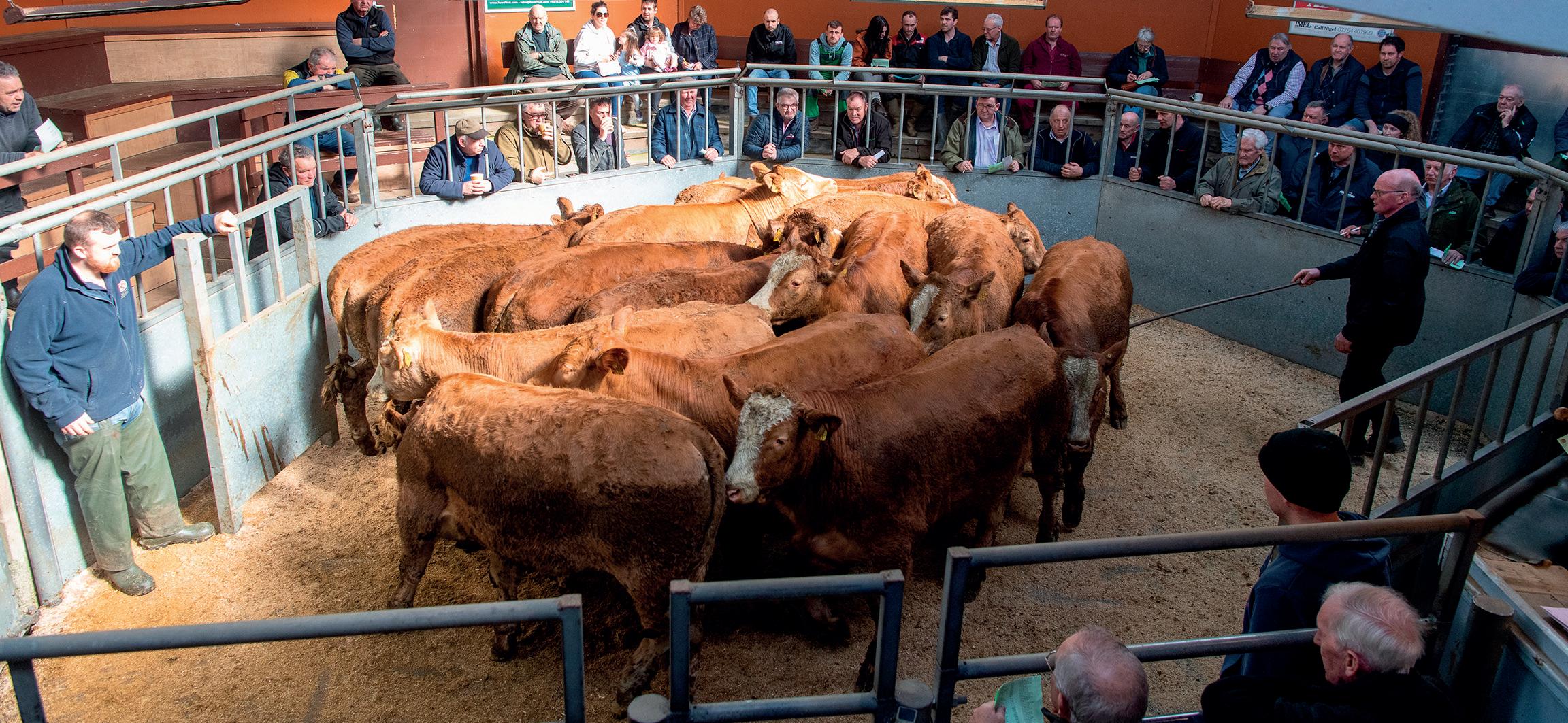
rBritish Blue-cross top at £1,515/head
AT the Farmers Guardian-supported sale of store cattle at Dumfries, the best yearling suckler-bred cattle were in big demand.
Trade for bullocks peaked at £1,515/head for 18-month-old, dairy-bred British Blue-crosses from J.A.S. Nelson, Seafield, and 362.5p/kg twice for Limousins from J.A. and P.J. Wyllie, Newmains.
Charolais bullocks topped at
£1,500 for A.C. Martin, Horsholm, Aberdeen-Angus sold to £1,480 for B. Ramsay, High Auchneel, with Limousins topping at £1,490 for Herries Farms, Lantonside.
Heifers sold to £1,510 and 372.5p/kg for Limousins from Herries Farms. G. Mair, Meikleholm, sold Limousins to £1,490, with Simmental heifers from C.G. Wright, Innerfield, at the same money. Bulls topped at £1,500/ head twice and 346.3p/kg for Limousins from Herries Farms.
Auctioneers: C. and D. Auction Marts.


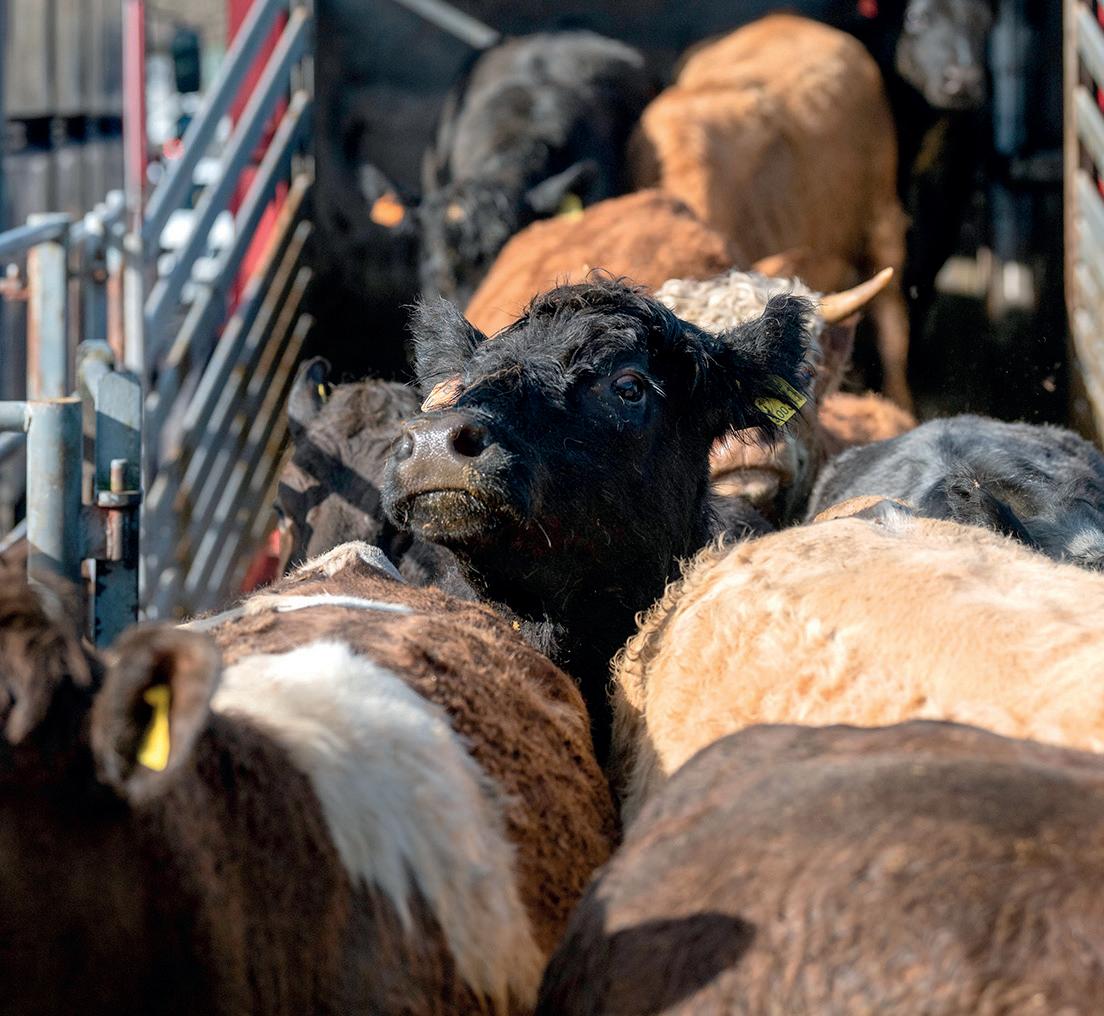
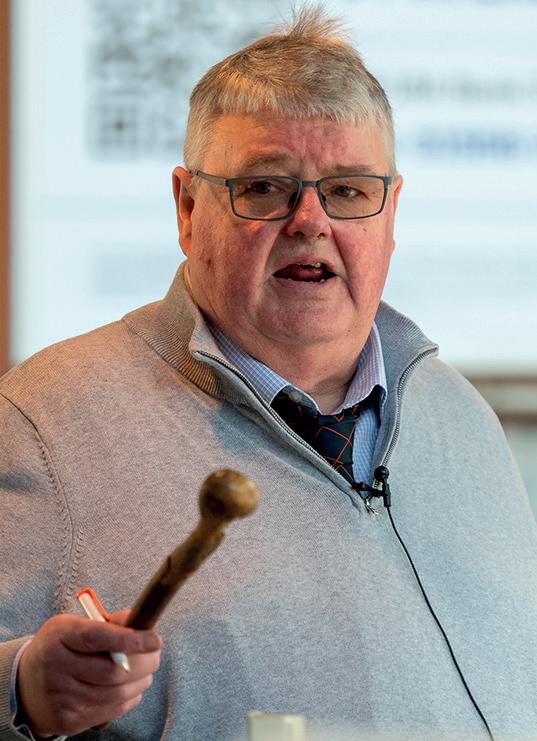
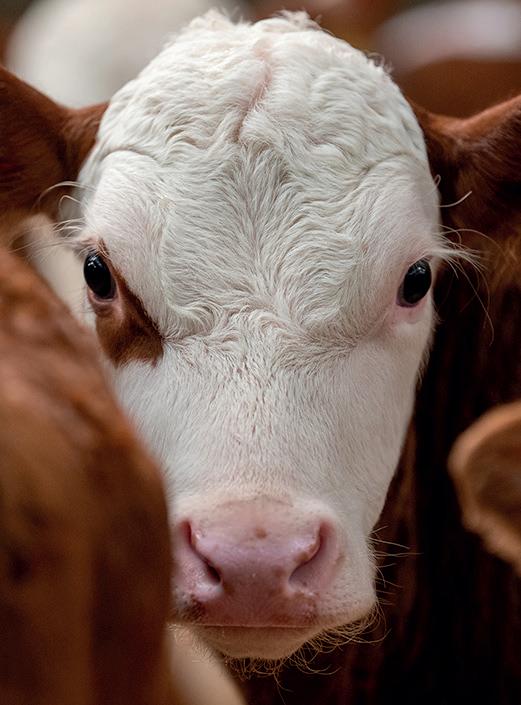
TOPPING the sale of 124 dairy cattle at Shrewsbury at £2,520 was the pre-sale show reserve champion, a Holstein heifer, two weeks calved, from A. and C. Drinkall, Wettenhall.
Next at £2,500, from A.D, and R.M. Thomas, Lutterworth, was Wol-
AT the anniversary show and sale of 628 store cattle and feeding bulls at Wigton, the championship went to the winning over 12-month-old heifer, a British Blue from Messrs Watson, Cunningarth. It went on to sell for the day’s top price of £2,800.
The reserve champion was the second prize heifer over 12 months which was a Limousin consigned by G.E.H. and S.J. Stoddart, Hillside, which sold for £2,500.
Top priced bullock at £2,320 was a Limousin cross from Bob Pigg, Dalston.
A consignment of red heifers from Messrs Pears, Caldbeck, sold for £2,300/head.
A run of 53 yearling cattle from Trevor Foster, Rye Hill, topped at £1,790 and averaged £1,417.55.
Auctioneers: Hope’s Auction Co.
ston Maakje Lavender 60, another two-week fresh heifer.
The champion, a heifer which had been calved a month, from R.J. and R.H. Gadsbey, Yarlet, sold for £2,480.
Top price cow at £2,400 was the first prize winner, Pimhill Luis Cotton 5, a third calver from Messrs Drinkall.
Second prize cow was a Brown Swiss cross from Harold Davies, Puddington, giving more than 40kg, which made £2,250.
A group of 11 in-calf heifers from P.J. Charles, Kings Norton, topped at £1,850 for Chapman Rory Custard Cream. Maiden heifers from the same home sold to £870.
A dispersal of Jersey cattle from Ben and Holly Dyer, Stafford, topped at £1,100 for a fresh second calver giving 27kg, with dry cows selling to £900. Auctioneers: Halls.
THE store cattle sale topped at £1,865 for a British Blue steer from D.T. and L.A. Houseman, Darley.
Heifers sold to £1,685 for a Limousin from Sandham Bros Equipment Hire, Guiseley.
The 61 steers averaged £1,394.82 and the 74 heifers averaged £1,149.35.
In the over 30 months section top price per head was £1,493.28 for

Longtown mart Blackface hoggs show and sale champions, from Messrs Jardine, Yett, which sold for £189/head.
THE sale of 4,290 hoggs at Longtown included the show and sale of Blackface hoggs with the championship going to the winners of the over 40kg class, a pen of 47kg hoggs from Messrs Jardine, Yett. They went on to sell for £189/head.
The winners of the class for up to 40kg were 39kg hoggs from
a Simmental cow from P. and C.M. Houseman, Warsill.
Top price per kilo was 185.5p was achieved by two vendors, Messrs Houseman, for a Simmental and J.P. Broadwith, Brimham Rocks, with a British Blue.
LANCASTER
AGED Texel ewes with Beltex-sired twin lambs for T.R. Gorst, Ellel, sold
Messrs Magnay, Galleywreay, which made £158/head.
Top price of the day was £330/ head for Texels from A.J. Watret, Ruthwell.
Top price per kilo was 503p for Beltex from J. Carr, Barrasford, with an overall average of 390p/kg and an SQQ of 392.8p/kg.
Auctioneers: C. and D. Auction Marts.
to £315/outfit, with other outfits with twins to £295.
An aged Beltex-cross ewe with a single lamb made £245/outfit. Others with singles sold to £240 three times.
Aged Mules with Texel-sired twins from D. and K. Swarbrick, Out Rawcliffe, topped at £255/outfit with others to £250/outfit.
HALLWORTHY
WEANED calves sold to £580 for four-month-old British Blue steers from E.B., M.E. and W.R. Symons, Truro, with their four-month-old heifers at £450.
Stirks topped at £925 for two nine-month-old dairy-cross Limousin steers from C. Hill, Torpoint.
Younger Limousin steers sold to £780 for seven-month-old entries from A.S. Brenton and Sons, St Keyne.
Heifers topped at £775 for eightnine-month-old Limousins from D. Gillbard, Altarnun, with 10-monthold Aberdeen-Angus heifers from Messrs Symons selling to £750.
Future-proof your farm business, gain insight and exchange knowledge with a FG Farm Futures membership

Included in your membership:
52 magazines a year
Farmers Guardian delivered directly to your door every week including full digital access. Plus, check out our brand-new features exclusive to FG Farm Futures members.











Insight – Quarterly, in-depth, analytical reports into the latest agricultural trends, from diversification, to climate-friendly farming and understanding the latest grants available.
Exchange – A series of digital events focused on learning from real case studies and exchanging knowledge with agricultural thought leaders


Weekly Digest email – From the desk of FG’s editor every Sunday morning, gain insights into how the week’s news impacts your business.
Members’ Lounge – Enjoy an exclusive space for members to network at leading events, such as LAMMA, CropTec and Farm Business Innovation.





















































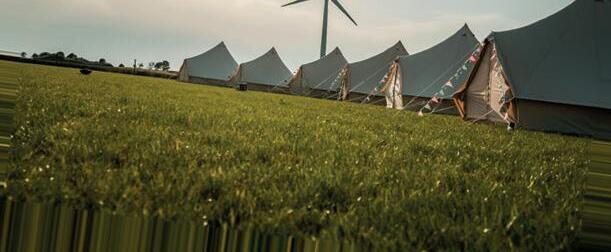











































Monday 25th March
9.30am - Prime Bulls, Clean Cattle and Cast Cows Special Section for TB Area 1 Cattle
11am - Sale of 180 Store Cattle and Feeding Bulls of all classes
Wednesday 27th March
8am - Sale of Cast Ewes and Rams followed at 10am with Prime Hoggs (Prime Hogg ballot 10am)
2pm - Sale of 200 Store Hoggs
Friday 29th March
10am - Sale of 250 Rearing Calves and Weaned Stirks
Friday 29th March
12noon- Sale of 60 Dairy Cattle including both freshly calved and incalf heifers. The sale does include 4 large consignments of British Friesian incalf heifers.
22 from Messrs Noble, Crewgarth, 4months in calf
10 from Messrs Strong, Low Brow, 7-8mths incalf. Catalogues available online or by request.


Market Results

Buttington Cross, Buttington, Welshpool, Powys SY21 8SR
T: 01938 553438 F: 01938 554607
www.welshpoolsmithfield.co.uk
TUESDAY 26TH MARCH
Sale of 650 Store Cattle
Sale to commence at 10am
ONLINE

THURSDAY 21ST MARCH TO WEDNESDAY 27TH MARCH
Collective Sale of Tractors, Loaders, Plant, Vehicles, Trailers, Implements, Machinery, Livestock/Workshop, Gardening Equipment etc.
All lots being available to view and bid on at ibidder.com
For more information, please contact nickhyne@morrismarshall.co.uk
SATURDAY 27TH APRIL
Sale of Pedigree Charolais Cattle comprising of 70 Bulls


68 Dairies to £3050, Cull Cows 207p/kg - £1469.60, Pigs -207p/kg - £204.97, Calves BB Bull to £430, Lambs 470p/kg & £173.90, Ewes £180
Store Cattle Sales
500 STORE CATTLE
SATURDAY 30TH MARCH 2024 – Entries Invited
Fat/Barrens: Graham Watkins 07976 370894
Dairies: Meg Elliott 07967 007049 Stores: Mark Elliott 07973 673092
Sheep: Robert Watkins 07929 946652
us at www.leekauctions.co.uk
On Behalf of The British Charolais Cattle Society
Sale to Commence at 11:30am
Sale of Pedigree & Commercial Salers Cattle comprising of 19 Bulls & 37 Females
On Behalf of The Salers Cattle Society
Sale to commence at approx 1:30pm
Sale of British Blonde Cattle comprising of 8 Bulls
On Behalf of The British Blonde Cattle Society
Sale to commence at approx. 2:30pm
THURSDAY 16TH MAY
Sale of Pedigree Limousin Cattle
On Behalf of The North West Midlands & North Wales Limousin Breeders Club
Entries close Tuesday 2nd April
Sale of MV Accredited Pedigree Females & Couples
Open to Dutch Spotted, Beltex & Badger Face Texel
Entries close Thursday 11th April
Owned by Farmers.
Run by Farmers.

BORDERWAY MART, CARLISLE
Tel: 01228 406200
Sale of PET LAMBS
Monday 25th March – 10.30am
Please advise entries
Ali Dodd 07394 569382 or Anders Brown 07540 757439.
Wednesday 27th March - 12 noon
BORDERWAY MONTHLY DAIRY DAY
Wednesday 3rd April
Entries close Wednesday 27th March
ANNUAL GRASS LETTING including BURGH MARSH STINTS
Wednesday 3rd April
ONLINE SALE
SALE OF MACHINERY, IMPLEMENTS & HEAVY PLANT items
Sale bidding starts
10.00am Wednesday 3rd April until 10.00am Thursday 4th April
online entry form available on website –Entries close Wednesday 27th March or contact
David Holliday 07710 189804, or Iain Dick 07713 599791
MIDDLETON MART
Tel: 01833 640281
STORE CATTLE
Tuesday 9th April
Entries close 10am Monday 1st April
Saturday 6th April – 10.00am
Sale of farm machinery and implements also plant
At Woodacre Lodge Farm, Hazelhead Lane, Scorton, Preston PR3 1BN
For cataloguing and promotion purposes please advise entries by
Tuesday 2nd April
Entries will also be accepted on the day until 9.00am
For further details contact David Holliday 01110 189804 Lynne Grieve 07803 242344, Kerry Foster 07961 069822
Present entries include; Ford 5640 SL - L719 NTV, 2002 Massey Ferguson 230, Massey Ferguson 265, Case International 484 (GRM 854V), Massey Ferguson 390 FWD (P822 CEC), Massey Ferguson 690 FWD (GTL 31Y), Massey Ferguson 165 (OJM 314L), Massey Ferguson 590 2WD (RRT 499W), Massey Ferguson 135, Nuffield 460 (TES 893), Fordson Super Dexta (CAO 287B), 2011 VALTRA Model N121, 2003 JOHN DEERE 6320 Tractor 40K, 2007 JOHN DEERE 6930
Premium tractor, 40Kph, 2008 Massey 6475 Tractor, 40Kph , Merlo P30-10, Dumper 5.5 Ton Compair Holman Swivel, 14 Tonne Tipping Trailer, Broughan 16T Silage Trailer, Accord Optima 6 Row Maize Drill, HI Spec 2600Gallon Vacuum Tanker, 2017, 18ft Ifor Williams KFG 35 Tri-axle
Flat Bed Trailer, Claas 1300T, 10 Rota Tedder.
Full list


Hall Road, Norwich, NR4 6DW 01603 502690 THE
Saturday March 30th.
Sale of 300 store cattle, mainly suckler bred.
Special entries include :-
100 continental x steers and heifers, suckler bred and top class, 8-14 months approx (some stronger than last time).
Fully vaccinated, wormed, estrumated. Well worthy of attention.
On behalf of Margaretting Hall.
30 Charolais x , AA x, steers and heifers,10 months from SG Lutkin and Son, Langley.
12 conti x steers and heifers, 8-10 months, suckler bred,from Davis Dairies, Foxley.
Also 1000 sheep, 50 calves.
Please see the website for more details.
www.norwichlivestockmarket.com

Ihave recently added the Fed by Farmers podcast to my list of favourites. Please give it a listen.
It is hosted by Cammy Wilson, a sheep farmer from Ayrshire and famous YouTuber.
His channel, The Sheep Game, went viral recently when he rescued the world’s loneliest sheep from a remote cliff in Scotland.
The title of his podcast is true for each and every one of the eight billion people who call this planet home, and it has got me thinking that if our very existence depends on farmers producing food, then they must be the most valued of all the professions. Sadly, this is far from true.
Across Europe, farmers have been expressing their frustration with the ever-increasing mountain of policies that are ever more difficult to navigate. France, Germany, Spain, Holland and Belgium have all had major cities and roads blocked by the farmers we all depend on.
But why are the policymakers in Europe and across the world not appreciating the importance of food and the vital role of the farmers?
The UK is probably in the worst situation of all, with devolved governments having different polices and all four government departments seem-

ingly unable to grasp the importance and the necessity for clarity.
Europe’s farmers have taken the militant approach to vent their anger and recently Welsh farmers have gone down a similar path, although we do not do revolution as effectively as our French neighbours.
Today, our farmers are struggling to adapt to a complete change in policy from food production to ‘environmental good’.
Take the net zero policy for example. It does not stack up financially.
Back in 2019, net zero was costed at £1 trillion by the Conservative Government and since then this cost has multiplied to almost £5tn – well over 90 per cent of total UK GDP.
So what will the cost be by 2050? No-one really knows, but it will be crippling, and it will have a significant negative impact on food production.
The UK governments of the 21st century have all been wilfully complicit in allowing our food security to be undermined by choosing imported products from overseas. This has been a fantastic policy for supermarket profits, and it has allowed food to be sold in the UK that does not meet animal welfare and environmental standards our farmers are expected to achieve.
Not surprising then that 2022 had the lowest Total Farm Income recorded this century.
Just imagine the backlash if the Government introduced a policy that stated you had to continue to work the same hours for less money.
Closer to home, tenant farmers are now being encouraged to either give up their tenancies or remain on the farm and be green keepers as landlords take the Government handouts to rewild productive land, plant trees and wildflowers and reinstate peat wetlands.
Our so-called leaders now take their directives from celebrities and billionaires who are diametrically opposed to the notion of traditional food production and would prefer us all to eat insects.
It is time to wake up. My solution is a complete overhaul at Westminster.
Holland has achieved this with a new political party called the FarmerCitizen Movement, formed after the



Dutch government imposed new laws which slashed livestock numbers in Holland.
The new party took 19 per cent of the popular vote in last year’s Dutch elections.
The UK’s options in this year’s General Election will be either Conservative or Labour. Neither have an ambitious or progressive food production policy and both are focused firmly on policies that will continue to put more strain on our farmers.
The only glimmer of light we have seen was Labour’s U-turn on its manifesto pledge to commit £28 billion annual support for green polices.
We are all fed by farmers every day. Farmers need to be given the ability to do what they do brilliantly, without the restrictions and laboursome bureaucracy which has become stifling.
The past two years have shown us the fully-stocked food shelves we take for granted will not necessarily always be full. The global food chain and worldwide shipping supply lines are fragile and can at times be broken, and that’s why we need a total reform in the way we think about farming in the UK.
In the meantime, my thanks to all the food producers in the UK, because today I was Fed by Farmers.
Glyn Lucas is the senior auctioneer at Harrison & Hetherington. Call 01228 406 234, or email glyn.lucas@borderway.com
FRIDAY 5 APRIL (10.45am)
AT MARKET DRAYTON MARKET, TF9 3SW
(moved from Woodlands Farm, Wellesbourne, for sale convenience) DISPERSAL SALE OF THE PEDIGREE
HERD OF 155 HOLSTEIN FRIESIANS
• 90 milking cows and heifers to be sold in calving order •
• 30 in calf heifers due April/June •
• 18 maidens • 16 calves •
• 8,900kgs 3.96%F 3.14%P cc151 •
• CUBICLES • HERRINGBONE •
• Grazed herd Spring to Autumn •
• All year calving to BB/Lim/HF •
• DAIRY EQUIPMENT (3 phase electricity) •
• 10/20 Fullwood Parlour, 20 Westfalia Feeders, 2 Bulk Tanks (6,000L & 2,700L), Water Heater •
• 110 Cantilever Cubicles, 110 Mayo Mats (7 yrs) •
• On Behalf of DR & CL Elliott •

MAJOR TWO DAY SALE
MONDAY 8 APRIL (10.00am)
TUESDAY 9 APRIL (11.00 am)
AT FIELDS FARM, CHOLMONDELEY, MALPAS, CHESHIRE, SY14 8HN DISPERSAL SALE OF THE PEDIGREE CHOLMONDELEY HERD OF 800 HOLSTEIN FRIESIANS

• 540 milking cows and heifers to be sold in calving order •
• 90 in calf heifers • 100 maidens • 70 calves •
• 9,574kgs 4.22% F 3.33% P cc139 •
• CUBICLES • HERRINGBONE • Low yielders graze - Spring to Autumn • All year calving to H/F/BB/AA •
• On Behalf of Willis Dairy Farmers Ltd •
MONDAY 22 APRIL (10.45am)
AT MARKET DRAYTON MARKET, TF9 3SW
(moved from Bank Farm, Ellesmere, for sale convenience)
DISPERSAL SALE OF THE COMMERCIAL BANK FARM HERD OF 225 HOLSTEIN FRIESIANS
• 132 milking cows and heifers to be sold in calving order •
• 15 in calf heifers due April/May
• 40 served heifers •
• 20 maidens • 18 calves •
• 8,318kgs 4.73%F 3.47%P cc127
• CUBICLES • HERRINGBONE •
• Grazed herd Spring to Autumn •
• All year calving to BB/AA •
• On Behalf of JH & AB Hall •
DAIRY: Gwilym Richards 07768 020393, Jason Brown 07774 816384, Jonty Cliffe 07595 453306
On Behalf of C.A.B AGRICULTURAL CONTRACTORS
at Fields Farm, Malpas, Cheshire SY14 7LR
Thursday 28 March 2024 at 10.30am
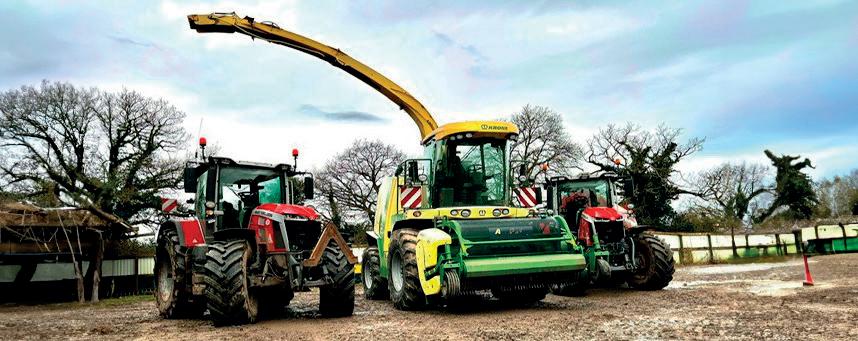
Lots include - Tractors Krone Big X 700 Self-Propelled Forage Harvester, (2022) New Holland T7.270 Auto Command, (2022) Massey Ferguson 8S.265 Dyna, (2021) Massey Ferguson 8S.265 Dyna E-Power, (2019) Massey Ferguson 7726S Dyna VT, (2017) Massey Ferguson 7720 Dyna 6, (2007 Massey Ferguson 6499 Dyna 9, JCB JS160 LC Tracked Excavator, 2015) JCB 536-70 Agri-Super Telehandler. Cultivation Kuhn Multi Master 152 5+1 Plough, 2021 Sumo Trio 3, Kuhn HR3004 Power Harrow, 2017 Kuhn HR3004 Power Harrow, Kuhn LC302 Drill, 2012 Kuhn Maxima 2RT 8 Row Maize Drill, 2021 Kuhn HR6004 6m Power Harrow, 2009 Amazone 603 6m Power Harrow. Grassland Kuhn Twin Disc 24m Fertiliser Spreader, 2015 Kuhn VKM305 Flail Topper, Strimech 3 Point Linkage Buck Rake, 2014 Kuhn FC313 Front Mower, 2014 Kuhn FC383 Butterfly Mowers, 2022 Kuhn 3125DF Front Mower, 2017 Kuhn FC9530D Butterfly Mowers, 2020 Kuhn GF13012 12 Rotor Tedder, 2019 Claas 4 Rota 3600 Rake, Claas Quadrant 3200 Baler. Trailers 2018 Richard Western SF15 Silage Trailer, 2 x 2016 Richard Western SF18 Silage Trailers, 2009 Bunning Lowlander MK4 120 Spreader, McCauley 14.5T Dump Trailer. Other 2016 Mcconnell 6570T, Hedgecutter, 2x Bauer SX1000 Slurry Pumps, Mastek Reelers x2, Spreadwise Reelers x2, 2016 Vogelsang 12m Trailing Shoe, 2 x 2020 Vogelsang 12m Dribble Bars plus Various Tractor Weights, Equipment and Misc etc.
MACHINERY: Ben Baggott 07791
791356,
On Behalf of Mr D. Windsor
Having Taken The Decision To Retire
On Friday 26 April 2024 at 10.30am
Situated at Agden House Farm, Agden, Whitchurch, SY13 4RR of TRACTORS & LOADER, TRAILERS, SPRAYER, GRASS & ARABLE EQUIPMENT
Livestock Equipment, Sundries & Bygone Effects

Viz. New Holland T7.200 Tractor, JCB (2008) 526.56 Agri Loadall, John Deere (2003) 6120SE Tractor, Simba 3m Flatliner, Kuhn (2021) BP280 Flat Mower, Dalbo (2008) 630 Cambridge Rollers etc.
Online Bidding Available Via Marteye
On Behalf of Willis Dairy Farmers Ltd
Having Taken the Decision to Relinquish Their Tenancy DATE TO BE CONFIRMED
At Fields Farm, Cholmondeley, Malpas, Cheshire, SY14 8HN John Deere 6145R, John Deere 6125R, Massey Ferguson 6260 with MX Loader, JCB 220 Pivot Steer Loader, JCB 542-70 Telehandler, Abbey 3500
Gallon Vacci Tanker, Morris Latham 2700 Gallon Tanker, John Deere 331 Mower x 2, John Deere Front Mower, Mastek Slurry Injector, 2000m Slurry Pipe, Splash Plate, Strautmann 24cube Feeder Wagon, JCB Shear Grab, Loader Buckets, Richard Western 18T Silage Trailer, Richard Western 12T Silage Trailer, Kuhn 5m Folding Power Harrow, Kuhn 3m Power Harrow, Dowdeswell DP7 5 Furrow Plough, Kuhn 152 5F Plough. Spaldings Flat Lift. Fullwood 25/50 Swing Over Parlour, Fullwood 12,000 Litre Bulk Tank, Muller 8000 Litre Tank, Fullwood Ice Bank. 32T Collinson Feed Bin, Large Quantity of Cattle Equipment Including Crushes, Gates, Calf Hutches etc.

Mark Lee: 07980924179
Simon Lamb: 07815 188125
Chris Norton:
Tom Brooksbank: 07836592501
Ryan Spackman: 07725 653542
Mark@nortonandbrooksbank.com


WEDNESDAY 27th MARCH (10.30 AM) AGHAVILLY HOLSTEINS DISPERSAL (350 HEAD)
32 CLARKES ROAD, DARKLEY, CO. ARMAGH, BT60 3DB.
Dispersal sale of the entire AGHAVILLY herd, the property of N, J & S McCarragher. Complete sale of over 150 milking cows together with youngstock of all ages. All cows are milked through Lely robots and achieve yields of 10,805kg 4.28fat 3.53 protein on a very simple system of baled silage and cake. COWS RECEIVE NO TMR OR MAIZE! Numerous attractive cow families feature, many with North American heritage combined with top genomic sires with emphasis on production, components & health traits. This sale includes cattle for all budgets whether looking for top individuals or just hard working milk cows. All youngstock sell from close calving heifers to baby calves at foot. Live on Marteye. Trucks ready to provide haulage to all of the UK. Sale in conjunction with R A Noble & Co. Further details via our website & Facebook including sale info.
TUESDAY 9th APRIL – Milking portion dispersal of the 11,400kg herd of Holsteins (250 head), the property of Hollands Farms Dorchester Ltd at Higher Kingston Farm, Stinsford, Dorchester, Dorset, DT2 8QE. In conjunction with Symonds & Sampson.
TUESDAY 30th APRIL – Milking portion dispersal of the WHITECARR herd (200 head), the property of T Cowell at White Carr Farm, Wharles, Kirkham, Lancashire, PR43XH
Tom Brooksbank: 07836592501
Chris Norton: 07836592500
All catalogues available by request, call, text, email for catalogues. Sales via MARTEYE. FOLLOW US ON FACEBOOK FOR SALE INFO & PICTURES!
LIVESTOCK AUCTIONEERS � VALUERS www.nwauctions.co.uk info@nwauctions.co.uk
LANCASTER AUCTION MART
Tel: 01524 63308
Monday 25th March - 9am SHOW OF SPRING LAMBS
10.30am SPRING LAMBS, PRIME HOGGS & CAST SHEEP
Followed By SHEEP WITH LAMBS AT FOOT
Friday 29th March
10.15am 150 REARING CALVES & WEANLINGS
10.15am 150 CAST / OTM CATTLE
11.15am 300 STORE CATTLE & FARMER STIRKS
J36 RURAL AUCTION CENTRE
Tel: 015395 66200
Tuesday 26th March
11am SHEEP WITH LAMBS AT FOOT
12noon SHOW OF SPRING LAMBS
1pm SPRING LAMBS, PRIME HOGGS & CAST SHEEP



Thursday 4th April
10am 150 REARING CALVES & WEANLINGS
10.30am 100 CAST / OTM CATTLE
11.15am 300 BEEF BREEDING, STIRKS & STORE CATTLE
To include: 14 Pedigree Aberdeen Angus Heifers & 6 Pedigree Luing Heifers (Fit to Bull)
Thursday 8th May PEDIGREE BEEF & SHEEP DAY
Entries Close Friday 12th April
Delivery: Tuesday 2nd & Wednesday 3th April
Sale to Commence Friday 5th & Conclude Monday 8th April
Viewing: Friday 5th (9am-4.30pm) & Saturday 6th (am only)
Farm Dispersal Sale of Tools, Machinery & Equipment on behalf of R&EA Gardner,



10.30am
Dairy Cattle 11am 100-150 REARING CALVES
11.30am 100-200 SHEEP WITH LAMBS AT FOOT 2.30pm 2000 Cast Ewes followed by 4000-5000 Prime Hoggs
Tuesday 2nd April
Feeding & Cast Cows & OTM Cattle
MONTHLY SALE OF SUCKLER BREEDING CATTLE & STORE CATTLE Inc. BEST OF BRITISH for Native Bred Cattle
Entries for catalogue close Friday 22nd March
Tel: 01756 792375


Dispersal Sales
CHESTERFIELD FARM, CHESTERFIELD, LICHFIELD, WS14 0EH
FRIDAY 29TH MARCH 2024 AT 10:30AM
12 New Holland And Other Tractors

www.ccmauctions.com
Auctioneers:
Jeremy Eaton - 07747 780481
Ted Ogden - 07855 958211
Kyle Hawksworth - 07538 539077
Rob Cloughton 07496 278828
Monday 25th March
SALE OF REARING CALVES Sale 10.30am
T HURSDAY LUNCHTIME WEEKLY SHEEP SALE
Entries/Enquiries, contact
Peter Oven: on 07973 982443
Or Ivor Lowe: on 07977 449126
Follow us on Facebook for up to date details on Special Entries
Summer Grazing Auction - Derbyshire
Monday 8th April
To Include:
16 Acres at Elton/Winster, 15 Acres at Hope

Monday
Friday


Saturday 6th April
2.30pm or Saturday am from 7.30am
Ian Smith - Mart Manager 07738043771
Office 01943 462172 wfam @auctionmarts.com
Isuzu Pickup, Range Rover, Yard Forklift, Excavator
Modern Bailey & JPM Trailers
Large Range Of Gates
Troughs & Livestock Kit
Sundries & Effects

PRIME, CAST & FEEDING CATTLE
Sale 11.30am (TB exempt section available)
EASTER SHOW & SALE OF SPRING LAMBS
Sale 12.30pm followed by
SALE OF PRIME HOGGS & CAST EWES

MELBOURNE FARM, BAKEWELL, DERBYSHIRE, DE45 1QW
FRIDAY 5TH APRIL 2024 AT 10.30AM
Genuine Dispersal - All Cattle Sold
Kramer 750 Loader With Attachments
Massey Ferguson 3625 2WD
Primex Tanker, Ifor Livestock Trailer Machinery, Foot Crush, Electronic Calf Feeder
Cattle Equipment, Herringbone Parlour, Bulk Bin Sundries & Effects


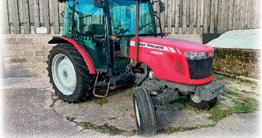
OVERFIELD FARM, TISSINGTON, DE6 1RA
FRIDAY 12TH APRIL 2024 AT 10.30AM
Ford and Kubota Tractors
John Deere Gator, Mitsubishi Shogun Machinery, Trailers
Cattle Equipment, Gates & Troughs
Workshop Items, Sundries and Effects

Catalogues are available to download at www.bagshaws.com
Email: olivia.fernihough@bagshaws.com

Sheep Scanning available on site 12noon-1pm
Weekly Sale of EWES WITH LAMBS at FOOT
Sale 11.30am
Followed by INLAMB EWES & STORE SHEEP (Entries to the office by Friday for Online Catalogue)
Wednesday 27th March
140 FEEDING BULLS Sale 10.00am followed by 10 PRIME CATTLE, 25 BEEF FEEDING COWS & 250 STORE BULLOCKS & HEIFERS
Saturday 6th April
LIVESTOCK ONLY SALE STIRKS, WEANED/SUCKLED CALVES, BREEDING & CULL GOATS, STORE & BREEDING SHEEP (Entries close Monday 1st April)
Dairy Cattle
MONDAY 1ST APRIL
FORTNIGHTLY SALE & YOUNGSTOCK SPECTACULAR
(Entries close Monday 25th March)
Entries so far of fresh heifers from Bollands and Goldies. Youngstock from Drakes, Booths, Coates
MONDAY 15TH APRIL
FORTNIGHLTY SALE & SPRING COLOURED DAY
(Entries close Thursday 4th April)
Entries so far from the Regatta, Harlsey, Greyleys and Knayton herds
Includes in milk, in calf and youngstock More details and for entries and catalogues
Sarah 07710 795585
Saturday 1st June
AIREDALE ANGUS ON FARM SALE
Draft Sale of 80 head of Cows with Calves or In Calf, Young Bulls & Embryo’s
For D & J Isherwood
Claiming Dates

ON FARM SALES – CRAVEN AREA
SATURDAY 4TH MAY
On Farm Dispersal of Machinery & Implements at Owlet Hall Farm, Austwick for JR & DL Ogden
TUESDAY 21st MAY – NORTH CRAVEN
SATURDAY 28th SEPTEMBER - SKIPTON
On instructions from Bromell Contractors Ltd, due to retirement.
MAJOR AUCTION SALE OF 12 AGRICULTURAL TRACTORS, 4 COMBINE HARVESTERS, FORAGE HARVESTER, TELESCOPIC LOADER, LOADING SHOVEL, SELF-PROPELLED SPRAYER, GRASSLAND AND ARABLE MACHINERY AND EQUIPMENT



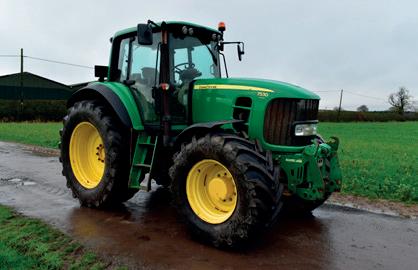
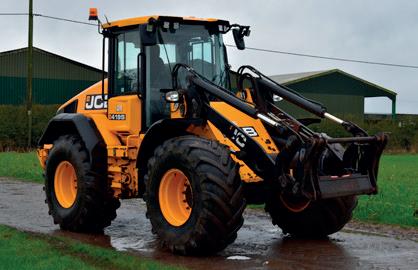
Tractors: John Deere; 3no. 6215R (2020, 2019, 2017), 6210R (2013), 6190R (2014), 2no. 7530 (2010), 6930 (2010), 2650, 2140, Massey Ferguson; 8S225 (2022), 7720S (2019) Combine Harvesters: John Deere; C670 Hillmaster (2009), C670i Hillmaster (2009 & 2007), 9780i CTS Hillmaster (2007) Sprayer: John Deere R4040 36m Self-propelled (2018). Forage Harvester: John Deere 8400i (2017), 2017 Zurn ProfiCut 530 wholecrop header, 2017 John Deere 360 Plus maize header, Loaders/Handlers: JCB 419S shovel (2019), JCB TM310 telescopic loader, JCB 3CX (2004) Trailers: 14no. Bailey grain/silage Trailers etc. Grassland: Claas; Liner 3000, Liner 680, Liner 3100 rakes, Volto 770 tedder (2), Kuhn VKM305 mower, John Deere; 990N, 459 balers, F310R, R950R triple mowers (2), 131 mowers, 2010 McHale 991 bale wrapper, 2012 Kuhn SW4004 bale wrapper, Massey Ferguson; 2170, 185 balers, McConnel PA65T hedgecutter (2), Arable: 2017 John Deere 750A drill, Vaderstad Rexius Twin450, Vaderstad Carrier 6.5m, 2016 KRM M2WD fertiliser spreader, Kverneland Optima HD 8row maize drill (2), 2008 John Deere 840i 36m sprayer, 2020 Weaving Sabre 6000m tine drill, Kuhn HR3004D power harrow/drill combination (2), Sumo Trio sub-soiler (3), Kverneland L585 5furrow plough, 6no. Joskin & Bunning muck spreaders, fuel bowsers, power harrows, cultivators, trailers, wheels & tyres, front weights, buckets & attachments, guidance systems, spares and workshop equipment
WEDNESDAY 3RD APRIL 2024 AT 9.30AM
The Saleground, Sutton, Ely, Cambs, CB6 2QT
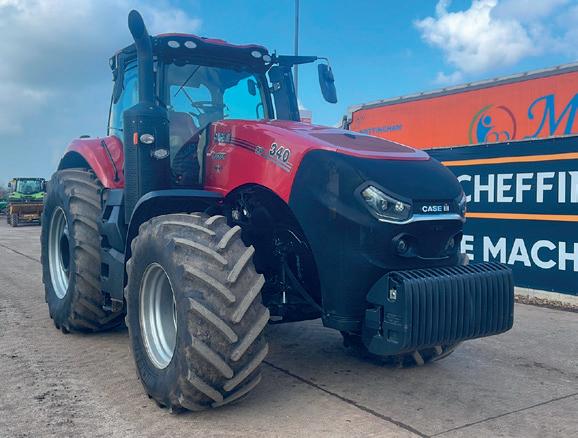




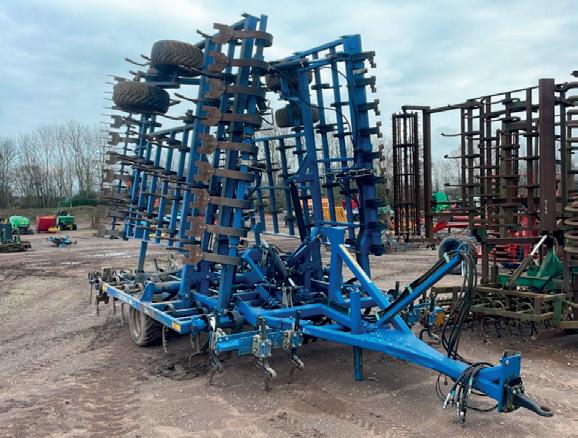
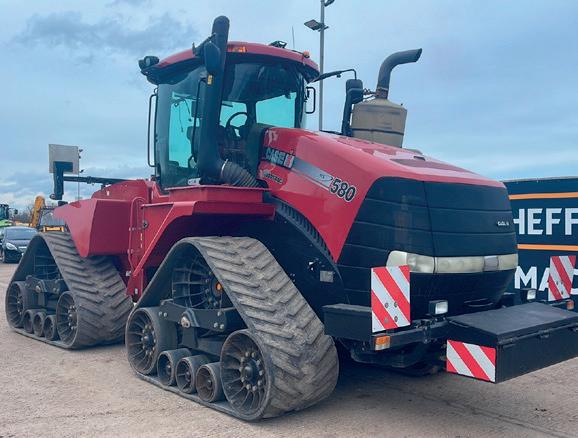

FURTHER ENTRIES INVITED - Anticipated entry of over 300 tractors and 1,500 lots of agricultural and construction, implements and machinery
TRACTORS, PLANT AND MACHINERY LIVE AUCTIONS: MONDAY 8TH APRIL 2024 FROM 9.00AM
TIMED ONLINE AUCTIONS: FRIDAY 5TH APRIL 2024 - TUESDAY 9TH APRIL 2024

Auction
Claughton On Brock, Preston PR3 0PH
01995 640280 www.garstangmart.co.uk
Tom Greenow - Market Manager 01200445376
Rachel Capstick 07713075659
Jack Pickup 07710708326
Eleanor O’Neill 07706347505
Matthew Middleton 07860659803

Auctioneer: Ian Atkinson 07944 237516

Tuesday 26th March 2024
Easter Spring Lamb Show & Sale at 8.30am
9.00 a.m. 750 Prime Hoggs & 180 Cast Ewes/Tups
10.30am Sale of Sheep with Lambs at Foot
10.30 a.m. Sale of 100 Store Cattle
11.30 a.m. 60/80 Rearing Calves, Weanlings & Stirks
Wednesday 27th March 2024
10.30 a.m. Weekly Sale of Cast Cows & OTM Cattle
12noon Monthly Show & Sale of Dairy Cattle
Saturday 1st June 2024
Early Summer Sale of Machinery & Implements
An exciting opportunity has arisen at Brockholes Arms Auction for a motivated and enthusiastic Auctioneer & Market Manager
To discuss in confidence please contact company chairman Bill Myerscough 07583457755 or Ian Atkinson 07944237516
Next Sale Tuesday 9th April
Note no unloading
Easter Bank Holiday
Friday 19th April
Hazel Grove, SK7 6NW
Sale of the Season.
2019 J.D. 6115RC, 2019
Kubata U48-4, 2021 MF RB
3130 Baler, 2018 McHale
S307 Wrapper, 2022 KRI22
Krone Vendo 1020, MF
RK662 Rake, 2018 Krone
R320 Rear Mower, Baileys
Herbst Bateson & IW Trailers etc.etc.
info@ashleywaller.co.uk
www.ashleywaller.co.uk
www.easyliveauction.com
On
At Field Farm, Wood Lane, Askham, Newark, Notts NG22 0RT
Starts Thursday 4th April 2024 at 7am
Ends on Monday 8th April 2024 from 12 Noon
Viewing from 10am until 4pm on Wednesday 3rd April and Thursday 4th April 2024
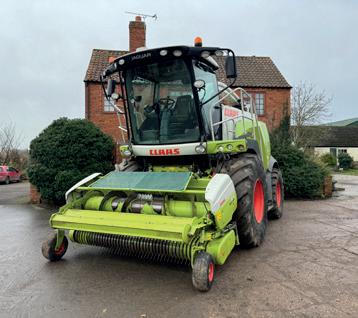

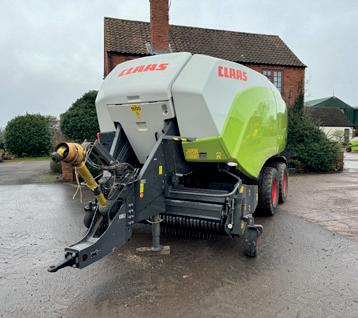
Loadall (10,12), various attachments; Baling Equipment: Claas 5300RC square baler (17), Claas 5200 square baler (17), Göweil G-4010 bale wrapper (94), Heath Super Chaser QM (07); Trailers: Bailey 20t silage, 2No Bailey 18t Beeteaper silage (14), 14t & 16t silage trailers, Richard Western 12t silage (93), Richard Western 11t silage, Bunded 7500l bowser with pump, various bale trailers; Implements and Equipment: Claas Liner 2900 (19), Claas Liner 3000 (03), Krone KW8.82 tedder (06), Gaspardo IS 12 row maize drill, Spearhead Multicut 620 topper (15), Simba Freeflow 4m drill (96), Sumo 5leg Subsoiler, Grégoire Besson 8f wagon plough (93), Kverneland 5f rev. plough, Trimble AGGPS with CFX-750 display, 2No Case 1t weight blocks, Guascor FBLD V16 CHP generator 756kVA (07), wheels and tyres etc.
george.watchorn@brown-co.com
Saturday 23 March
9.30am WEEKLY CAST SHEEP & PRIME HOGGS
Easter Spring Lamb Show – single Cont / Native Enquiries to Matthew Middleton
10 am 2 BREEDING BULLS, 23 BREEDING & FEEDING, 57 YOUNG BULLS, 30 YHOW, 282 STORE STEERS & HEIFERS catalogue online Enquiries to Jack
10.30am 243 OUTFITS OF SHEEP & LAMBS catalogue online. Enquiries to Rachel
Thursday 28 March
10.30am PRIME BEEF followed by CULL CATTLE all vendors must speak to Jack re: Easter trade please
10.30am REARING CALVES inc GENUS Easter Calf Show. Classes on report. All calves must be under 10wo
11.00am WEEKLY DAIRY
12.30pm STIRKS Entries by Tuesday 26th 12noon SHOW & SALE OF DAIRY entries by Monday 19th 4pm
Saturday 30 March
9.30am WEEKLY CAST SHEEP & PRIME HOGGS
10.30am SHEEP WITH LAMBS & IN LAMB SHEEP Entries please for both catalogues by Tuesday 26th 12noon
Tuesday 2 April
10.00am MONTHLY MACHINERY SALE entries to the office for advertising. Intake to the yard on Monday 1st April 8am to 2pm.
2.00pm ON FARM MACHINERY DISPERSAL on behalf of A & SE DUCKWORTH PAYTHORNE
Includes: Class Disco 305 Mower, Ppost knocker, Muck Grab, Honda 420 Quad, Hi-Spec 2000g Slurry Tanker, JD6630, Case Int 885 4wd with Loader, Shear Grab, ATV Trailer, Bateson Sheep Trailer, Cattle Handling System, Bunded Fuel Tank, Trailed Bale Feeder, Bale Squeeze, Bucket, Sheep Snacker, Gates, Marshall Silage trailer, Wooden Hurdles, Workshop Clearance, Feed Barriers, Hay racks, misc sheep equiptment and farm sale sundries, With consignment from BARGH BROS:12ft IFOR Cattle trailer, JD5090M cw 533 Loader, Allbutt Shear grab, 6’6” 3in1 Bucket, Amazone ZA-X 1402 Fert Spreader.
Thursday 4 April
10.30am PRIME BEEF followed by CULL CATTLE
11.00am REARING CALVES
12.30pm DUGDALE with LELY SHOW & SALE OF DAIRY entries to Eleanor BY FRIDAY 29TH APRIL PLEASE
www.gisburnauctions.com
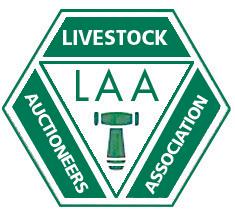




290, 362, 550 27 LOAD-70 Pro (18); JCB 526 (14); JCB 526 -55 (53); JCB 515-40
30 VEHICLES: 2 Ford Transit 350 (18); Merc 818 horsebox; Land Rover 28 QUADS: -Am Traxter (19); Kubota RTV 1140 CPX (13); JD 855 Gator (17); 2 JCB Workmax; Honda TRX500 (18); Polaris Ranger XP700 (06) 48 Bailey 18T (18); 3 Triffitt 12T; Redrock 16T Mono ;
14 BALE
Herbst 32ft (14); Marshall 28ft (21); GPM 26ft 28 STOCK GE GET14WT; 2 IW TA510G c/w decks; 2 IW HB505; Par120 GP TRAILERS: IW LM166 triaxle (23); IW GP126 FORAGE BOX: Krone MX370GL 21 MANURE SPREADERS: Terra Gator 2104 7177hrs; 51); Redrock 28
Lemken Euro 8 5F; Lemken Euro 7X 5F; Greg Bess 5F & 6F; 145 CULTIVATORS: Weaving Multi Disc 4m; Lemken 4m -Till; Agriweld Prevent (19); Vad. Carrier 3m; Heva 3m disc roller; Sumo GLS subsoiler; Cousins Contour 7.4m rollers 33 GRASSLAND: Browns & Einbock
27 DRILLS: Simtech Aitchison
Am. Ultra Profis (14); Am. ZAM 3600 Ultra
EP01 lime (04) 35 SPRAYERS: 5 Frazier Agri buggies; Berthoud 27m; 22 BALERS: McHale Fusion 3; 2 McHale V660; Kuhn 64 MOWJD R950R mo/co; MF DM306 front (20); Kuhn TBE222
27 RAKES & TEDDERS: Claas 3600 4 rotor ; 53
240 HEDGERS, BUCKETS: Agromec HBZ550 (16);
550 STOCK REQUISITES: Teagle Telehawk (18); es; Korte, Murska, Gehl mills; Browns post knocker (20); KWFS root 980 SPARES & WHEELS: 175 GROUNDCARE: 716 PLANT & 668 BUILDING MATERIALS: 60 X 30, 80 X 40 portal

FINAL REMINDER
BI-ANNUAL COLLECTIVE SALE
TOMORROW SATURDAY 23RD MARCH 2024
HEATH HOUSE FARM, CHEDDLETON, NR LEEK, STAFFORDSHIRE, ST13 7DQ


SALE TO INCLUDE
Custom Built New Shepherd Hut
Tractors & Machines - New Holland TS10, Ford 7710 Tractor, HZM Pivot
Steer Loader, Zetor 4011 Tractor, Massey Ferguson, 135 Tractor, Leyland
272 Tractor, McCormick 434 Tractor, Ford 4600 Tractor, David Brown 990 Tractor, Benford 6Ton Dumper, Matbro Loadall
Implements & Trailers - 800 Gallon Slurry Tank, MortL Finger Mower, Marshall 4Ton Tipping Trailer
Vehicles - Land Rover Defender 90, Land Rover Defender 90 100Tdi, Toyota RAV4, Kubota RTV.
NB - No Household Items will be accepted.
Sale to Commence at 10am, Trailers & Implements at 12 Noon Approx, Tractors, Machines and Vehicles 1pm Approx
Enquiries to 07375 105985
TIMED ONLINE AUCTION
29TH MARCH START – 3RD APRIL ENDS
SANDYHILL PARK, MIDDLETON, MATLOCK, DE4 4LR
Large Qty of Building Stone, Bygones, Collectables & Ornamental Stone etc. Register & Bid at grahamwatkins.auctionmarts.com
Tel: 01538 373308


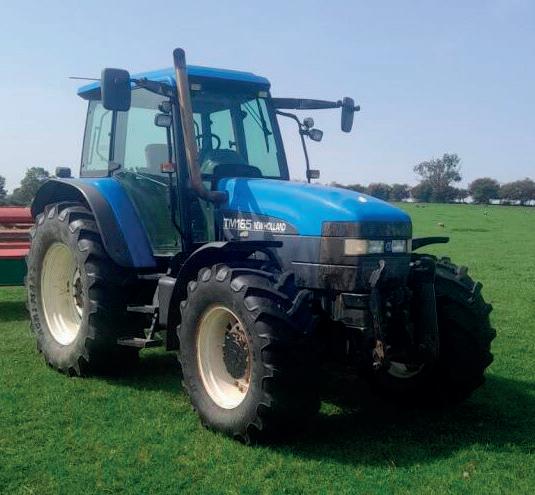


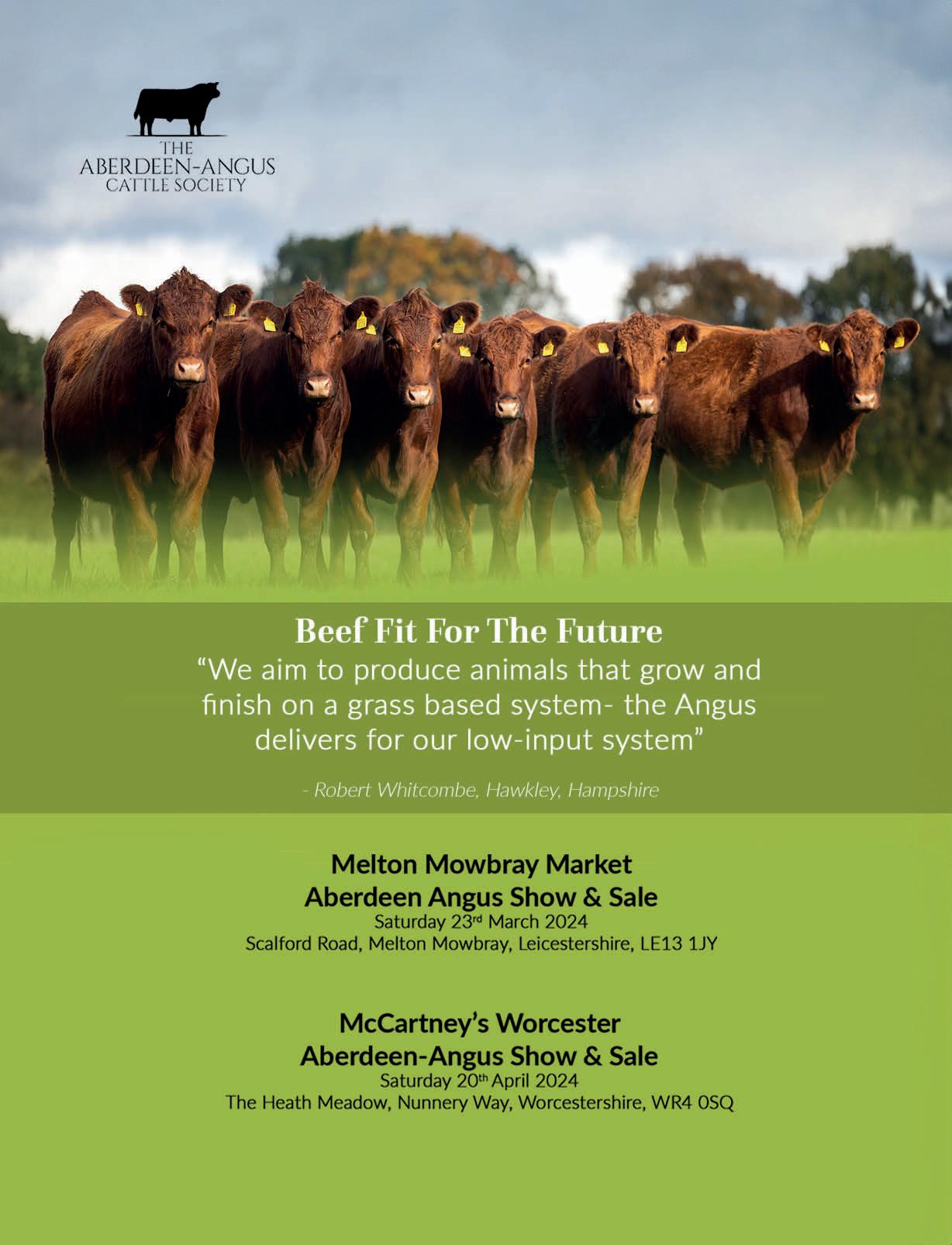


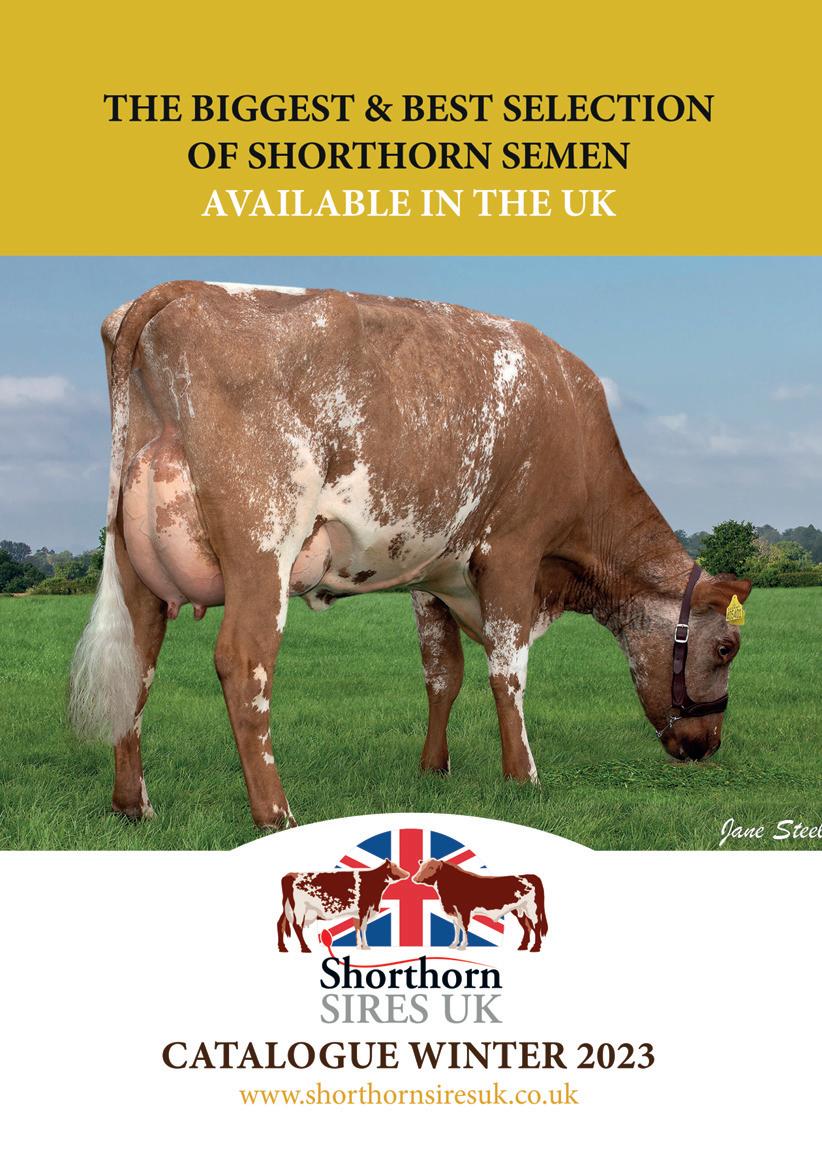












| March 22, 2024 FGbuyandsell.com 50 FGBuyandSell.com
strength
versatility


EXETER LIVESTOCK CENTRE
TUESDAY 7TH & WEDNESDAY
8TH MAY 2024
ENTRIES CLOSE: MONDAY, 8TH APRIL, 2024 12 Noon
TOP QUALITY DORSET HORN & POLL DORSET SHEEP
AVAILABLE FROM BREEDERS ACROSS THE UK
1. Advertisement copy shall be legal, decent, honest and truthful, and shall comply with the British Code of Advertising Practise and all other codes under the general supervision of the Advertising Standards Authority: and shall comply with the requirements of current legislation.
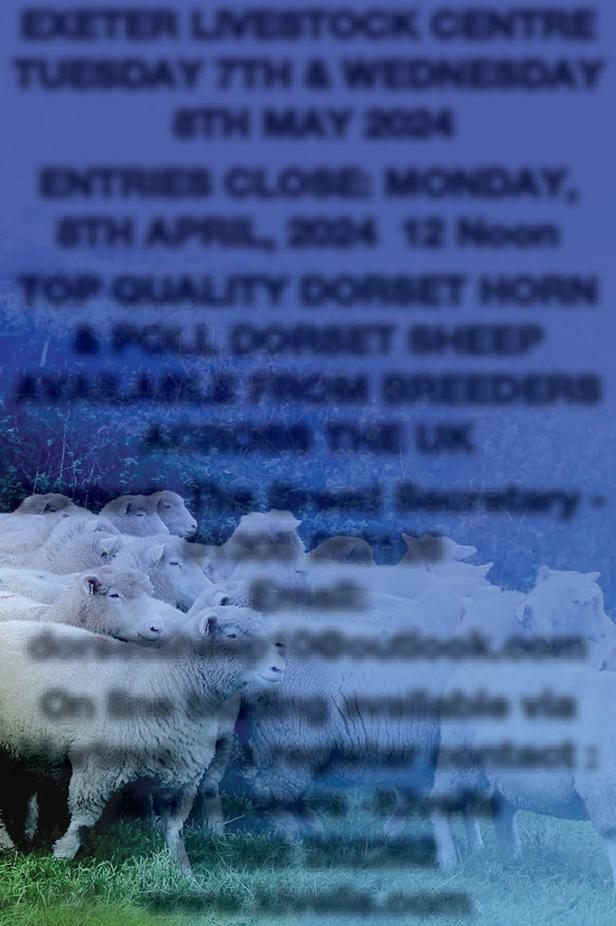
TER LIVESTOCK CENTRE
Contact: The Breed Secretary01305 262126
Email:
dorsetsheep10@outlook.com
DAY 8TH MAY 2024
ENTRIES CLOSE: MONDAY, 8TH APRIL, 2024 12 Noon
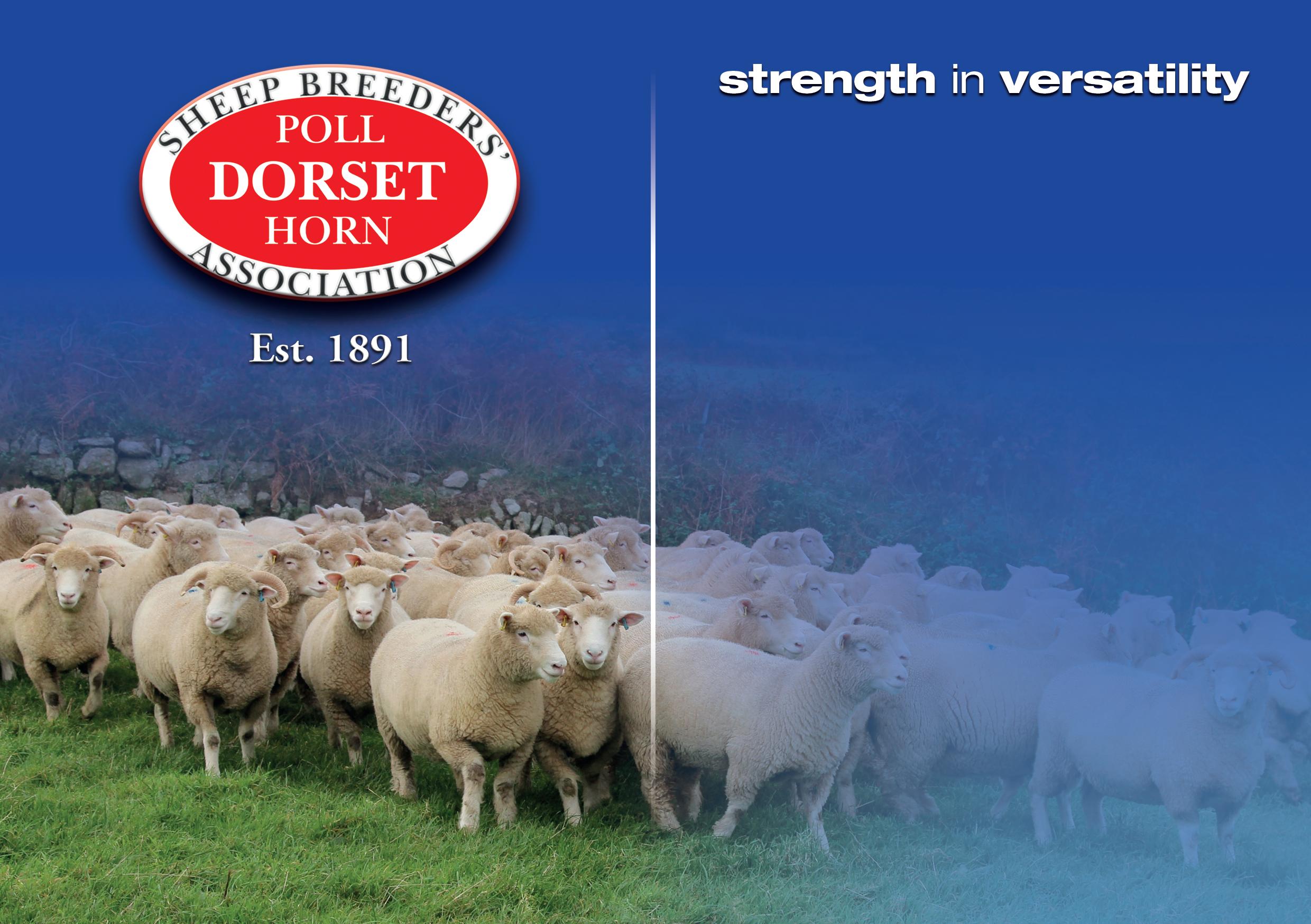
2. While every endeavour will be made to meet the wishes of advertisers, the publisher does not guarantee insertion of any particular advertisement.
3. In the event of any error, misprint or omission in the printing of an advertisement or part of an advertisement the publisher will either reinsert the advertisement or relevant part of the advertisement as the case may be, or make a reasonable adjustment to the cost. No reinsertion, or adjustment will be made where the error, misprint or omission does not materially detract from the advertisement. In no circumstances shall the total liability of the publisher for any error, misprint or omission exceed
DORSET HORN & POLL DORSET SHEEP AVAILABLE FROM ACROSS THE UK
a) The amount of a full refund of any price paid to the publisher for the advertisement in connection with which liability arose. OR
b) The cost of a further corrective advertisement of a type and standard reasonably comparable to that in connection with which liability arose.
The Breed Secretary - 01305 262126 10@outlook.com
4. The publisher reserves the right to withdraw, amend or alter any advertisement it considers necessary.

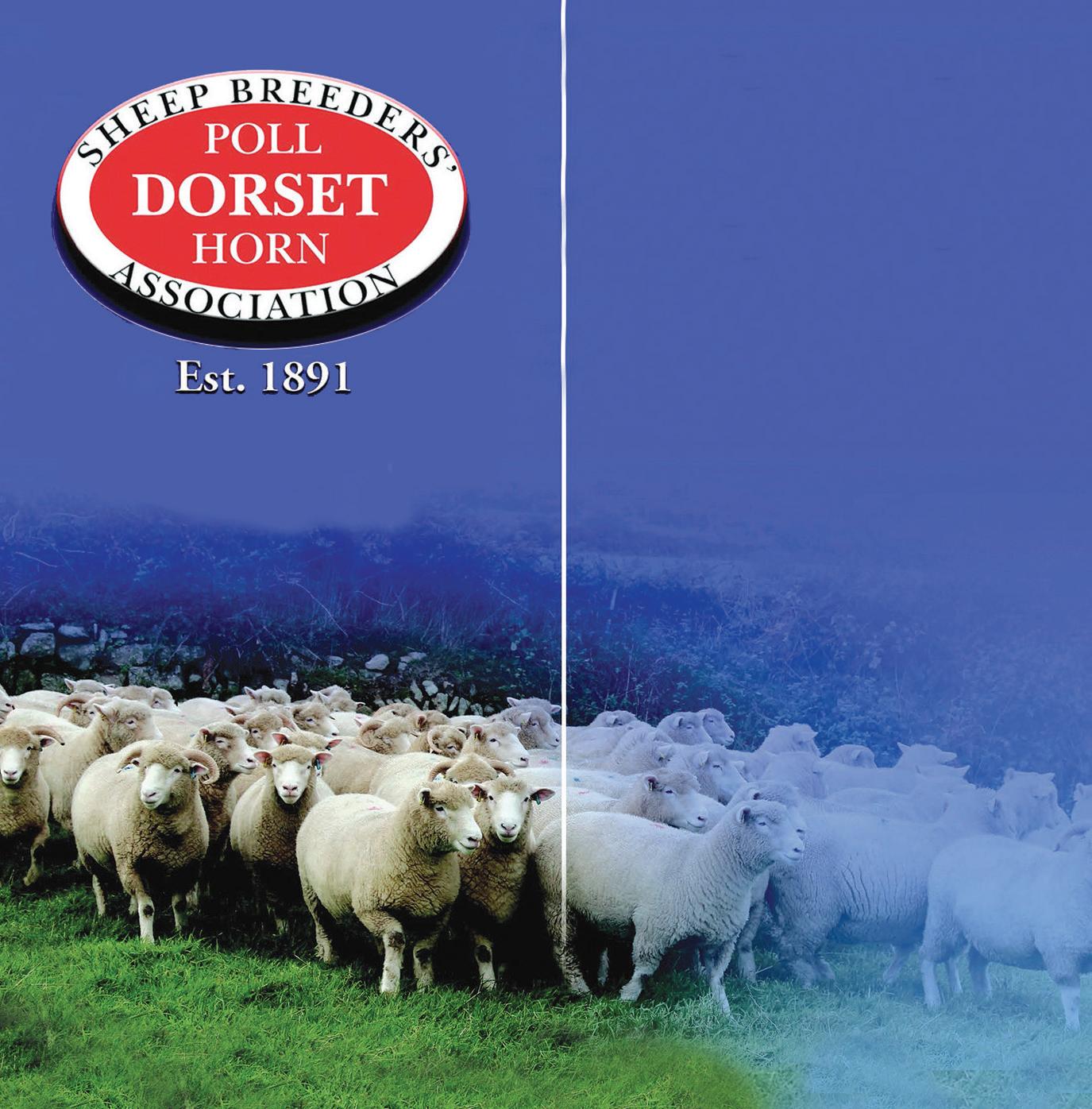


t: 01404 47863
On line bidding available via Marteye. To Auctioneers -Kivells 01392 .kivells.com
5. Cancellations or advertisements are accepted providing they comply with the cancellation deadlines which are published at regular intervals.
6. Advertisement orders are issued by an advertising agency as a principal and must be on the agencies official form (when copy insutructions not constituting an official order are issued they must be clearly marked at the head “Copy Instructions – not an order”.
e: dcbs@redrubydevon.co.uk
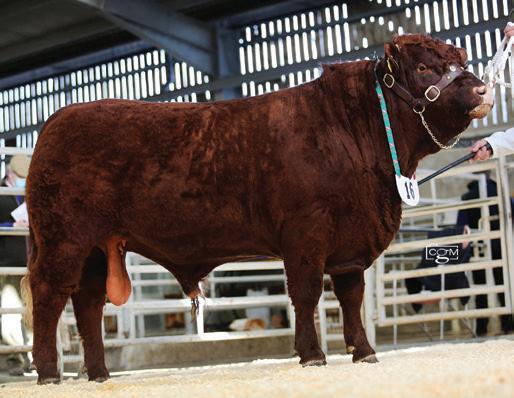
£500
Something for
Stock
Society Show & Sale of pedigree registered Red Ruby Devons
Tuesday 26th March 2024 - Show 10:30am & Sale 12:00
Sponsors Shearwell Data & Harper Farm Supplies
Sedgemoor Auction Centre J24 M5
Catalogues will be available from GTH
www.redrubydevon.co.uk
The

7. Advertising Agency commission will only be granted to those Agencies who are currently recognised by the Newspaper Society at the time of placing an advertisement order and copy. The rate of commission is determined by the publisher.
8. When credit is allowed payment is due within 7 days. Monthly accounts are due in full each month. “We reserve the right to charge additional costs and interest for non payment within our credit terms”.
9. Only standard abbreviations are permitted by the publisher. List available on request.
10. Classified display advertisements must be at least 3cms in depth for every column wide, and the minimum size of any advertisement is 2 lines.
11. Every endeavour will be made in order to forward replies to box numbers to the advertisers, as soon as possible after receipt by the publisher, but the publisher accepts no liability in respect of any loss, or damage alleged to have arisen through delay in forwarding or omitting to forward such replies, however caused. Circulars and the like should not be distributed through publisher’s box number facility.
Call


Established animal nutrition manufacturer is looking to expand its direct-to-farm agent network and welcomes approaches from established agents who may wish to add to their existing portfolio. Please submit your expression of interest by quoting ref SA24 to FGclassified@agriconnect.com
GENERAL FARM WORKER
Required for a mixed family run farm in the Fylde/Preston area, good conditions and equipment. Must have vehicle and tractor licence. Full time or flexible working hours. Accommodation available if required.
Email CV to m.tomlinson123@btinternet.com
LKL’s CURRENT VACANCIES
• Herdsperson, Surrey, 330 cows
• Herd Manager, Wiltshire, 350 cows
• Herdsperson/2IC, North Leicestershire, 300 cows
Relief Herdspersons Nationwide LKL provides the perfect solution for finding the very best herd carers and managers. Visit our website for a full list of our current vacancies.
Web: www.lklservices.co.uk Tel: 01722 323546





Agriconnect is a business unit within the Arc network, a global events, data, and media platform. Arc is a fast-growing global events, data, and media platform with a varied portfolio content led portals, magazines, and events.
Since 1844, the brands of Agriconnect have been the trusted source of information for farmers and with brands like Farmers Guardian, events, like LAMMA and Farm Business Innovation, and digital platforms, like FG Insights, Agriconnect continues to bring together the British farming community.
• We are now looking for a motivated and driven salesperson to join our Sales team.
• The main function of the role is to develop business through growth in revenue, yield, and to increase customer numbers. You will be required to identify new opportunities and influence companies’ media buying habits within the agricultural sector. Due to the ever-changing nature of the industry, this person will have the ability to spot new avenues and exploit market trends.
Hours: 35 hours per week – Mon – Fri
• Location: Preston – temporary hybrid remote
• Salary: Competitive, dependant on experience.
• Own, support and fully develop specific market sectors
• Conduct sales presentations by telephone, email or face to face to existing and prospective clients in order to develop existing business and generate new business wherever possible.
• Advise existing and new customers on the most effective solution to meet client needs within the Agriconnect portfolio.
• Continually seek and develop new sales & opportunities.
• Ability to accurately forecast future sales
• Keep abreast of all current trends, activities and relevant news within agriculture and specific sector
• An interest in agriculture
• Highly motivated & driven, with an ability to meet ambitious performance goals
• Be enthusiastic and motivated to continually explore new opportunities, whilst possessing a natural inquisitive nature
• Excellent communication written and interpersonal skills
We offer an excellent package including:
• A competitive basic salary
• 25 days holiday increasing to 27 after two years
• An extra day off on your birthday
• Free life assurance
• Contributory pension scheme
• Employee assistance programme
Arc has ambitious plans for growth, and this is an opportunity to be part of our continuing success story whilst enjoying a fabulous work/life balance. We strive to create a culture that is open and respectful, where differences are valued and celebrated. We want everyone to be able to reach their full potential, so we are committed to cultivating a company that promotes inclusion and belonging.

Location: Danby, Whitby
Salary: £24,000
Closing date: 31 Mar 2024


Are you passionate about agriculture?
Do you strive to make a difference?
With a love for the farmed environment, you’ll enjoy working with nature & livestock and want to inspire and motivate others. Reporting to the Agricultural Lead, you’ll be primarily responsible for looking after the daily needs of the farm’s livestock, which include the dairy herd, sheep flock and beef herd as well as duties within arable enterprise.
Locations & Travel:
Botton Village (Danby, North Yorkshire)
Botton predominantly comprises extensive acreage of productive farmland intertwined with sizable expanses of woodland. An environmentally conscious site, Botton has proudly held organic certification since 1955, a testament to its steadfast commitment a to organic farming practices. The farmland itself is a mosaic of improved pasture and lower-quality agricultural moorland edge land.
Larchfield (Middlesbrough)
Larchfield is an extensive mixed farm on the outskirts of Middlesbrough, with extensive hedgerows, wooded areas and traditional orchards, all interspersed by residential properties.
As Herdsperson, you will be based at Botton, however you will be expected to travel to our community in Middlesbrough.
For more information on any of these vacancies or to see all our current roles, please go to: JobsInAgriculture.com
John I Forbes & Partner, Slains Park Farm, Kinneff, Angus, DD10 0SY.



Employer: Farms for City Children
Location: Gloucestershire
Salary: £38,000
A new opportunity has arisen for a full-time Farm Operations Manager to join our worthwhile charity, which exists to remove the barriers that prevent children and young people having meaningful access to the natural world. Through a week on one of our three heritage farms, Nethercott House in Devon, Lower Treginnis in Pembrokeshire and Wick Court in Gloucestershire, children and young people experience increased learning and engagement, improved connections and wellbeing and leave us with enhanced environmental citizenship. Visiting children are immersed in the natural world of countryside through a food and farming offer that allows them to participate in the seasonal tasks of the day: sowing, growing and harvesting in our kitchen gardens; caring for livestock and looking after the land; and cooking up a home-grown feast in the farmhouse kitchen. Spending time working alongside real farmers fosters children’s independence and helps them to grow in confidence, develops their self-esteem, and encourages them to become more resilient. In partnership with our commercial farming neighbours, children experience the benefits of collaboration, enjoy plenty of physical activity, good food, and fresh air, and discover the magical rural environment that is full of new words, sounds and experiences to inspire their creativity.
This is a hands-on role responsible for the management of the farm, including buildings, equipment and livestock at Wick Court, a 50-acre smallholding raising pigs, beef cattle, poultry and sheep.
The role will set and deliver the direction of the land management of the farm. It will ensure that animals are cared for in line with the charity Animal Welfare policy and that biosecurity measures keep our beneficiaries and animals safe. The postholder will spend a proportion of their time delivering fun and educational sessions on the farm to the young people we work with.
The Farm Operations Manager is an integral role and as part of the operations team, will support also maintenance and management of the 16th century manor house, and may be asked to support all areas of operations of the charity at Wick Court.
The successful post-holder will have experience working directly with livestock, including administering veterinary medications, and lambing. They will be passionate about nature friendly farming and be looking for environmentally sensitive ways of managing the land for food production. They will also have experience working in partnerships, managing budgets and suppliers.
Be responsible for all farming operations at Wick Court, currently a smallholding raising pigs, poultry, sheep, including managing equine and our horticultural enterprise
• With the Farm School Manager, develop and deliver a sustainable and environmentally sensitive land management strategy for Wick Court
• Work closely with the Farm School Manager to ensure the farming environment and farming activities for visiting children are safe, stimulating and purposeful
• Oversee and lead on animal husbandry, ensuring animal welfare standards are maintained in line with our policies, and further developing our veterinary health plans and procedures
For more information on any of these vacancies or to see all our current roles, please go to: JobsInAgriculture.com










Ltr Fabdec
8,000 Ltr Roka Silo
6,750 Ltr Delaval (holds 7,000 Ltrs)
6,000 Ltr Roka
6,000 Ltr Fabdec
5,000 Ltr Packo
5,000 Ltr Mueller Model “O”, 5,000 Ltr Roka
4,000 Ltr Mueller
4,300 Ltr Mueller Model “P”,
2 x Refurbished 1T Ice Builder suitable for 10/12,000 Ltrs every other day
Refurbished 1.3T Ice Builder suitable for 16,000 Ltrs every other day
Refurbished 1.5T Ice Builder suitable for 18/19,000 Ltrs every other day
Smaller bulk tanks available, emergency open & enclosed, loan tanks available to rent, main dealer for new Ro-ka milk cooling systems.
NOVA
Ashley:
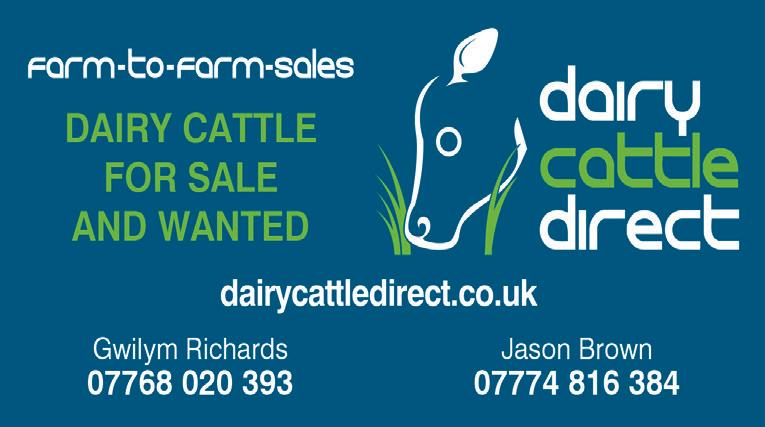
Holstein Freisian Bulls For Sale


For further details please call S.W Refrigeration specialising in “On Farm cooling Equipment” 01392 210344 or Paul on 07974 140949



Milkmade2000
Feeds


Has a selection of working bulls and bulling heifers for sale
From a closed herd. Easy Calving.
Telephone: 01978 780368 or 07986 113221 Wrexham (P)




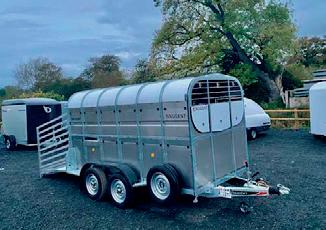
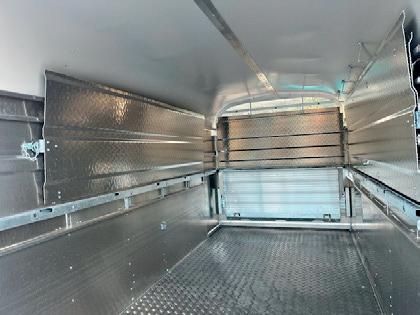





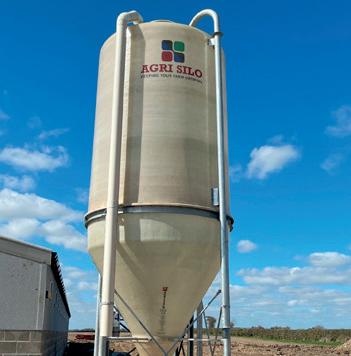





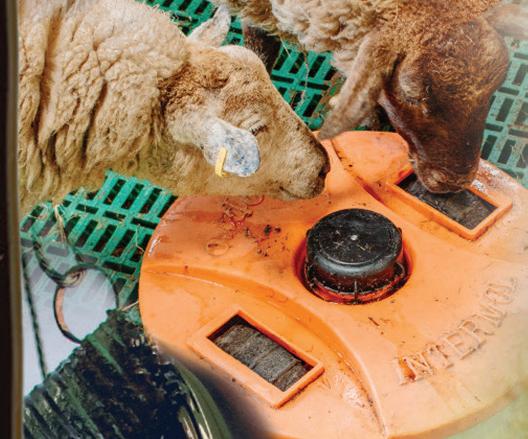





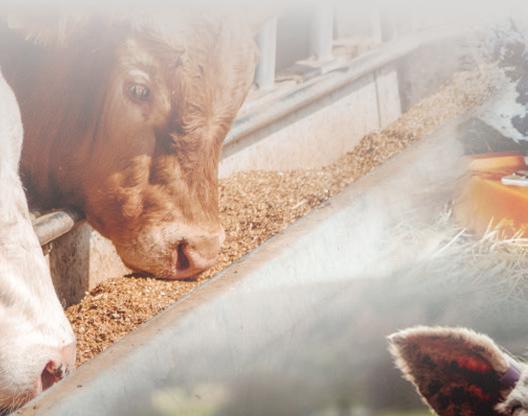



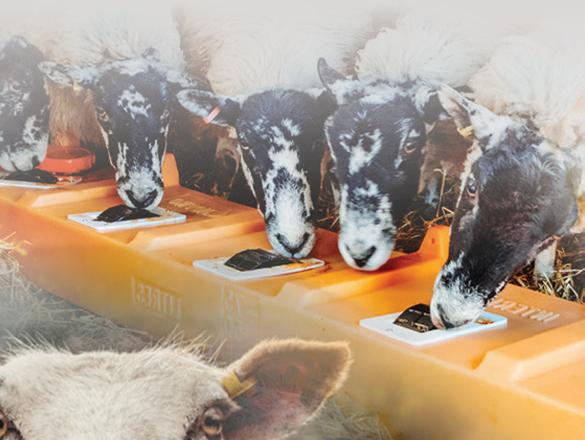
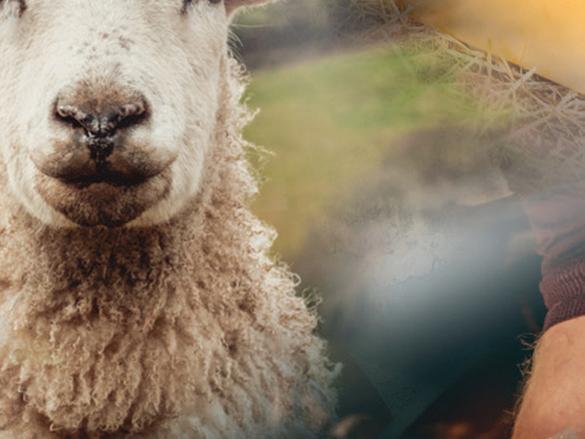

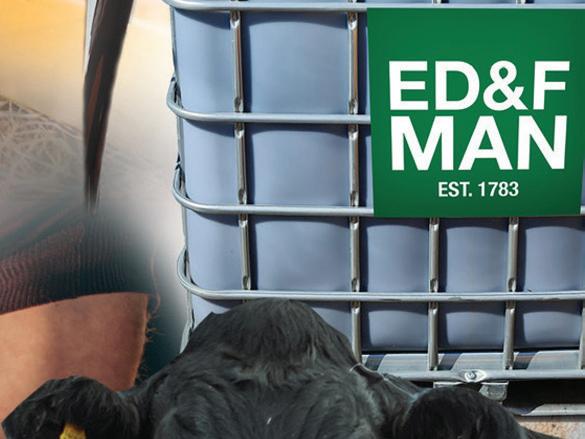


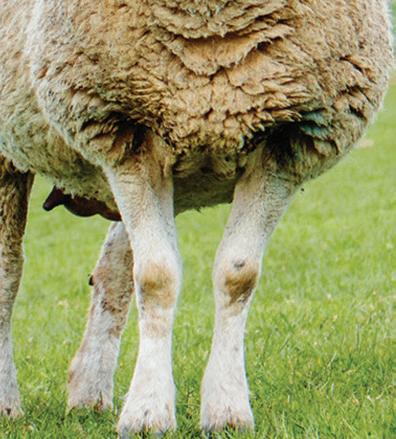

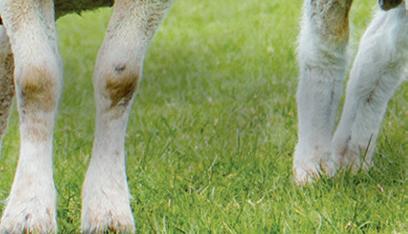
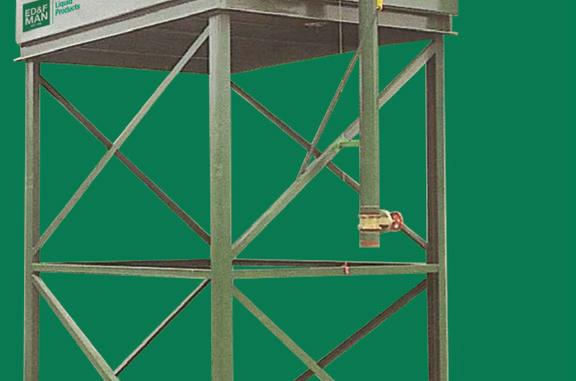




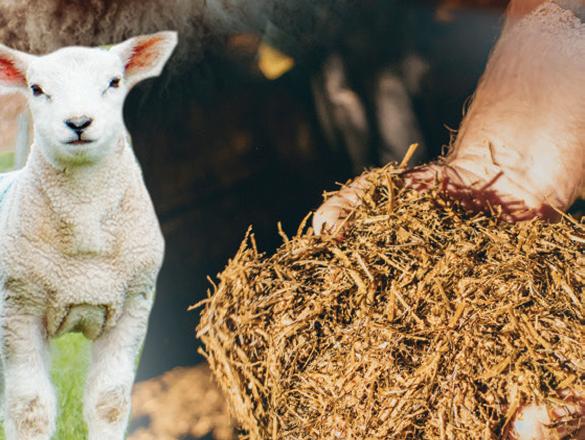












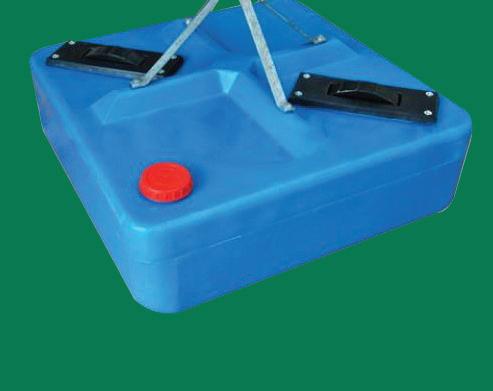


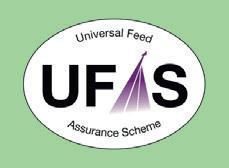
One Tonne Bags Delivered UK & Wales
Biscon Meal (Approx. 12% Protein/14 ME) £245 del
Cereal Mixture (Approx. 14% Protein/13 ME) £265 del Cereal Blend (Approx. 16% Protein/13 ME) £285 del
Mixed Pellets (Approx. 18% Protein/13 ME) £305 del NEW STORE IN CUMBRIA
One Tonne Bag Collections
Mixed Pellets (Approx. 18% Protein/13 ME) £275 ex store
Biscon Meal (Approx. 12% Protein/14 ME) £225 ex store
CALL NOW 01949 844700
CALL NOW 01949 844700

www.midlandfeeds.co.uk
www.midlandfeeds.co.uk R.F FIELDING
Hay & Straw for Sale in all types of Bales. Good quality. Reasonable prices.
TEL: (01625) 531629 OR (01625) 522249

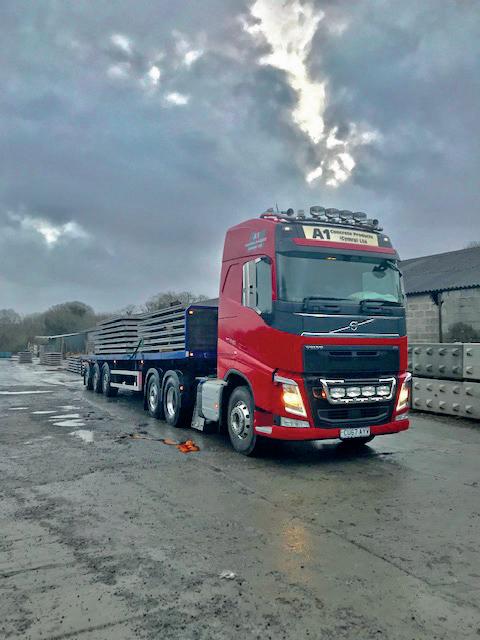

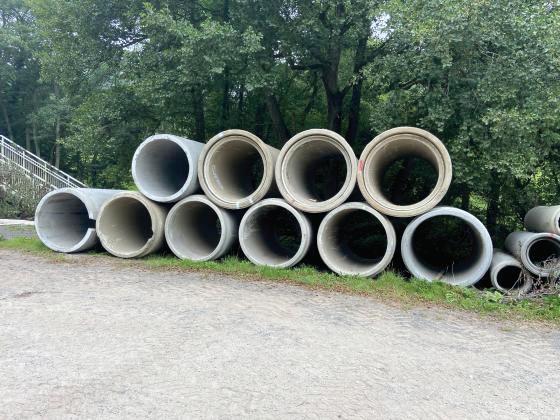












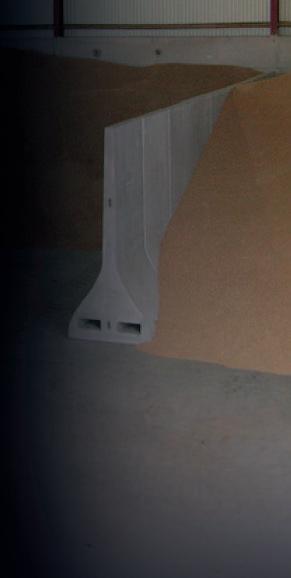








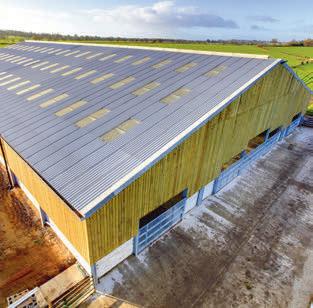







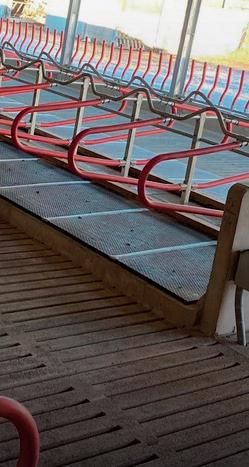













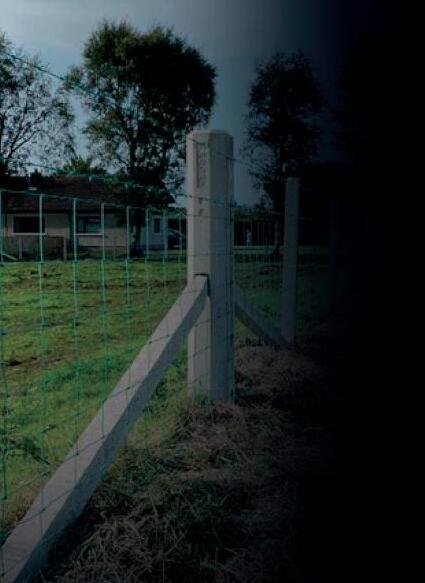











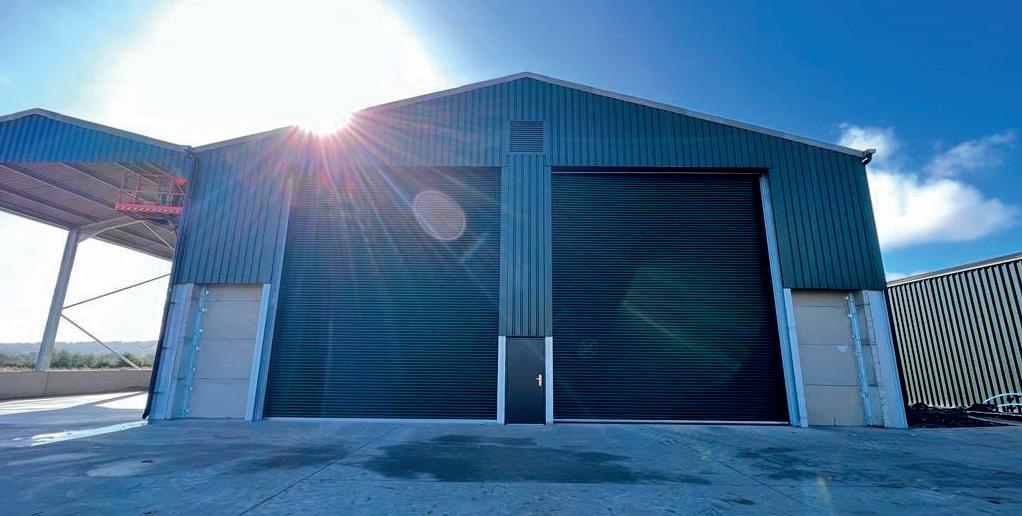








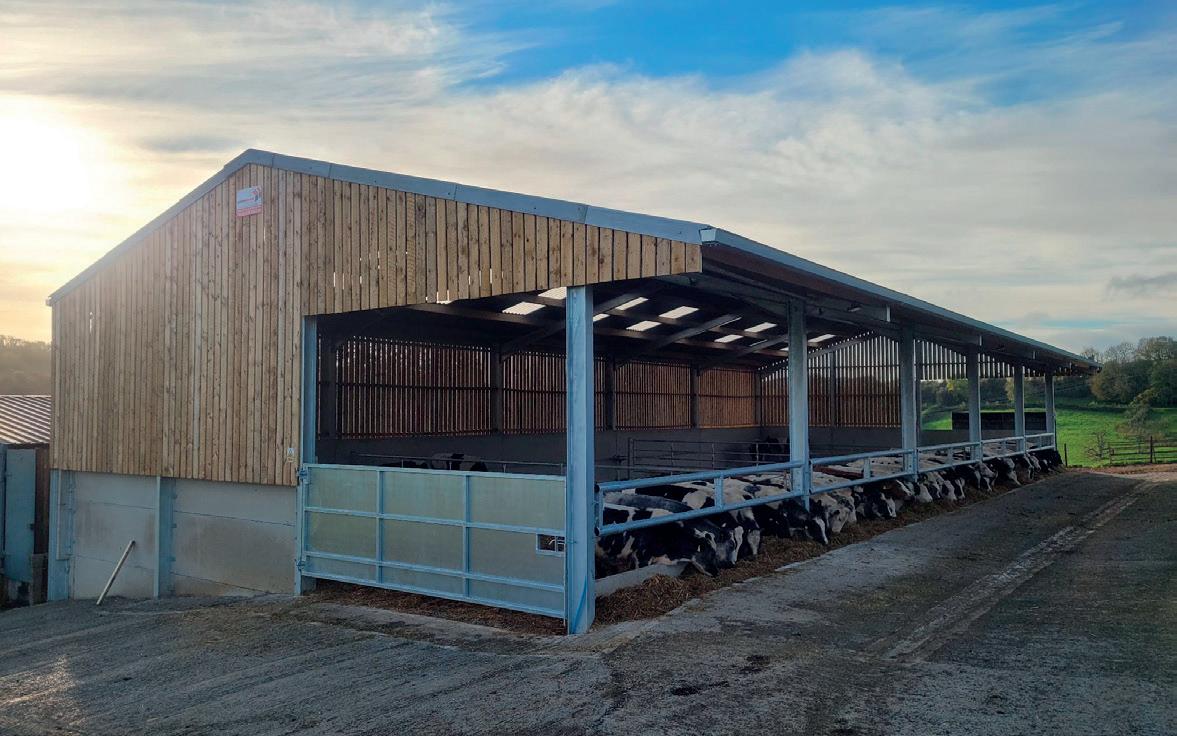





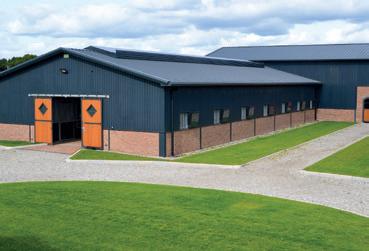


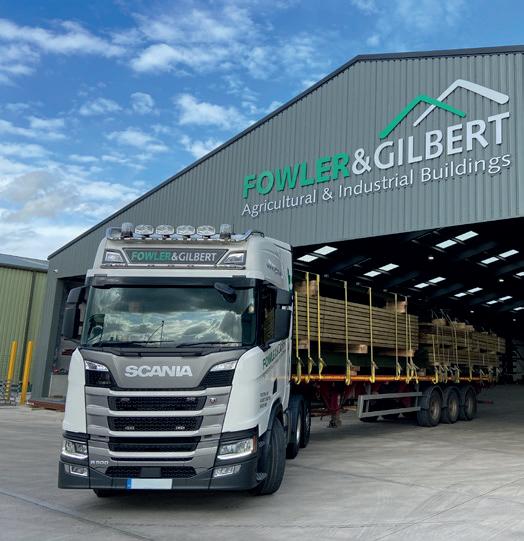

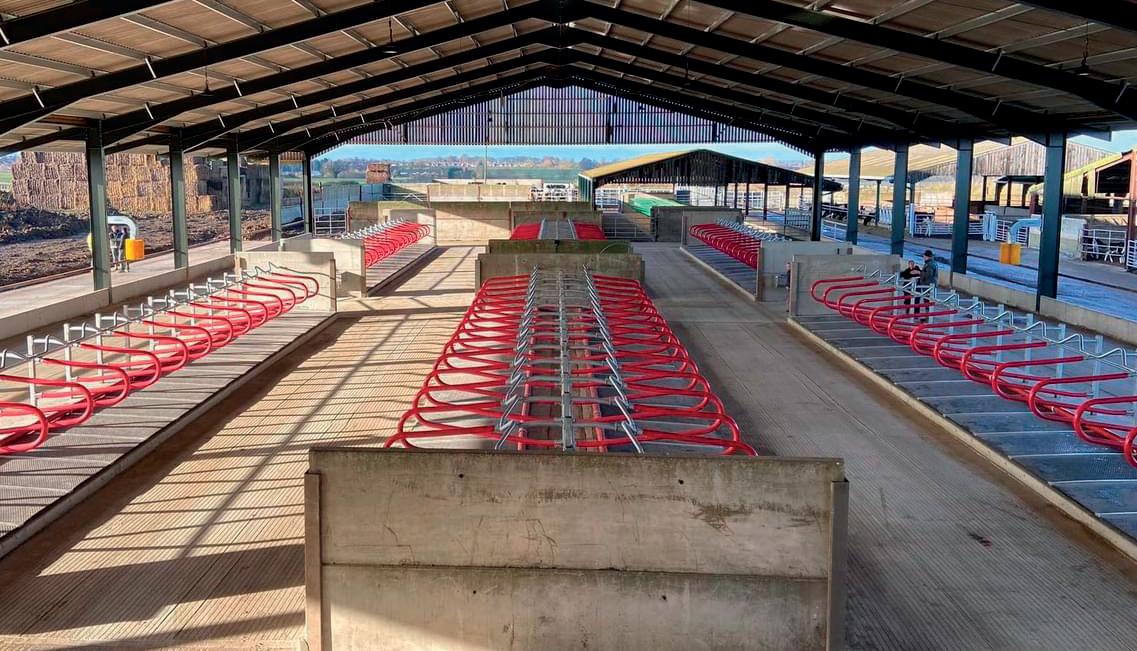

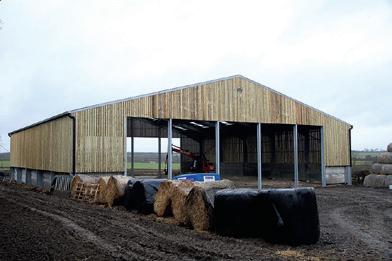
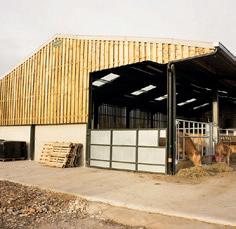
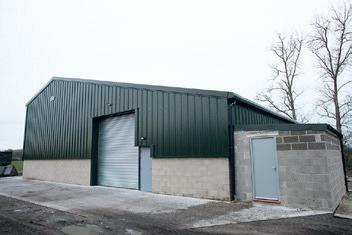




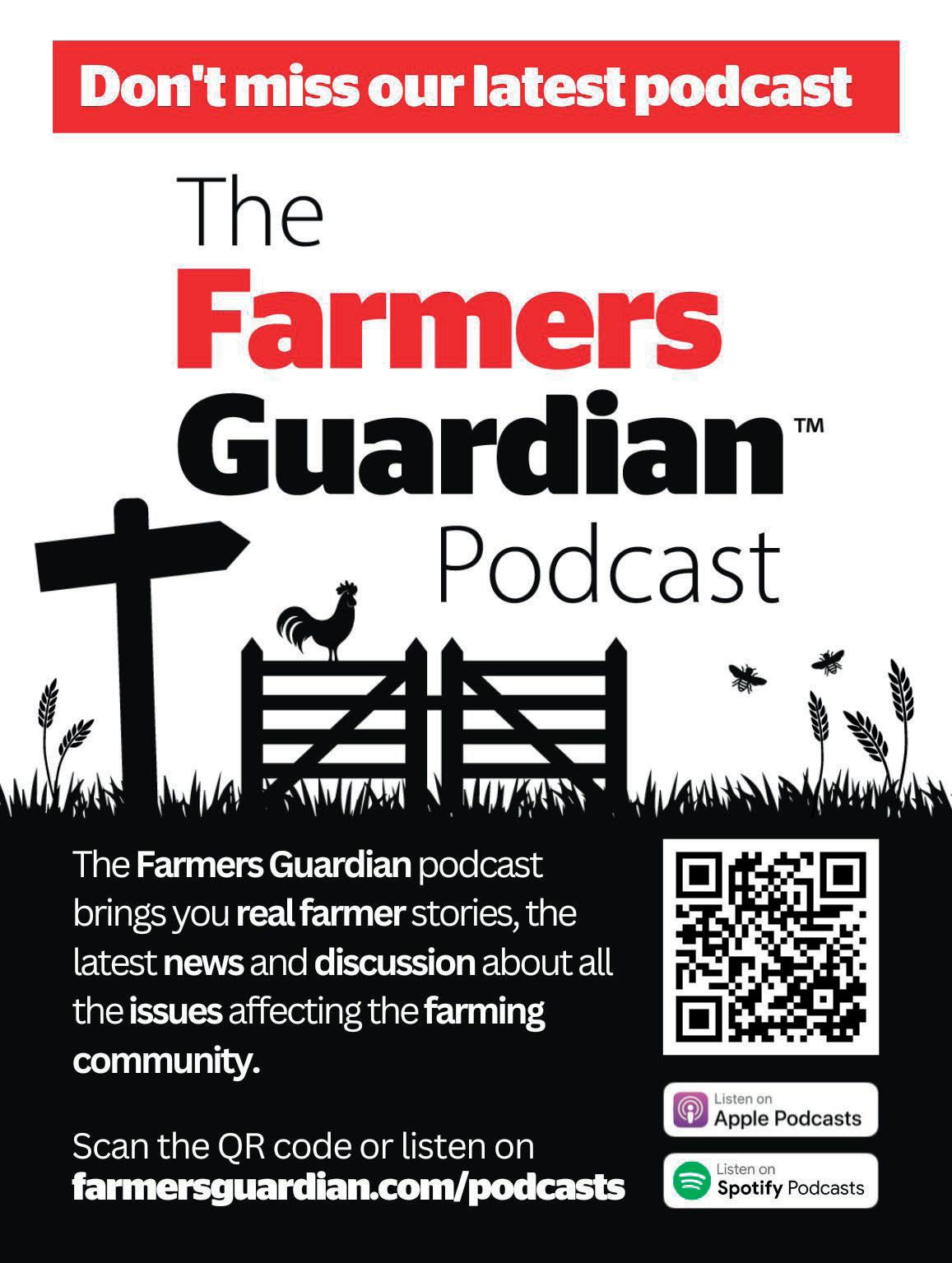





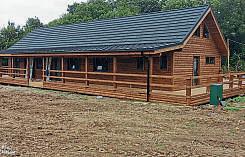





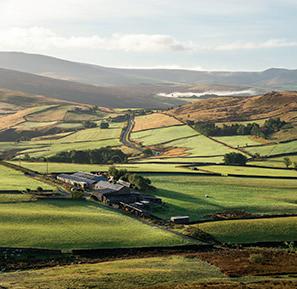
While you are busy with day-to-day farming duties it can be daunting keeping control of your wider business, from finances and employees to regulation and opportunities – all of which require attention to ensure your farm’s sustainability.
Here are some top tips on how to sculpt a resilient business:
■ Achieve your farm’s ‘optimum’: This is the point at which a farm is most efficient and profitable based on available resources.
Taking on more stock can have a negative impact on the bottom line because it incurs additional costs, making expanding potentially counterproductive.
Among other things you must consider are labour and skill-set, land availability and use, subsidies, stocking rates, infrastructure and machinery, fodder and nutrition, slurry and silage storage, accessibility to contracts, existing and future finances, cashflow and variable/fixed costs, property valuation and taxation.
■ Finding the ‘optimum’: A farmer’s knowledge is undoubtedly valuable, however, you cannot do it alone. A racehorse owner employs a trainer, jockey, vet and physio, to get the best results from their horse.
You are the owner and need to seek advice to help you realise your farm’s potential.
Currently, the Animal Health and Welfare Review provides funding for a vet’s visit, while the Future Farming Resilience Fund offers free advice on adapting businesses during the agricultural transition period.
■ Future compliance: With SSAFO, Environment Agency and animal welfare regulations constantly under review, ensuring your farm is compliant is challenging. To remain compliant it is important to recognise what investment is required and keep abreast of funding opportunities.


The Countryside Stewardship Capital Grant provides funding to modify existing infrastructure and other grants for the likes of livestock housing and slurry stores come and go.
If no grants are available you can stagger work to make it affordable or seek a loan.
■ Equipment and technology investment: Work smarter, not harder and become more efficient by investing in modern equipment under the Farming Equipment and Technology Fund, which provides 50-60 per cent grant funding on a range of items that enhance productivity, slurry and animal welfare, with a 20 per cent top up available with veterinary support.
■ Replacing the Basic Payment Scheme (BPS): The Sustainable Farming Incentive (SFI) is proving to be a suitable land-based subsidy, allowing you to farm while generating a worthwhile income.
On a 112-hectare (277-acre)dairy farm I have recently secured £20,250 under the SFI (BPS was £26,000). The works have also increased its regenerative farm bonus by £5,000.
■ Planning permission: Use your permitted development rights where available as this process is cheaper, quicker and often more straightforward than applying for full planning.
Holly Wybergh is a rural surveyor and registered valuer at Edwin Thompson. Call 01228 548 385, or email h.wybergh@ edwin-thompson.co.uk
Land

Land off Salter Lane
Lower Withington, Macclesfield, Cheshire SK11 9ED
For Sale by Informal Tender a well located block of land suitable for mowing, grazing or arable cropping including maize, plus a small area of woodland and pond comprising of 36.17 acres (14.64 ha) split into three field parcels to be sold as one Lot. Two parcels are currently grass ley and one maize stubble.
Closing date for offers to be received is by 2nd April 2024 at 4pm
Guide Price of £450,000
Contact: 01782 522117 or george.pullin@whittakerandbiggs.co.uk john.wilson@whittakerandbiggs.co.uk www.whittakerandbiggs.co.uk
Approx 64 acres (26ha) Well fenced, level ground seasonally wet. Suitable for 12 – 18 head of cattle. May suit traditional native breeds.
Terms negotiable -payment available.
For further information contact: patricia.turnock@norburypark.co.uk
Norbury Park Estate, Gnosall Stafford.
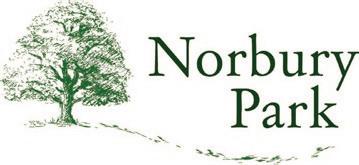


Ardleigh, Colchester, Essex
• The property is subject to an agricultural occupancy restriction
• Rural position adjacent to a working farmland
• Five bedrooms (two en-suite)
Contact: 01206 263007 leavenheath@davidburr.co.uk www.davidburr.co.uk
5-15 acres for approx 50 shearlings.
Ashbourne/ Buxton area.
Tel: Sam Brough 07966 737729 (P)
SUMMER GRAZING
Wanted. Bury/Haywood or surrounding areas.
Tel: 07950 102180 (P)
For up to 100 Cattle in one or more lots.
Good fertilized grass. Animals checked daily
Tel: 07766
475799 Midlands (P)
We take a farmercentric approach to media. Our job is to help farmers run their farms more efficiently and make better purchasing decisions






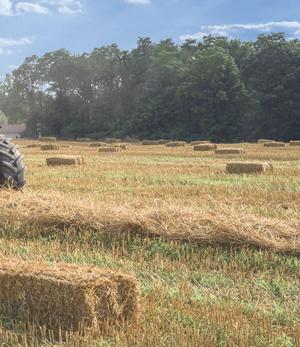









Farmers Guardian, Fginsight.com and fgbuyandsell.com (hereinafter referred to as ‘Farmers Guardian) may contain advertisements, links to other Internet websites or online and mobile services provided by independent third parties, including websites and telephone contacts of our advertisers and sponsors (what we call “Third Party Sites”), either directly or indirectly.
It is your decision whether you purchase or use any third party products or services made available on or via Third Party Sites and you should read below carefully. Our Privacy Policy does not apply to Third Party Sites. In no circumstances do we accept responsibility for your use of Third Party Sites or in respect of any Third Party products. By Third Party Sites we mean websites, online or mobile services provided by third parties, including websites of advertisers and sponsors that may appear in Farmers Guardian. By Third Party Products we mean products or services provided by third parties. Farmers Guardian contains advertising and sponsorship. Advertisers and sponsors are responsible for ensuring that material submitted for inclusion on Farmers Guardian complies with international and national law. Farmers Guardian (nor its websites) is not responsible for any error or inaccuracy in advertising or sponsorship material.
Any agreements, transactions or other arrangements made between you and any third party named in, on (or linked to from) in Farmers Guardian and its websites are at your own responsibility and entered into at your own risk.
Farmers Guardian promises to develop and operate with reasonable skill and care and will use reasonable efforts to promptly remedy any faults of which it is aware.
Farmers Guardian does not provide any other promises or warranties about its products and services. Farmers Guardian is provided on an “as is” and “as available” basis. This means that Farmers Guardian does not make any promises in respect of Farmers Guardian or the services and functions available on or through Farmers Guardian, Fginsight.com and fgbuyandsell.com or of the quality, completeness or accuracy of the information published on or linked to from Farmers Guardian, Fginsight.com and fgbuyandsell.com other than as expressly stated above.
The above disclaimers apply equally to your use of Farmers Guardian, Fginsight.com and fgbuyandsell.com without limiting the above; Farmers Guardian and its websites are not liable for matters beyond its reasonable control. Farmers Guardian does not control third party communications networks (including your internet service provider), the internet, acts of god or the acts of third parties.
Farmers Guardian liability will not be limited in the case of death or personal injury directly caused by Farmers Guardian negligence in those countries where it is unlawful for Farmers Guardian to seek to exclude such liability.
Any individual, who is in doubt about entering into a loan agreement, should seek professional advice or consult an authorised person who can assist in relation to entering into a credit agreement. Before acting on any information you should consider the appropriateness of the information having regard to these matters, any relevant offer document and in particular, you should seek independent financial advice.
All loans, loan participations and financial products or instrument transactions involve risks, which include (among others) the risk of adverse or unanticipated market, financial or political developments and, in international transactions, currency risk. Lending against nontraditional physical collateral exposes investors to specific risks such as the potential for fraud, theft, damage and illiquidity.
E www.middlefarm4x4s.co.uk
T Brian Robinson 07740 683113

2019 TOYOTA HILUX ACTIVE SINGLE CAB, WHITE WITH CANOPY AND TOW PACK 88000 MILES. WILL BE SOLD WITH A 12 MONTH TOYOTA WARRANTY £POA DUE IN
2018 TOYOTA HILUX ACTIVE DOUBLE CAB, CANOPY AND NEVER TOWED, BLACK 27000 MILES VERY TIDY OUTSIDE INSIDE AND UNDERNEATH, ONE OF THE BEST I’VE HAD IN £POA
2019 TOYOTA HILUX ICON DOUBLE CAB, BLACK WITH CANOPY, TOW PACK USUAL ICON SPEC 63888 MILES BFG ALL TERRAIN TYRES, SOLD WITH A TOYOTA WARRANTY £POA
2019 TOYOTA HILUX ACTIVE DOUBLE CAB, GREY, CANOPY AND TOW PACK TIDY, PRICED TO SELL £POA
2019 TOYOTA HILUX ACTIVE DOUBLE CAB, WHITE 30000 MILES NEVER TOWED ALTHOUGH A TOW BACK CAN BE FITTED, AGAIN £POA
2020 TOYOTA HILUX ACTIVE SINGLE CAB, BLACK 30000 MILES TOW PACK UNDER PREPARATION £POA
2019 TOYOTA HILUX INVINCIBLE X DOUBLE CAB AUTOMATIC, TOP OF THE RANGE MODEL WITH EVERY ACCESSORY ALSO HAS A TOYOTA WARRANTY UNTIL FEBRUARY 2025.
UNDER PREPARATION £POA
2018 TOYOTA HILUX ACTIVE DOUBLE CAB, GREY 39500 MILES CANOPY AND TOW PACK 4 AS NEW BFG ALL TERRAIN TYRES, DUE IN THIS WEEK £POA


















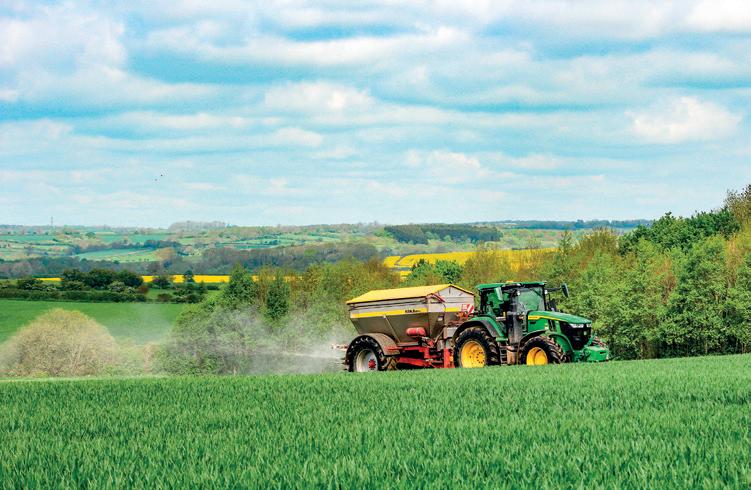
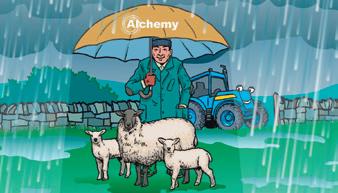
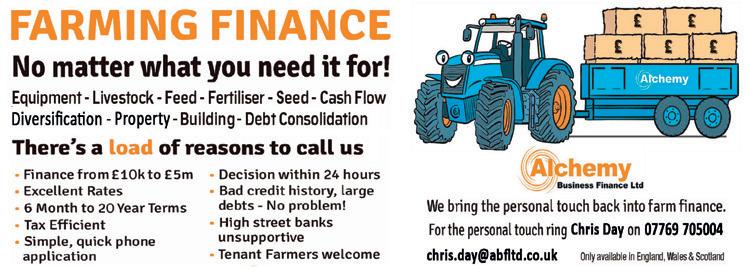


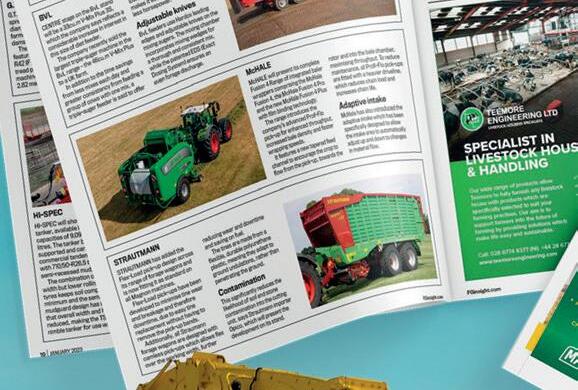

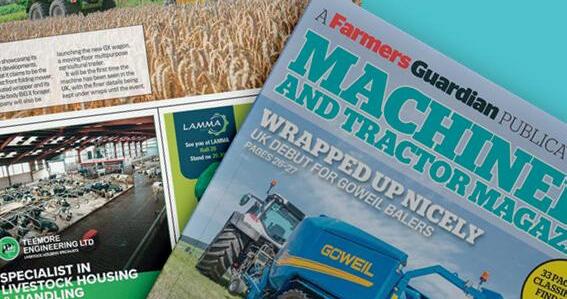


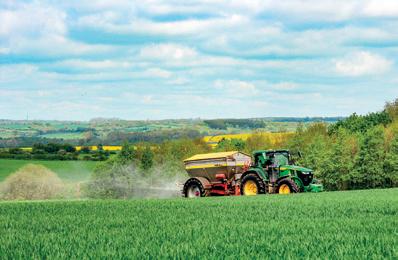



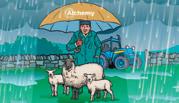




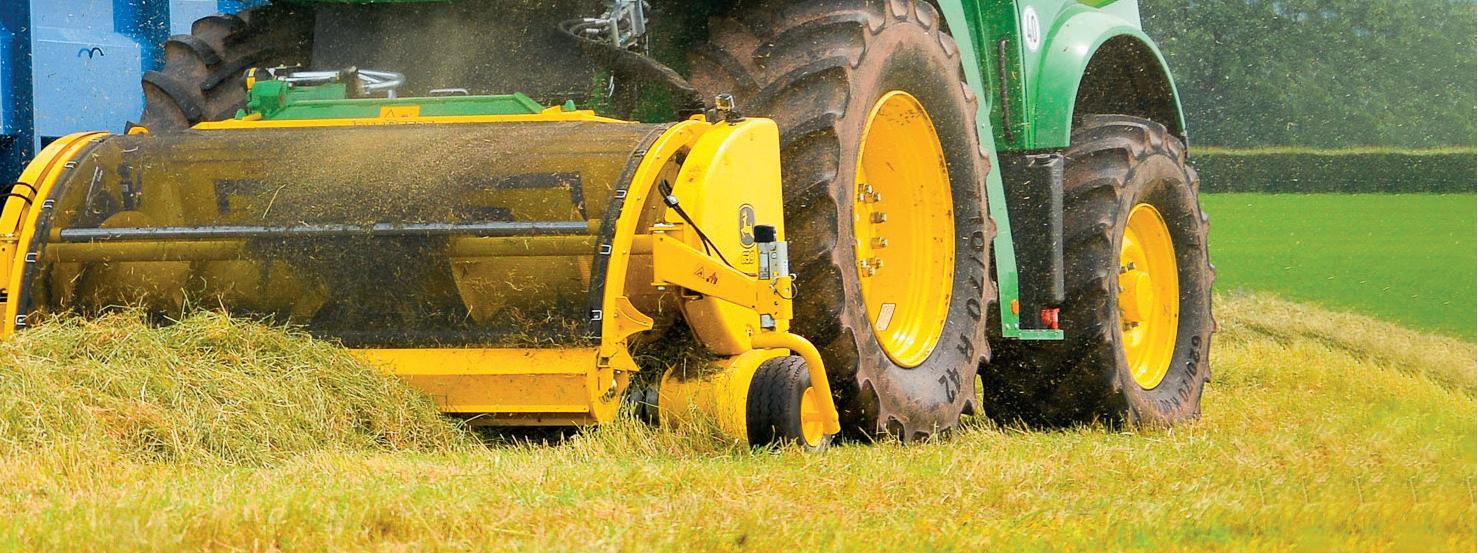
07583 054 831 – toby.whatley@agriconnect.com
John Deere recently announced a new generation of its 5M series, with a range-topping 5M130 boosting to a maximum engine output of 135hp.
Integrated auto steer and guidance systems have traditionally only been a feature of premium high-specification tractors, but as the sector grows manufacturers continue to incorporate such systems into their traditionally utilitarian models.
John Deere has often been at the forefront of guidance-based systems in agriculture and, as generations of tractors develop, manufacturers now tend to include more precision farming features across the range.This latest model is no different, incorporating more integrated technology than previous variants.
Potentially, this gives prospective buyers more opportunity to utilise precision farming techniques on a smaller more compact tractor range.
Integration of the brand’s AutoTrac guidance system offers functionality through the tractor’s dashboard.
The built-in guidance display allows a visual image of mapped field operations.
Users looking for greater sophistication from a guidance system can also upgrade to the manufacturer’s G5 terminal.
John Deere has also chosen a slightly different mounting location for the brand’s optional GPS receiver, placing it to the off side of the cabin roof, potentially giving better access for its removal via tractor cabin access steps.
The 5M will also be available with two transmission types, the familiar PowerQuad Plus offering, with 16 forward and reverse gear options.
This is alongside the option of the Powr8 transmission, which will offer 32 forward gear options and 16 reverse



Compact design and a 4.1-metre turning circle make the 5M well suited to loader applications.
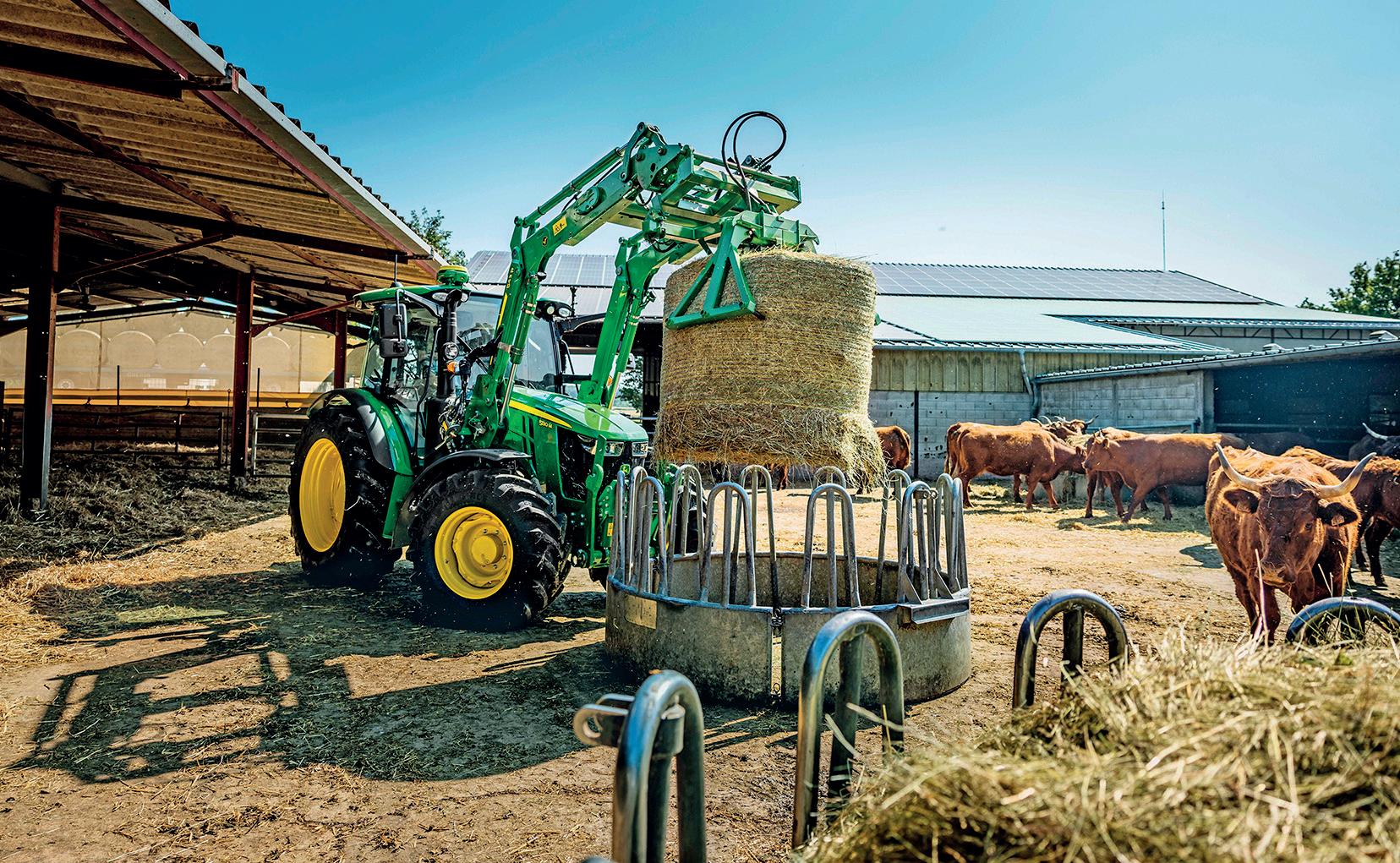
through four manual gears with eight ranges.
Designed with loader operation in mind, John Deere has built the 5M with a 4.1-metre turning circle, making it well suited for operation in tight spaces.
The tractor’s sweeping bonnet design offers greater operator visibility to front attachments, whether that is front linkage or loader-mounted.
Traditionally falling short of tele-

handler counterparts, restricted views from un-glazed tractor cabin roofs could potentially compromise operator visibility, particularly when working at height stacking bales.
Prospective buyers of the 5M looking for a tractor with visibility for working at height will therefore benefit from the manufacturer’s incorporation of cabin roof glazing.


Claas plans to introduce a new range of loaders for the Elios, Axios and Arion ranges. James Huyton reports.
rThree-section design used for new models
LOADER tractors are often integral for livestock farms, and German manufacturer Claas has recently announced six new models in its loader range, covering lift capacities from 940kg to 2,490kg.
These new models, from the FL 40 C to the FL 140, will incorporate an innovative three-section design. Claas says this shifts the pivot point of the parallelogram downwards by more than 20cm.
Alongside changes to the crossbeam positioning, the manufacturer claims this will aid operator visibility when using and attaching implements.
Historically, manufacturers allowed for the fitment of hydraulic hoses on the outer frame of the


loader, but Claas says integrating hydraulic hoses within the new loader range will offer better protection.
The new range of loaders will still incorporate the brand’s Fitlock locking system, allowing mechanical connection of the loader with a release lever for removal.
Both hydraulic and electrical communication lines are mounted into a single coupling, meaning the operator can connect all control lines in one operation.
Cab-controlled hydraulic locking pins can also be specified for the fitment of loader attachments, and Claas offers the option of pressure release for easier third-service coupling.
The manufacturer says prospective buyers can also benefit from the bucket return function, which automatically returns the bucket to the horizontal loading position.






















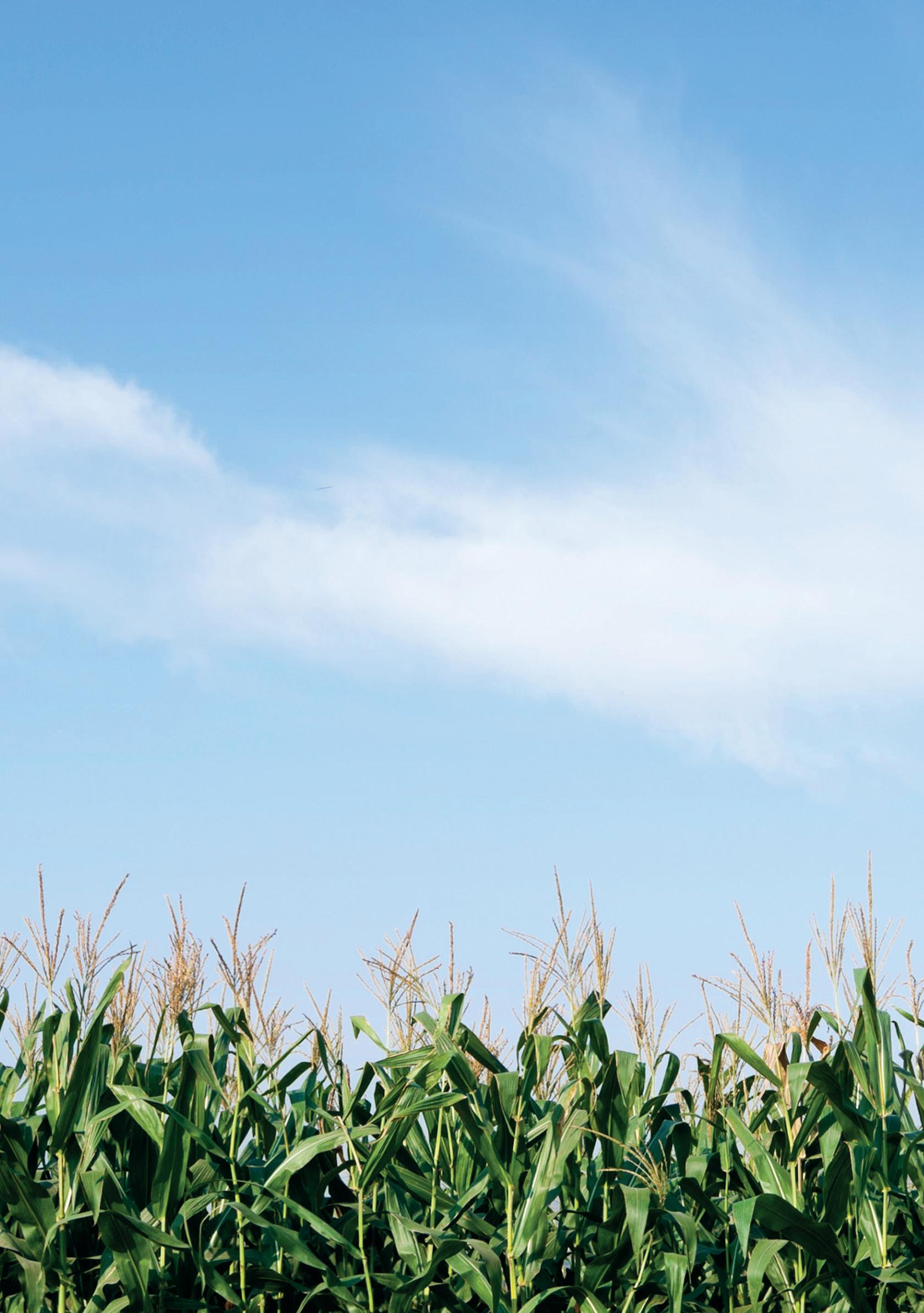

The National Association of Agricultural Contractors has elected a new senior team, with ambitions to drive professionalism and Governmental policy for the contracting industry. Farmers Guardian reports.
Farmers and contractors face numerous challenges in the light of post-Brexit farming policy and this change is creating a new balance between productivity and environmental protection.




Alongside policy challenges, businesses are faced with the continuous onslaught of adverse weather conditions and sourcing reliable and competent staff.
Contractors must plan for a resilient future, putting plans in place now to remain profitable, while supporting their customers and looking after habitats and biodiversity.

To assist with industry change, the National Association of Agricultural Contractors (NAAC) has recently

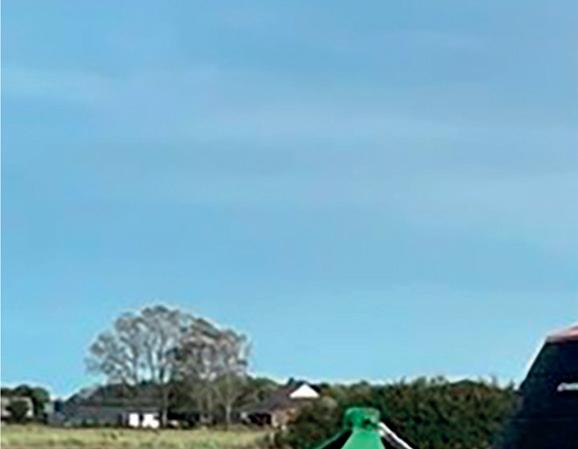
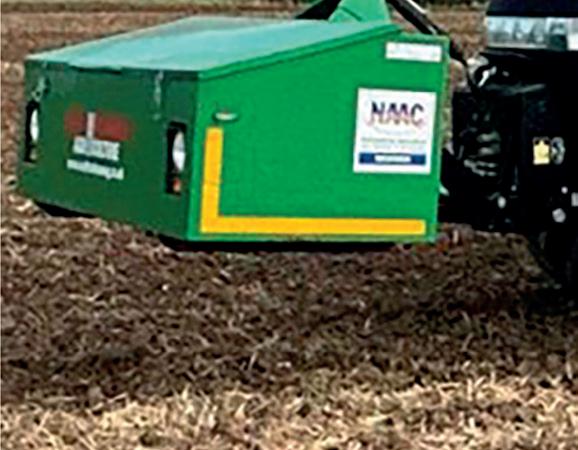
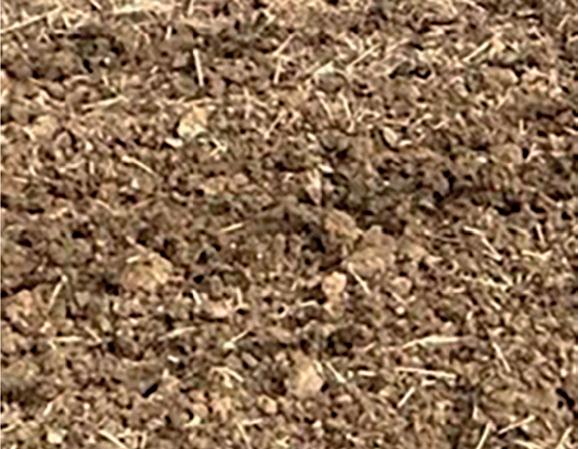

elected Matt Redman as chair and Chris Gardner as vice-chair, with the ambition to drive the industry through tough times. They will both lead the NAAC, alongside chief executive Jill Hewitt, president Meurig Raymond and the NAAC board.
Both chairpersons have a wealth of industry knowledge, Matt Red-

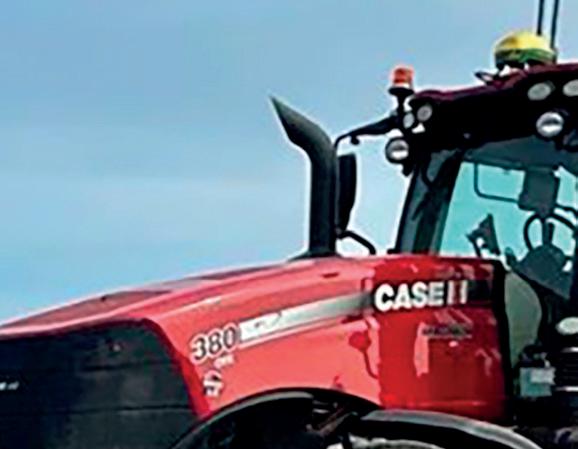


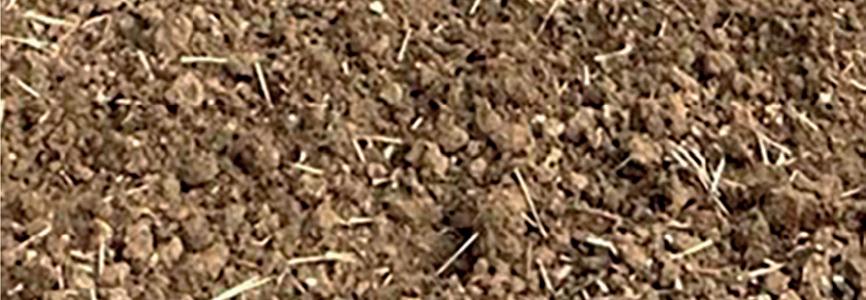

man, of Matt Redman Agriculture, is a Cambridgeshire contractor offering whole farm contracts and individual operations.
While Chris Gardner relocated his business, Gardner Contract Services, to Devon last year, offering specialist

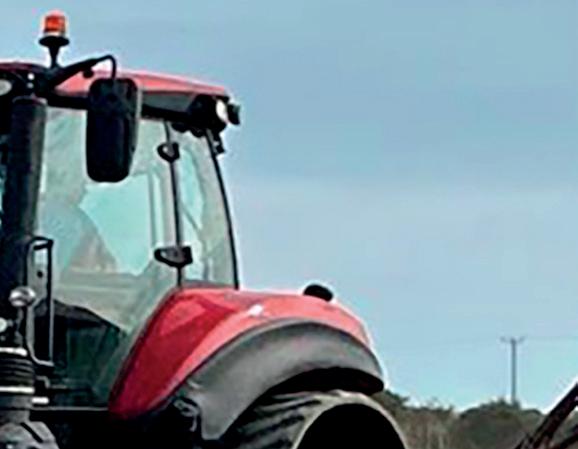
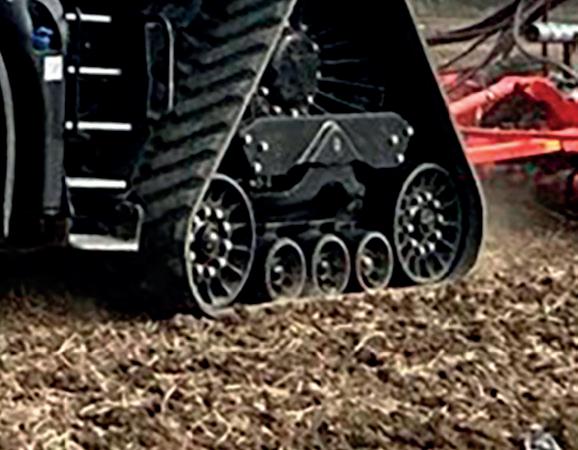
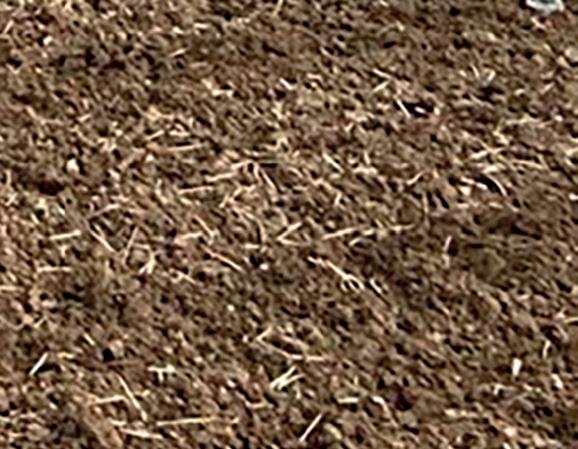
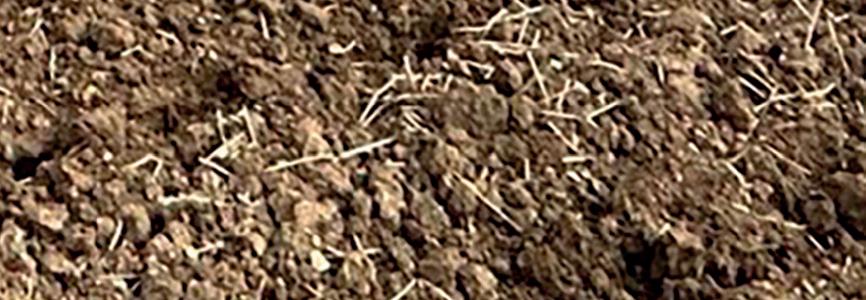
services, grassland and vegetation management in the South West.
The new team is working on a manifesto outlining problems the industry faces and changes which need to be made for it to prosper.

Mr Redman says: “The NAAC always wants to hear the views of its members to help guide the mani-

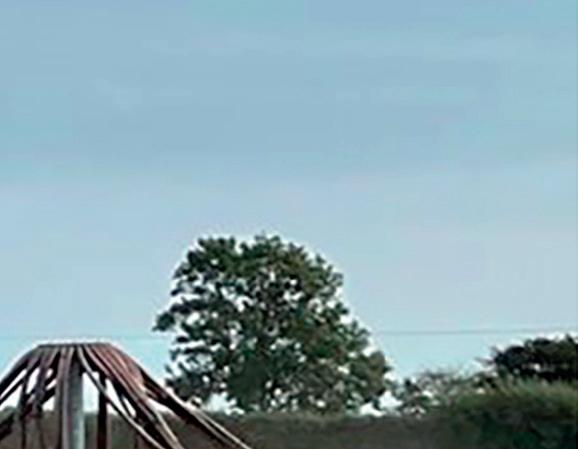

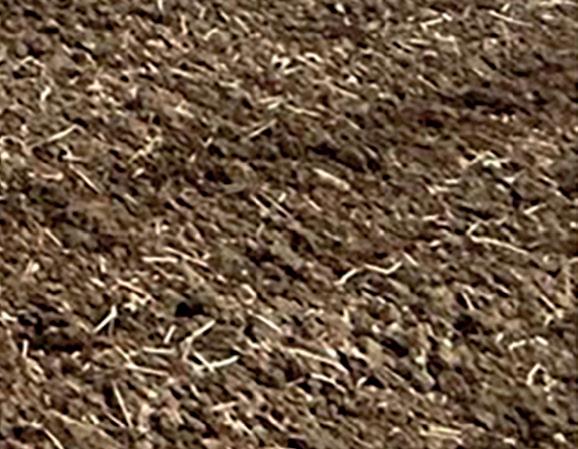


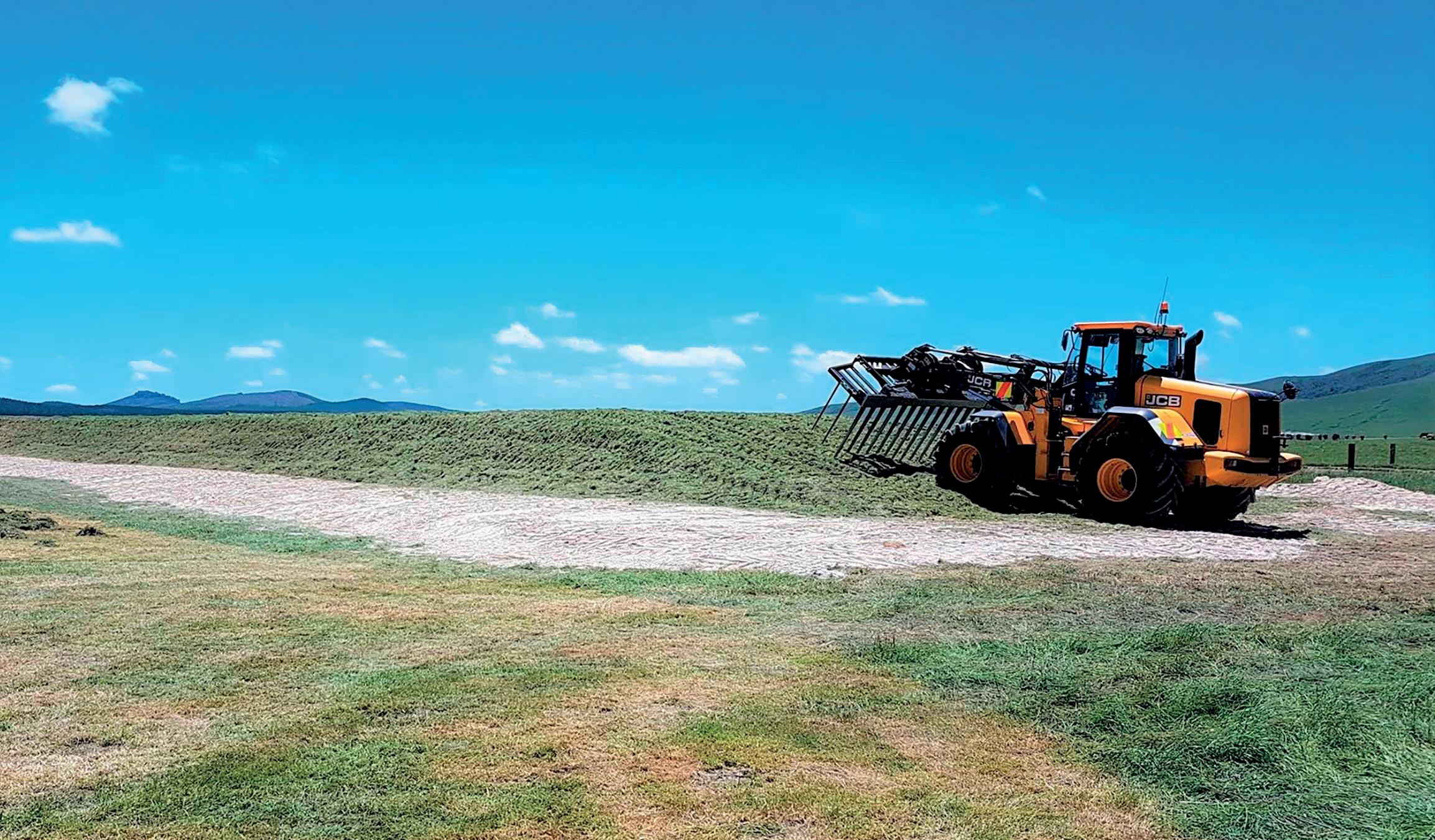

festo we are putting together, to help lobby Governments and influence change to better the sector.
“I would like to see some sensible policy change, on tractor and trailer weights to meet the demands of modern agriculture.”
The proposals outlined will then be put forward to all political parties in the election year, alongside lobbying devolved Governments.
Mr Redman says: “Contractors should be an integral part of any new agricultural or land-based policy, with more than 90 per cent of farmers using a contractor.
“Contractors offer a cost-effective solution to many agricultural services, whether for single operations such as hedge-cutting or sheep

shearing. But with changing farming policy farmers are becoming more reliant on a professional contractor to provide, specific services such as variable rate applications and soil mapping to meet scheme requirements.”
The NAAC says it will continue to publish its annual contracting prices survey to assist the industry in charging realistic prices, while encouraging all contractors to know their costs and charge accordingly.
The NAAC hosts a contracting pricing tool for its membership, which has been designed to assist members in accurately calculating the value they need to charge for each operation to remain solvent.
Mr Redman says: “Although the pricing tool is only a guide, using UK average pricings, it does help members associate costs to their business.
“Each business has different fixed and variable costs and it is important contractors consider this rather than subsidising other businesses by pricing below the cost of production,” adds Mr Redman.
It may not always be easy to achieve these prices locally, but knowing how to price jobs effectively can be the difference between survival and failing to be able to reinvest in the next generation of machinery.
“Professionalism will be key going forward and the association continues to hold the Assured Landbased Contractor Scheme, assisting members with record-keeping business management and safety,” says Mr Redman.
Lack of competent staff remains an ongoing challenge to the agricultural industry and the NAAC team will be seeking new sources of labour.
Mr Redman says: “The board has been holding a number of meetings, focusing on labour shortages in the sector and how we can help members find and retain staff.”
Currently, the organisation works with a New Zealand exchange, colleges and the armed forces to find recruits. Support is offered to members, in the form of training and webinars, on how to recruit staff, manage and retain them.
In an industry with the highest number of fatalities, the NAAC also has put a high priority on the safety and mental health of its membership and its staff.
Mr Redman says: “Safety is paramount going forward and the NAAC will continue its work on areas of farm and operator safety, helping members with assurance schemes and campaigns.
“The industry may have a reputation for taking unnecessary risks at times, but contractors can ill afford downtime, and safety must be taken seriously in this sector.”
There is a full safety management package available to all members as part of their subscription.
The new NAAC team will be supporting the industry through the changes and opportunities ahead.
They will be taking on the chal-
lenge, keeping up with technology, while balancing climatic change, productivity improvements and environmental protection, in close partnership with their customers.
THE NAAC runs four independently audited schemes:
■ Agricultural Operations (plus Crop Spraying and Spreading Material to Agricultural Land)
■ Verified Seed (Mobile Seed Processors)
■ Mobile Feed Mixing and Processing Scheme
■ Potato Fogging (Post Harvest Treatment) Application Scheme

rAdditives can mitigate contamination
HIGH rainfall and saturated fields mean the timing of slurry application and first-cut silage will be a challenge for many grassland farmers this year.
Grassland expert Dr George Fisher says slurry should ideally be applied six weeks before grass is cut, but with ground too wet for this to be possible, it may need to be spread as little as four weeks before cutting.
However, he says extra care and precautions will need to be observed, and he says this may mean reducing the standard application of 30cu.m/hectare (2,600 gallons/acre) to 20cu.m/ha (1,800 gallons/acre).
“Although this will represent a reduction in nitrogen of about 10kg/ha, this can be made up by inorganic N,” says Dr Fisher.
“On medium to heavy soils, the shortfall could even be small enough for soil mineral N to make up the difference.”
A close eye should also be kept on grassland at the time of first-cut to make sure there is not residual slurry at the bottom of the sward.
“If this is a concern, a longer stubble of about 8cm should be left, rather than the 5cm we would normally advise,” he says.


Analysing the fresh grass can also be worthwhile if high levels of nitrate N – which will increase buffering capacity and impede fermentation – are thought to be a risk.
Another measure to mitigate contamination is the use of a silage additive.
Dr Fisher adds: “Correctly using a proven preservative is the best way to eliminate spoilage bacteria such as clostridia and enterobacteria, which are likely to be features of a wet season.”
Ian Hall, of Kelvin Cave, says these bacteria can cause poor silage fermentation and nutritional losses by producing butyric acid
and breaking down protein into ammonia.
He says: “Look-out for silage preservatives which contain sodium nitrite which will kill these harmful bacteria and promote a desirable lactic acid fermentation.”
If combined in a product with sodium benzoate and potassium sorbate, he says all bases will be covered.
“These are the only commonly used preservative ingredients which are proven to eliminate yeast activity without compromising silage fermentation,” adds Mr Hall.
However, he says he would not recommend a bacterial inoculant if conditions for first-cut remain wet or are challenging in any way.
“These work by encouraging the
fermentation down a particular pathway rather than by eliminating the spoilage bacteria,” he says.
Once first-cut has been taken, some adjustment may be needed to keep on track with second-cut.
“If longer stubbles are left after first-cut, regrowth will be quicker,” says Dr Fisher.
“This means second-cut will need to be taken earlier to avoid deterioration in grass quality, which is likely to be of lower energy and higher fibre if the usual six-week interval is applied.
“This would negatively impact on winter feeding and require the extra cost of more supplementary feeding.”
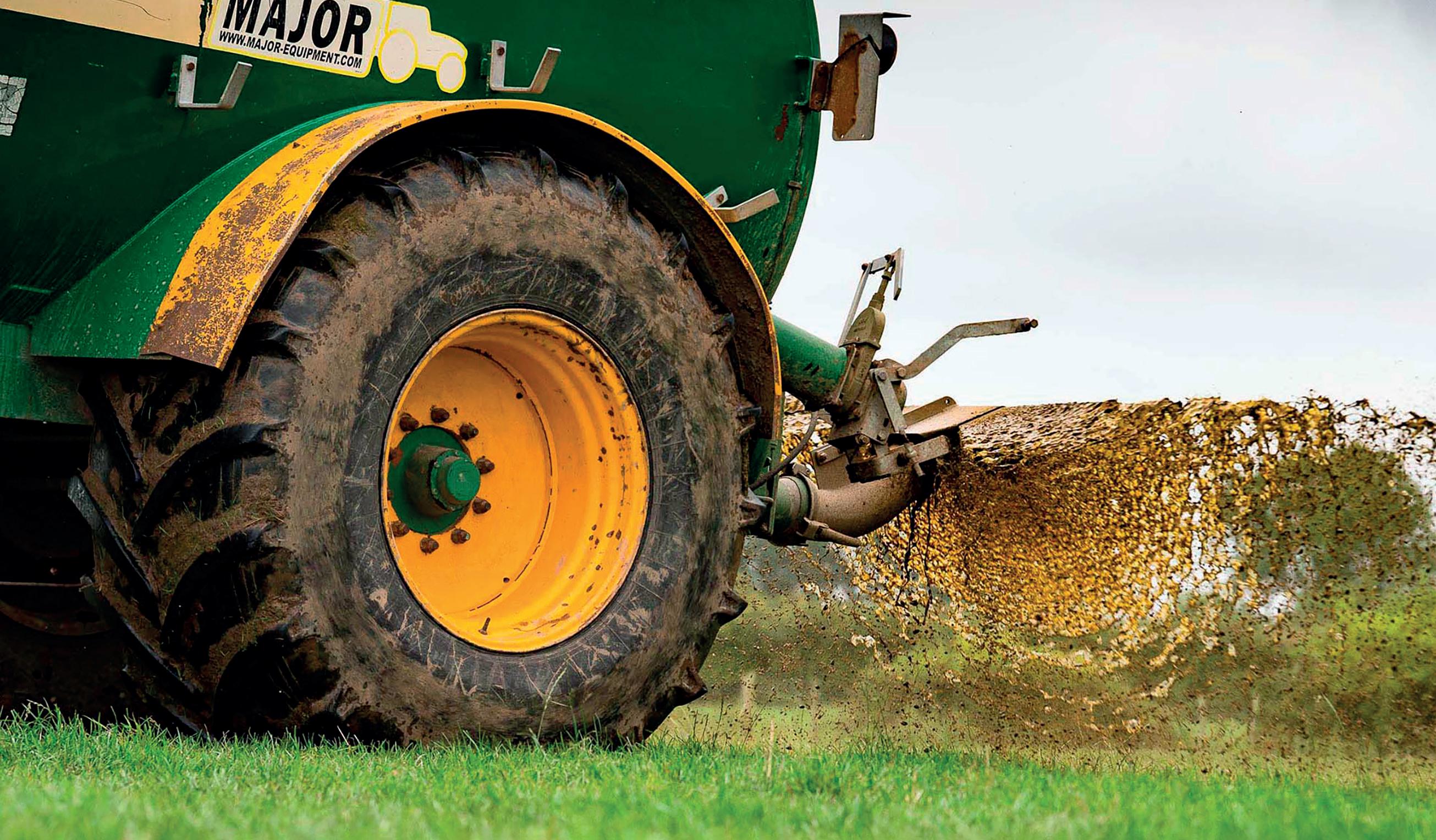


WITH turnout delayed across the country and silage stocks running down, looking at ways to extend stocks until cows can go out is now important on many farms.
Georgina Chapman, of ED&F Man, says one option to consider is feeding straw and a molasses blend.
She says: “This can either be used to replace a proportion of grass silage in the milking diet, or to replace silage totally in heifer and growing cattle diets.”
Trials at the South West Dairy Development Centre, in conjunction with Kingshay, showed that it is possible to successfully replace 2.5kg silage dry matter (DM) in dairy
Silage preservatives which contain sodium nitrite will kill harmful bacteria and promote lactic acid fermentationIAN HALL

diets (about 7-10kg freshweight) with 2.2kg freshweight of straw and 1kg of a molasses blend. Assuming cows had been fed 12.5kg DM of silage, moving to 10kg DM of silage plus the straw/molasses blend alternative would mean every four days on the new diet would save enough silage to allow an extra day of winter housing from current silage stocks.
Ms Chapman says: “The molasses blend plays a crucial role in maintaining good rumen function. Molasses blends contain highly rumen fermentable sugars,
increasing microbial protein production and stimulating rumen microbes to improve fibre digestion.
“The blend used in the trial also contained regulated release protein, which releases nitrogen at a steady rate to optimise rumen microbial activity.
“Coupled with a high sugar content, they promote rumen fermentation and activity, and can utilise straw effectively.”
When implementing a strawbased diet, Ms Chapman says it is important to provide good access to a plentiful supply of clean water.
The transition from a silage-based diet to a straw-based one must also
be controlled, and this can be done by introducing more straw into the diet and reducing silage over a few days to give the rumen microbes time to adjust to the new forage.
And as straw is deficient in minerals, additional mineral supplementation could be necessary.
In dairy diets 2.2kg freshweight of straw and 1kg of a molasses blend can successfully replace 2.5kg silage DM, trials have shown.
It may be necessary to spread slurry on grassland as little as four weeks before cutting this year.

Give your lambs the best start with our high energy and high protein lamb creep.
Hitting the market at the right time can make a significant amount of difference in the value of a lamb. Our team are here to help and can improve your margins this season with a profitable finishing program.
Ewbol Prestige Lamb promotes high growth rates and feed efficiency. Suitable for creep and intensive lamb systems.
9 High in digestible fibre and starch for high DLWG.
9 18% protein, high DUP to promote muscle growth.
9 Addarome flavour enhancer to stimulate higher intakes.

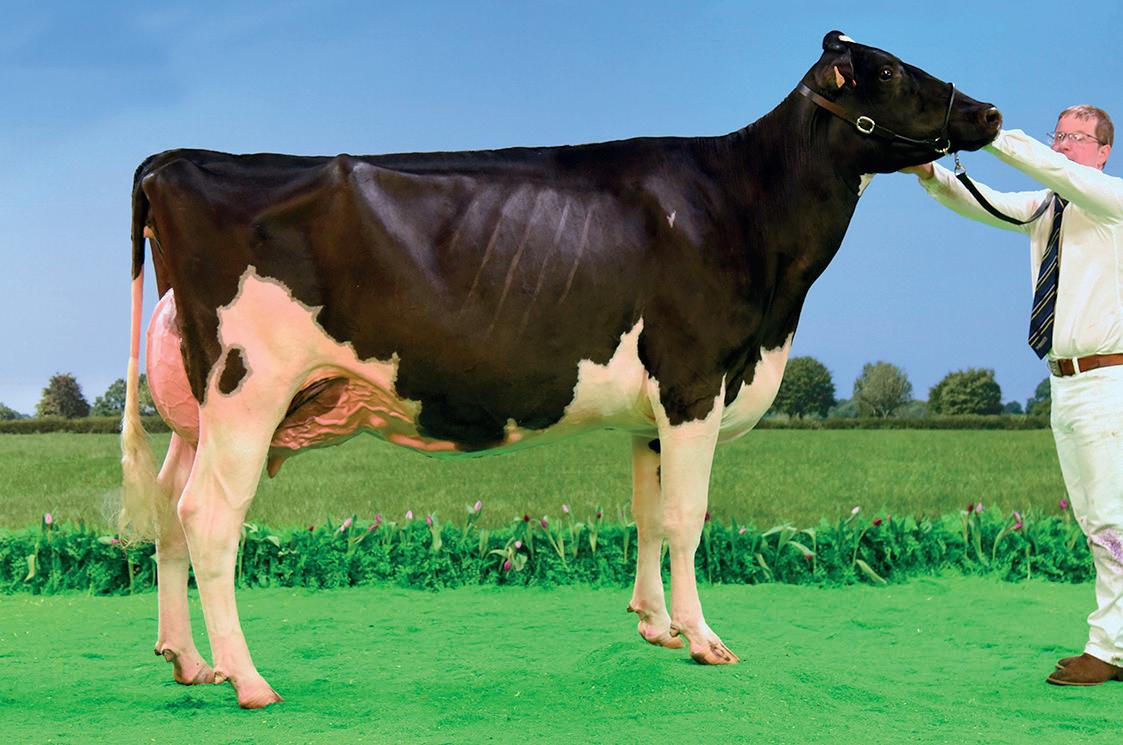
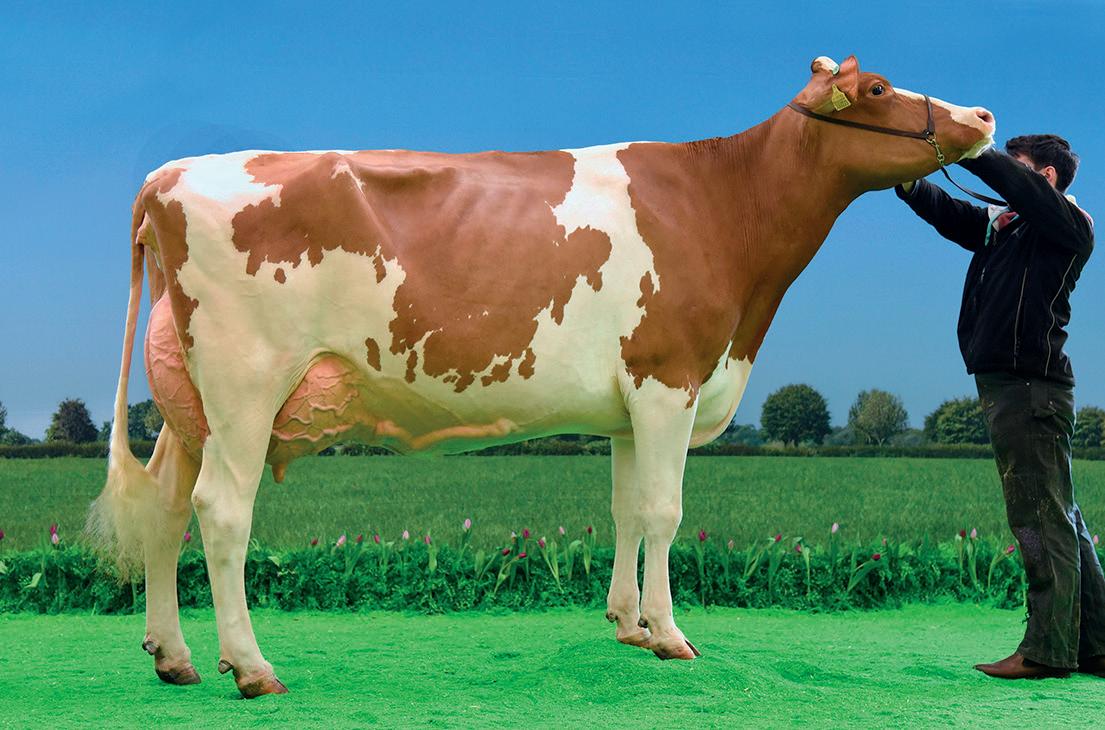
This year’s Borderway UK Dairy Expo saw record breaking entries, with more than 460 dairy cattle entered across seven breeds. Katie Fallon reports.
IT was the Holstein champion, Mag Pandor, which was crowned supreme champion at this year’s UK Borderway Dairy Expo, after a unanimous decision by the panel of judges. Owned by the Laird family, of Blythbridge Holsteins, Peeblesshire, in partnership with Ferme Blondin, Canada, the third calver was purchased privately from France last January.
By Walnutlawn Sidekick and out of Mag Nacoby, the December 2019born champion was shown four weeks fresh, giving 60 litres daily. Brought out by Izzy Laird, it previously placed first in its class at AgriScot and UK Dairy Day last year, as well as reserve
Holstein champion at the Royal Highland Show.
Holstein judge, Ben Govett, Dingee, Australia, said: “She is an incredibly balanced cow with no faults, and the kind of cow I would strive to breed.”
Standing reserve in the Holstein section was the intermediate Holstein champion Clydeview Sidekick Matilda, from the shared partnership of Robbie and Margot Scott, of Nethervalley Holsteins and Salvador Esquierdo, Ayr. The second calver was purchased privately by the duo in January after it placed first individual cow in the West of Scotland winter herd competition earlier this year.
Another by Walnutlawn sidekick and out of Clydeview Dreams Matilda, it last calved in January and was shown giving 60 litres daily.
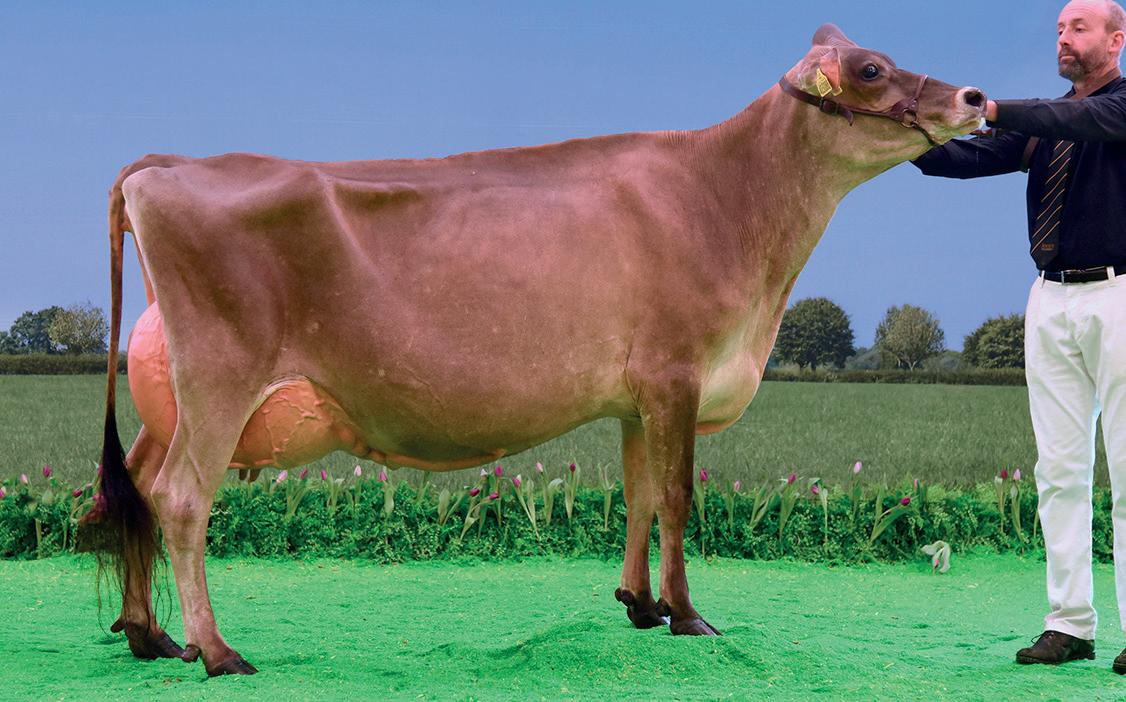
The inter-breed heifer title, also decided by the panel of judges, went to the November 2022-born Holstein heifer champion, Riverdane Artist Atlee, from Messrs Awde, Penrith.
The Red and White champion went to Hefyn Wilson, Cardigan, with his January 2019-born Nethervalley Awesome Rosanne Red. The third calver out of Clydeview Armani Rosanne, was shown giving 40 litres daily, having last calved in July.
Mark Nutsford, of Riverdane Holsteins, Cheshire, stood reserve with Riverdane Miss Awesome Strawberry Red, a fourth calver, shown 10 days fresh. The Luck-E Absolute Awesome Red daughter stood Red and White champion at the event in 2022 and
2023 and was overall supreme champion at the show in 2022.
The champion Jersey title went to Saxown Matt Cash 107, a third calver from Richard Saxby, Tiverton. The EX92 champion last calved in October and is the 10th generation of EX and VG classified cows from the Cash family.
The Davis family, Tiverton, stood reserve with Rivermead Victorious Gorgeous Blondie, a home-bred second calver out of Bluegrass Merlins Gorgeous Blondet.
In one of the largest Brown Swiss sections ever seen at the event, both champion and reserve went to Jonny Lochhead and family, of the Kedar herd, Mouswald. Taking the top spot on its first time out was Kedar Nescardo Snickerliscious, an EX94 fifth calver, shown a month fresh and giving 42

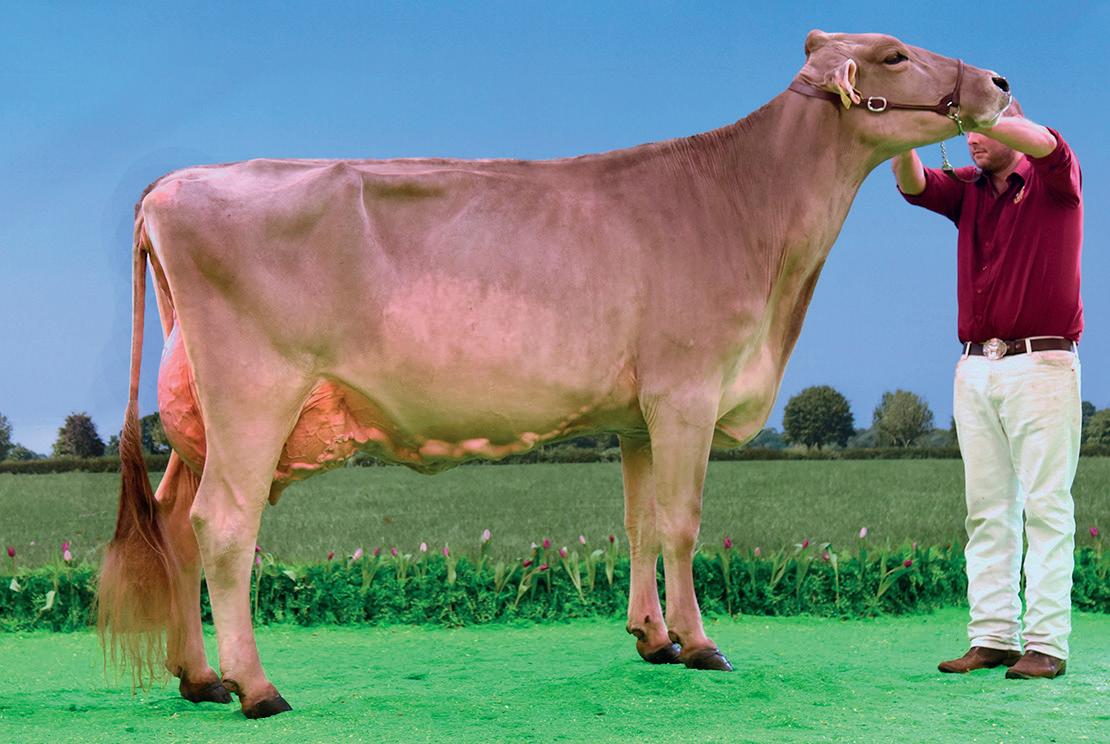
Inter-breed (Panelofbreedjudges)Supreme, Lairdfamily,MagPandor(Holstein).
Junior inter-breed (Panelofbreedjudges)Sup., MessrsAwde,RiverdaneArtistAtlee(Holstein).
Holstein (B.Govett,Dingee)Sup.,Laird family,MagPandor;reserveandintermediate, NethervalleyHolsteinsandSalvadorEsquierdo, ClydeviewSidekickMatilda;res.Intermediate, NewmeadowHolsteins,WolfaChiefSue.
Brown Swiss (B.Govett)Sup.,T.Lochheadand Sons,KedarNescardoSnickerliscious;res.,T. LochheadandSons,KedarFaustEspirit.
Dairy Shorthorn (B.Govett)Sup.,S.E.Dixonand G.R.Holliday,OxtonRicWildeyes970;res.,I.R.G. CollinsandPartners,ChurchroydStrawberry16.
British Friesian (J.Cousar,Kilmarnock)Sup.,B. LawsonandSons,LismulliganEmpress69;res., I.andG.M.Blamire,WhinnowJinglePauline5. Red and White (D.Bacon,Victoria)Sup.,A.H. WilsonandSon,NethervalleyAwesomeRosanne Red;res.,RiverdaneHolsteins,RiverdaneMiss AwesomeStrawberryRed.
Jersey (D.Bacon)Sup.,Saxbyfamily,Saxown MattCash107;res.,Davisfamily,Rivermead VictoriousGorgeousBlondie.
Ayrshire (D.Bacon)Sup.,G.G.Baynes,Morwick Peggy126;res.,J.AdamsonandSon,Swaites NiceGirl37.
litres daily. In reserve was the second calver Kedar Faust Espirit, by Riedland Camelot Faust and classified VG89.
The Ayrshire championship went to the partnership of Richard Baynes and Stuart Mullan, Hexham, with their October 2020-born Morwick Peggy 126. The second calver was shown giving 50 litres daily and previously placed reserve overall any other breed champion at last year’s Northumberland Show and reserve inter-breed champion at Cumberland and Cockermouth shows.
John Adamson, Lanark, stood reserve with Swaites Nice Girl 37. It was the first time out for the heifer in-milk, which was shown 70 days calved and giving 30 litres daily.
The Dairy Shorthorn championship went to Shaun Dixon and Grace Holliday, Wolsingham, with the EX91 fourth calver, Oxton Ric Wildeyes 970. It marks the first championship win at the event for the duo who run a herd of 12 Dairy Shorthorns. The Collins family, Dewsbury, stood reserve with the VG87 home-bred first calver, Churchroyd Strawberry 16.
Adam Lawson, Fife, took home the British Friesian championship with the home-bred April 2020-born, Lismulligan Empress 69. It marked the first win for the second calver, which placed third in its class at AgriScot last year. Last calved in August and by Deangate Prince 2, it was shown giving 23 litres daily.
Reserve went to Ian, Tom and Amy Blamire, Carlisle, with Whinnow Jingle Pauline 5, a first calver shown giving 27 litres daily. It was the first time out for the September 2021-born Lakemead Jingle daughter, which resides with the family’s herd of 230 Holsteins, 20 British Friesians and 20 Viking Reds.

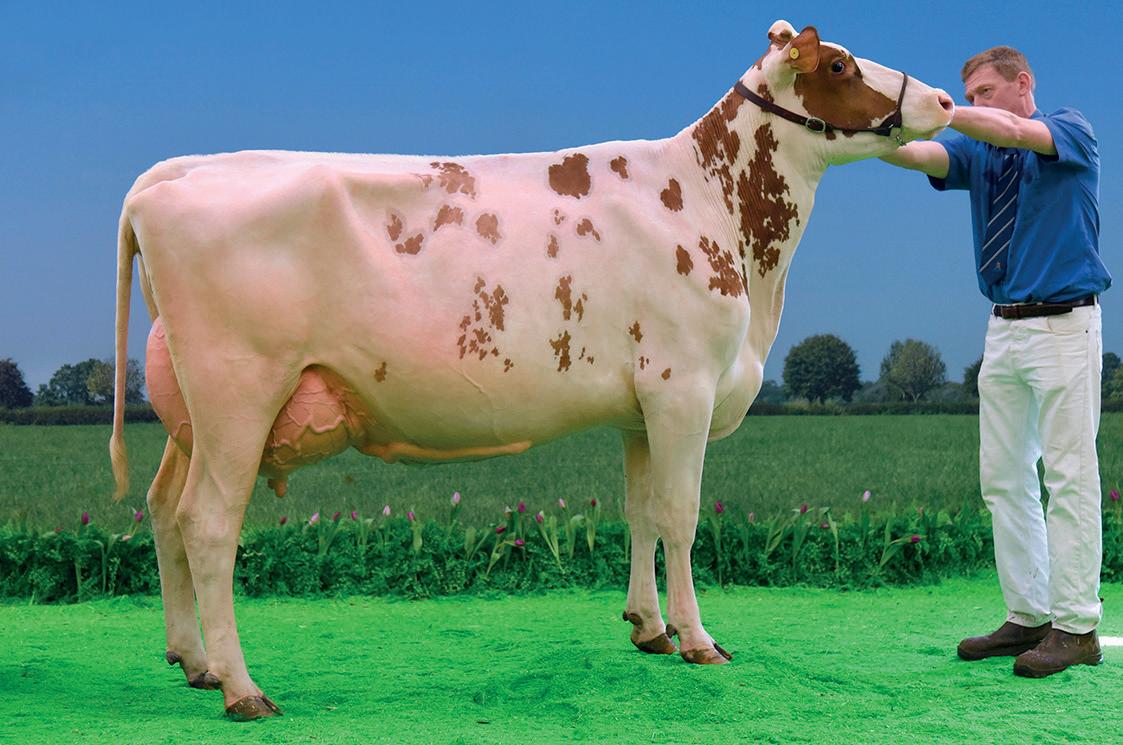
A stalwart of the dairy industry, Geoff Bone, Lancashire, was presented with the John Dennison Lifetime Achievement award, which recognises dairy cattle breeders judged to be an exemplary role model and high achiever in the industry.
Originally from Berkermet, Cumbria, Mr Bone began his career helping his father manage the top herds of his time, including John Jordan’s Primsland herd. In 1977, Mr Bone’s career took a significant turn when
the Hallwood herd was acquired by breeder Alan Swale, marking the beginning of a formidable partnership and two decades of unprecedented success.
Mr Bone joined the Holstein UK classification team in 1997, where his expertise and dedication have been instrumental for the past 27 years.
The Rising Star award was presented to 18-year-old Megan Innes who farms with her family at Newmeadow Holsteins, in Nairn, Invernesshire.





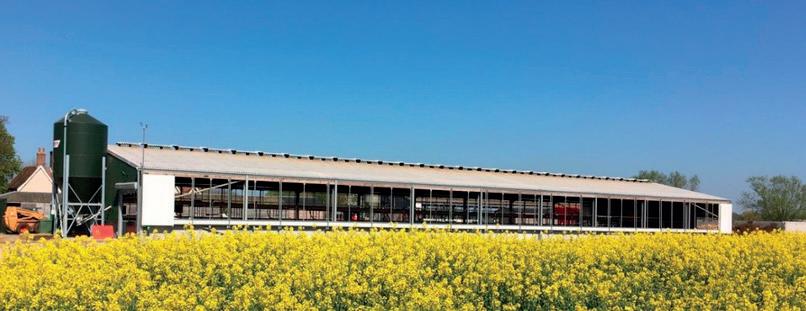


The Rare Breed Survival Trust’s chief executive Christopher Price looks at some of the UK’s native poultry breeds which are suitable for smallholders. Farmers Guardian reports.
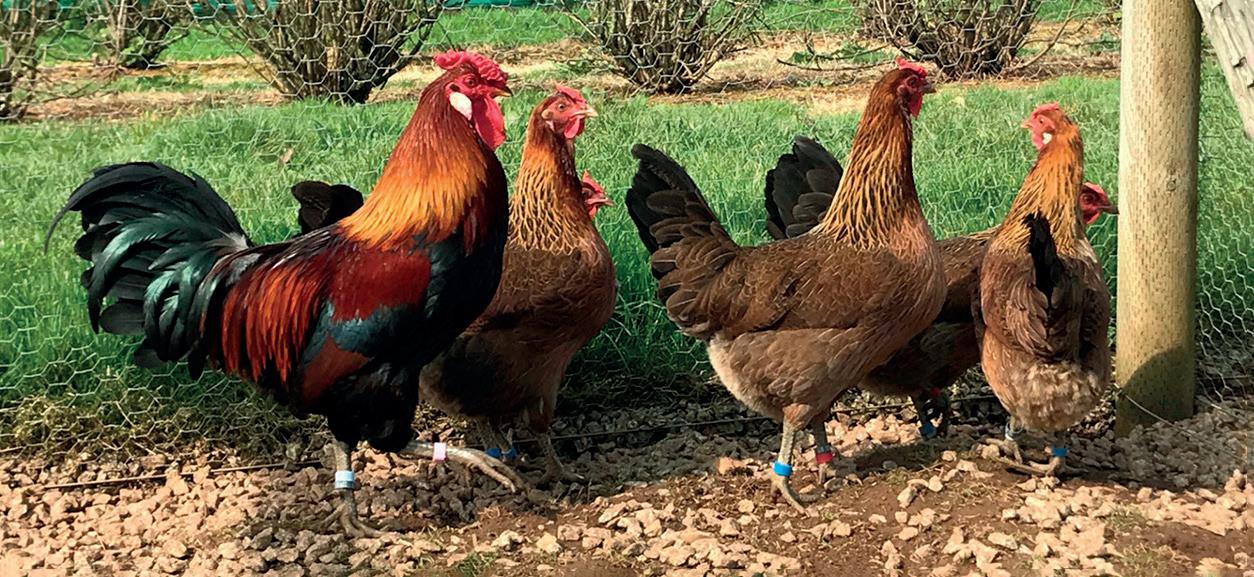
THE marsh daisy is a hardy chicken which is happiest when free-range, as well as being active and relatively easy to keep, says Mr Price.
Dependent on the strain, the
breed should lay about 250 tinted eggs per year and will continue to lay well for three or four years. Originating from Lancashire in 1880, it is now a priority breed on the RBST Watchlist.
THEdual-purposeDerbyshire redcapchickenissuitableformeat productionandisalsoagoodlaying breed.Itswhitemeathasasimilar flavourtogamebirdsand,depending onthestrain,itcanproducebetween 150and200largewhiteeggsperyear.
Asahardybreed,itisnotproneto commonpoultrycomplaintsandis oneofthefewbreedsthatthrivesin
THENorfolkblackturkeyhasaplacid nature,isagoodtablebirdandwilllay about70speckledeggsperyear.
BroughtoverfromEuropeinthe 16thcentury,MrPricesaysthebreed isknownforthequalityandflavourof itsmeat,andisapopularchoicefor farmersrearingturkeyscommercially formeat,aswellassmallholders.
Despitegrowingrecognitionofthe breed’sassets,itremainsapriority rarebreedontheRBSTWatchlist.


colderweather.Derbyshireredcaps areactiveforagers,sodoneedspace tobefree-range,saysMrPrice.
Headds:“Itisthoughtthebreed originatedinthe18thcenturyand remainedpopularonsmallholdings untildecliningrapidlyafterthe secondworldwar.
“Today,itisintheprioritycategory ontheRBSTWatchlist.”

ORIGINALLYbredasawhitetable duckinBuckinghamshireinthe18th century,theAylesburybecamethe duckofchoiceforsupplyingthe Londonmarketduetoitsquality meatandwhiteplumage.
MrPricesays:“Aheavybreed, theymakegoodmeatbirds,and theirpaleskinresultsinan attractivecarcase.”
Thebreedlaysbetween40 and100blueeggsayear, dependingonthestrain.
The UK is home to an assortment of native poultry breeds, which have provided food and plumage for the nation’s smallholdings, farms and communities for centuries. However, the Rare Breeds Survival Trust’s (RBST) chief executive Christopher Price says that of the 78 chicken, turkey, duck and geese breeds which meet the criteria as native to the UK, almost two-thirds are now considered to be rare.
THISblackandsilver-whitechicken isamedium-heavy,all-roundbreed whichisgenerallyfriendlyanddocile, saysMrPrice.Highfencingisnot requiredbecausethebreedisnota strongflier,andduetoitshardiness,

AMEDIUM-sizedbreed,pilgrim geeseareeasytokeepand normallylivefor15to25years, saysMrPrice.Oftenkeptand matedaspairs,evenyear-oldbirds willlayandraiseyoungsters.The breedlaysbetween30to45eggs peryearbetweenFebruaryand June,andcanalsobekeptfor meat.Itiscategorisedasapriority rarebreedontheRBSTWatchlist.
Mr Price says: “Every smallholder who chooses to keep a native poultry breed is making an important contribution to turning this situation around.”
He says each native poultry breed has its own clear assets and characteristics, and whether keepers are experienced or just starting out, there is a suitable breed for every interest.
Mr Price shares a selection of some of the UK’s native poultry breeds which are particularly well suited to smallholdings.
itisalsonotparticularlysusceptible tocommonpoultrycomplaints.
“ANorfolkgreycanlayabout230 medium-sized,lightbrowneggsayear, andifhatchedaboutApriltimetheywill laythroughthewinter,”saysMrPrice.
TheNorfolkgreychickenisahardy utilitybreedwhichwasdevelopedin about1910.Bythe1970s,stockshad reportedlydwindledtojustfourbirds, addsMrPrice.
Hesays:“Thebreed’snumbershave nowrecoveredwithbetterrecognition asagoodall-roundchicken.”
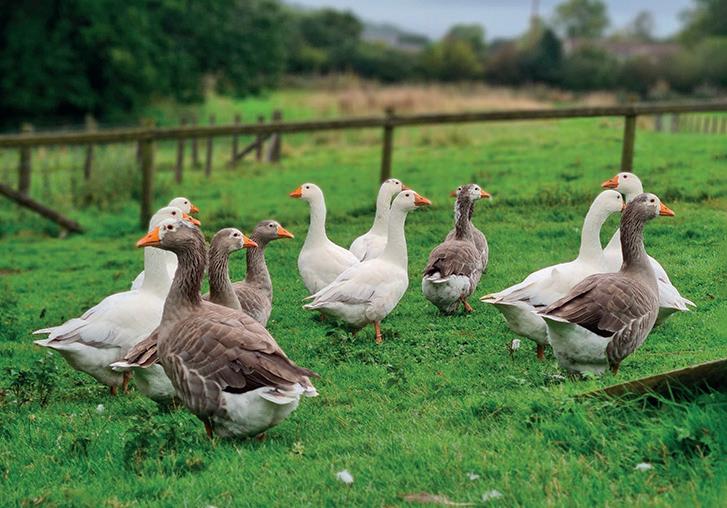
ALIGHTWEIGHTanddual-purpose breed,theWelshharlequinisknown foritscolourfulplumageandoftenlays between240and330eggsperyear.
Anattractiveanddistinctivebird,it originatedinthe1940snearCriccieth, Wales,andiscategorisedasapriority rarebreedontheRBSTWatchlist.
A new share farming agreement on a Carmarthenshire heritage pig farm has provided an exciting business opportunity for a first-generation farmer and a succession strategy for the current owners. Farmers Guardian reports.
Hugh and Katharine Brookes have spent the past six years establishing their herd of Mangalitza pigs at Penlan Farm, near Cenarth, building up a strong order book with top London restaurants among their customers.
But with their children not interested in taking over the business, its future was uncertain.
Mrs Brookes says: “We knew we had a really good business, a business with legs. It had real potential for growth, but because of our stage in life, we felt that we were probably not the right people to do that.’’
The couple had not considered share farming until they came across the Start to Farm initiative run by Farming Connect, designed to pair up landowners who are looking to step back from the industry with new entrants and provide funding for business planning and legal guidance.
After realising share farming could provide an opportunity to secure the future of their business, Mrs Brookes says: “We had an initial meeting with Wendy Jenkins, of Cymru Agricultural and Rural Advice Wales and Nerys Llewellyn Jones, of Agri Advisor, facilitated through Farming Connect.”
She adds: “We wrote the specification and were about to do a national search when it dawned on us that we knew the very person who had all the qualities we had listed in that specification.’’
That person was Alice Bacon, who already helped the couple with feeding the herd once-a-fortnight.
Ms Bacon lives in Clynderwen, a 30-minute drive from the farm and has always had an interest in agriculture, having previously rented a smallholding until 2021.
Mrs Brookes says: “We knew she


was the stand-out candidate because she is someone who uses her initiative, for example when a water trough is broken or when the pigs are in the wrong pens. We had seen that for ourselves.”
The couple say Ms Bacon was delighted to be given the opportunity, when they approached her.

Ms Bacon says: “Working with the pigs had never felt like work.”
The agreement sees Ms Bacon working 30 hours of unpaid work a month on the farm and 40 hours of paid work. In return for the unpaid work, Ms Bacon will acquire a stake in the ownership of the herd and, by April 4, 2024, she will own 9 per cent of the stock, and 49 per cent within five years.
Mr Brookes says: “At that point we will look at how we move the business over to Alice completely so that she becomes the sole owner.”
Both the Brookes family and Ms Bacon feel that communication is key to making a share farming agreement work, with formal meetings taking place every two months and any issues addressed as they arise.
Ms Bacon says: “I met some people at a Farming Connect business bootcamp who had done a bit of share farming and it had not worked for them.
“But I can now see the reason for that was due to poor communication.”
She adds: “Communication is key. If something is not working, it is important to address it otherwise it is never going to work in the long term.’’
Ms Bacon has brought fresh ideas to the business while gaining invaluable knowledge from the Brookes family. Both Mr and Mrs Brookes say they do not believe they would have transitioned into share farming without the support of the Start to Farm initiative.
“We needed that hand holding and the people we worked with through Farming Connect made us take a hard look at the future of the business and its options, they definitely gave us confidence,’’ adds Mr Brookes.
For more on the Start to Farm programme and support available on farm succession, visit: https://businesswales.gov.wales/ farmingconnect/


All prices quoted in p/kg.



Source: ScotEID/IAAS
Source: MartEye/LAA




Source: MartEye/LAA










Figures show livestock numbers first, then average price per head.
6-12 month


IT was a mixed week for vendors in the cattle rings at auction marts in England and Wales as prices fluctuated.
Steers were down by 1.5p/kg to 272.4p/kg, as were heifers which dropped by 1.3p/kg to 279.2p/kg.
However, young bulls had increased in price the most by 6.0p/kg to 268.8p/kg. Dairy-sired cull cows had grown in value by 2.8p/kg to 155.6p/kg.
Inthesheeprings,lambprices hadjumpedby13.6p/kgto381.6p/kg.
But pigs were down by 18.0/kg to 143.7p/kg.
As Farmers Guardian went to press on Wednesday (March 20), UK LIFFE wheat prices for May 24 were trading at £168/tonne; an increase of £2.50/t on the previous week.





O/SdeadweightpricesfortheweekendingMarch16,2024.
Darlington
Exeter
Frome
Gisburn
Hailsham
Hawes
Kendal
Kirkby
Leyburn
DeadweightsheeppricesarecollectedfromasampleofGBabattoirs.Thesampleaccountsforabout one-thirdofdeadweightsales;pricesquotedp/kgareaveragesforallqualities12-21.5kg.
ALL PIG PRICE (APP)

Brecon
Bryncir
Carmarthen
Gaerwen
Knighton
Rhayader
Ruthin
Talgarth


Wednesday, March 20, 2024 (£ per tonne).
Wednesday, March
Last updated March 19, 2024
BPS ENTS English
Deadline – May 10, 2024*
Price at Average deadlines prices (2023)
Non-SDA - £80.59
SDA - £99.41
Moorland - £24
BPS ENTS Welsh Deadline – May 15, 2024
Price at Average deadlines prices (2023)
£45** £65
BPS ENTS Scottish
Regions 1, 2 and 3
Deadline – April 2, 2024
Price at Average deadlines prices (2023)
Region1 £135** £149.47
Region2 £32-35** £40.34
Region3 £11-14.50** £15.44
BPS ENTS Northern Irish Deadline – May 3, 2024
Price at Average deadlines prices (2023) x0.9-1.1** x1.0
*FortradingDelinkagerefamounts;25p-80pper£1 ofDelinkagereferenceamount.**Estimates.
ENGLISH DELINKAGE REF DATA: averageof 2020/21/22claims.Seller’s2023claimnotneeded. Estimatedreturn£1.20/£1refamountwithbuyer’s delinkpaymentlessthan£30,000post-transfer.
SubjecttoDelinkagevalues2025-27.
BIODIVERSITY NET GAIN: English:Defra estimates£25,000-£200,000/unitexcluding VATandassociatedfees,subjecttolotsize. LasttenderMarch8,2024,nextApril19,2024.
NUTRIENT NEUTRALITY: Long-termsales alltypesagricmanexcludingspecialisthabitat creation.Nitrates£3,000-£4,000/unit(£18,000£206,000/ha);phosphates£50,000-£65,000/ unit(£2,000-£169,000/ha). CARBON: Woodland Carbon>£35/WCU>£25/PIU.May2023WCG reverseauctionaverage£19.76. WATER: English abstractionlicenceslessthan£3-£15/cu.m.
Source: Townsend Chartered Surveyors




Lastupdated March20,2024
€1=
Wednesday, March 20, 2024.
1.
2.
Wherestated,data
Last updated March 20,2024
Source: Straights Direct
Key:Allpricesinpoundssterling.Currency,£/$1.264;£/€1.171 Guidepricesindicatedincludedeliverychargeof£6/tonne. ✸ =Aftersafearrival; F =Firsthalf; S =Secondhalf; ● =March; ✥ =April; ✦ =November/January; ◗ =November/December; ▲ =March/June; ✧ =May/June; ✪ =August/October; ❊ =June.
January 2024
Source: AHDB
3.
WeekendingMarch24,2024
Source:
Last updated March 19, 2024
Source: AHDB/LAA/IAAS
1.Thiscontractwillreceivea1.33pplguaranteedminimumpayment.
2.Thiscontractwillreceivea0.50pplmemberpremiumpayment.
2.Thiscontractwillreceivea1.54pplTescocheesegrouppayment.
3.Thiscontractwillreceivea1.00ppldirectpremiumpayment.
4.Thiscontractwillreceivea0.40pplactual13thpayment.
5.FormerlyGlanbia-Llangefn.
Retailerpricesupplementsareincludedwhereapplicable.Supplementslistedareinadditiontolistedmilkprices.
UK milk deliveries in December 2023 were down 0.2 per cent on the year at 1,226 million litres. Cumulatively, this was 0.4 per cent down on the year to date.
December 2023 GB milk deliveries were down 0.4 per cent for the same period at 1,021m litres. GB milk deliveries for the year to date were 0.5 per cent down.




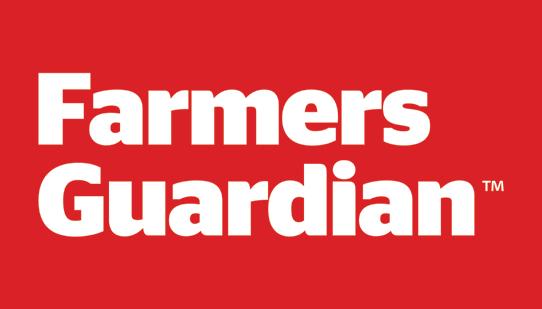












In Farmers Guardian’s community section, we share news to showcase the heart of British rural communities, focusing on all-things Young Farmers, fundraising and events.




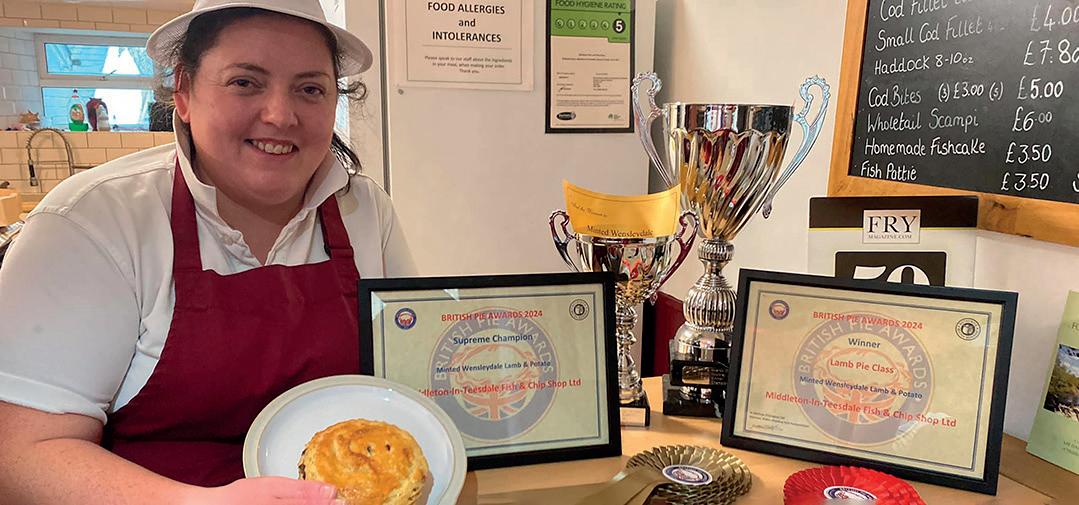
Hailing from a beef and sheep farm in Wensleydale, Lydia Sunter - owner of the Middleton-in-Teesdale Fish and Chip Shop, Co Durham - was crowned this year’s supreme winner of the British Pie Awards.
More than 900 pies were entered, and a team of 140 judges chose Ms Sunter’s minted Wensleydale lamb and potato pie as supreme champion. Since purchasing the shop 12 years ago, Ms Sunter says she has always used meat from her family farm to make the pies, including beef from the herd of pedigree Limousin cattle and lamb from their flock of Swaledale sheep.




The inaugural Bull and Buck trophy rugby match saw a fantastic turnout of supporters, with £3,500 raised and donations still coming in. The Pheasant Ruckers took on local rugby team Ledbury Llamas in aid of Royal Agricultural Benevolent Institution (RABI) and the Gamekeepers Welfare Trust.
One of the event organisers, Ted Troughton, said: “Farming can often be isolating, so social events like the rugby match are a good way for us to catch up over a beer. It is also great to see so many members of the community come together and cheer us all on from the sidelines.”







Award winners
During a graduation ceremony, next generation auctioneers were recognised as being essential in supporting farming clients, as the industry negotiates developing agricultural policy both now and in the future. The ongoing success of the livestock market operations and management programme, delivered by Harper Adams University since 2011, is helping to develop young auctioneers so they can advise and support farmers in a constantly changing environment.
Golden Gavelgraduating LAA Harrison Trust topstudent:
Golden Gavel award for the top graduating LAA student: James Buckton, of Frank Hill and Son, Hull Livestock Market.
Dick Harrison Trust Plaque for top first-year student: Luke Scott, Barnard Castle Auction Market.













The Derbyshire branch of the Institute of Agricultural Secretaries and Administrators organised a successful weekend for its Annual Conference and General Meeting. More than 150 delegates immersed themselves in discussions, practical workshops and farm visits. The group also raised £435 for The Farming Community Network through a collection during its gala dinner.

Lucy Atkin, conference organiser, said: “It was inspiring to witness members and non-members alike coming together to dive deep into the core of farming; sharing experiences and connecting with industry experts. The enthusiasm and passion displayed by attendees reaffirmed our collective commitment to the advancement of agricultural administration.”




Rural communities are not letting the recent unprecedented rain dampen their spirits. If you have any news you would like to share, please email ellie.layton@agriconnect.com or call 07814 997 407. Keep up-to-date with our community news online via the hashtag ‘#HaveEweHerd’.






Two farming families at Bentham Auction Mart have raised thousands for local charity CancerCare North Lancashire and South Cumbria. The charity supports people in North Lancashire and South Cumbria who are affected by cancer, and thanks to the efforts of two farming fundraisers at auction, it has received nearly £5,000 towards its vital community work.
Edited by Emily Ashworth



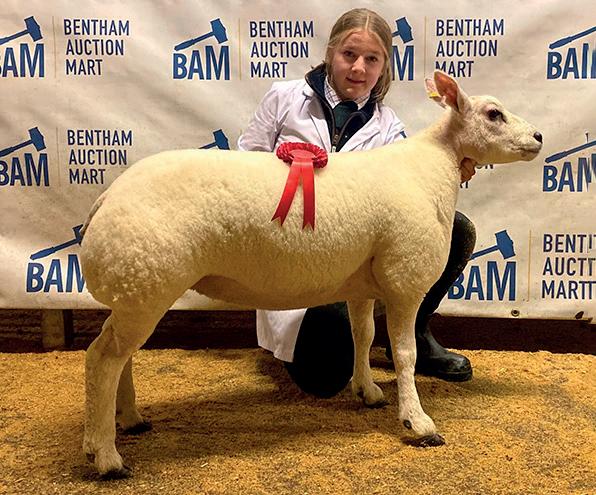
Dave Barton, who has been farming turkeys for 70 years, sold his last turkey at the mart to mark his retirement, raising more than £1,700.
Young Farmer Ellie Jackson won the ‘Best Presented Lamb’, which went under the hammer for £3,120.





The Scottish Association of Young Farmers’ Clubs (SAYFC) competitions weekend saw members travelling from all corners of Scotland for a weekend packed with events and socialising, capped off by the announcement of the National Member of the Year. After qualifying through district competitions, the nine finalists travelled to Dundee for one last interview in front of an experienced judging panel. From this, the judges had the unenviable task of picking a top three out of some of SAYFC’s most dedicated members. The results were announced at the Member of the Year dance, with Abby Forsyth, of Dumfries and Galloway District, being awarded the title.

First





Following the loss of their father, Fiona and Alison Bates have raised £10,644.29 for Cancer Research through their on-farm pumpkin patch. Last October, the sisters lost their father, Michael Wilshaw, after a 12-year battle with cancer. This led the farm - based in Risley, Cheshire - to sell pink pumpkins and provide face painting as part of its pumpkin patch experience, all in aid of charity.




In December, 120 tractors took to the roads of Radnorshire and Shropshire for Dave’s Memorial Illuminated Tractor Run, which was organised by Teme Valley, Knighton and Clun Young Farmers’ Clubs.
The total raised was £9,032.18. Of this amount, £5,000 has been donated to Wales Air Ambulance and £2,041 donated to the Yellow Wellies Farm Safety Foundation.
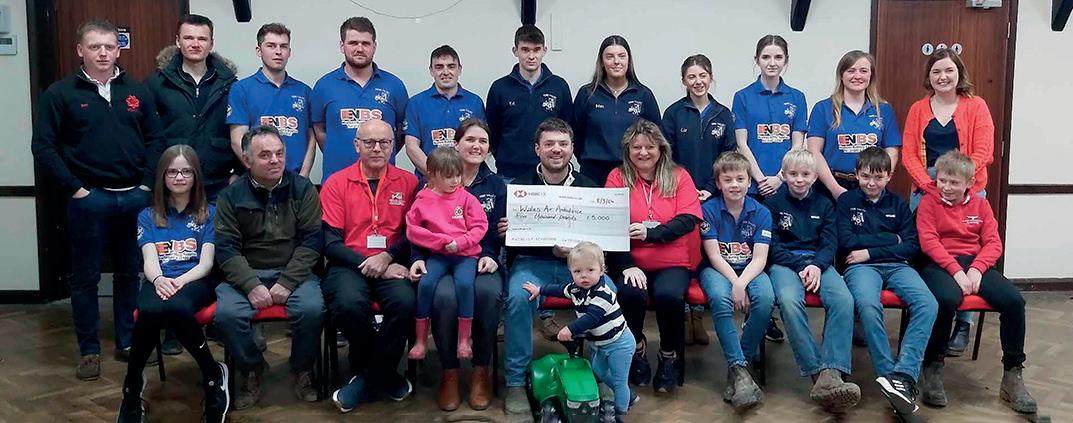
First prize: Abby Forsyth, Stewartry YFC
Second prize:
First prize: prize: Third
Second prize: Jordan Barclay, Strathmore JAC
Third prize: Jack Young, Carluke YFC








Most Young Farmers’ Clubs (YFC) struggled during Covid-19, but it was particularly tough for Gelligaer YFC, which had only six members. Over the last four years, the club’s older members have worked hard to increase numbersnow at 45 members. After qualifying for the Welsh drama finals in Brecon, the club won ‘Best English-Speaking Drama’ with its production ‘Game of Tiaras’. This will see them represent the country in the National Federation of Young Farmers’ Clubs drama finals.


The wait goes on. MidMarch and the birds seem only just to have started their dawn chorus. Let us hope that by the time this is in print it will be all changed for the better.
Turnout is heading towards early April and silage sales here in Cheshire are making headlines, as are straw prices.
Here on-farm, fencing and field walking are the order of the day.
The fencing is progressing well, but the field walking has me reaching for waders instead of wellies.
Milk prices appear to be edging upwards. Hardly surprising as valuable spring grazing, that cannot be recouped, is quietly disappearing.
Sainsbury’s directors have recently been in the press talking about relationships with their farmer suppliers.
Perhaps some industry commentators might take the view that security of supply is potentially a significant concern of theirs going forward.
This is hardly surprising when we
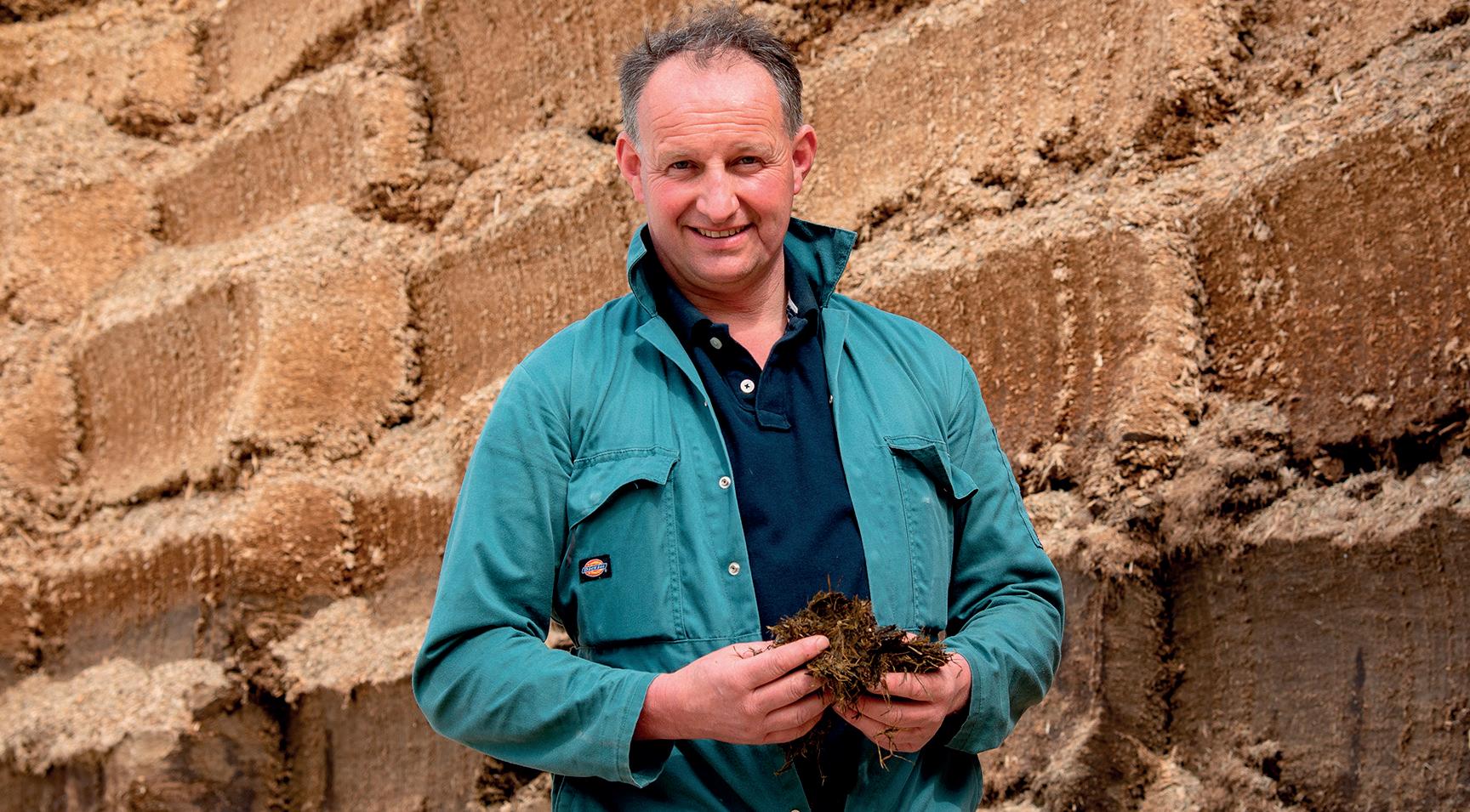
‘I am not sure how we are going to achieve a sustainable food supply’
see the challenges ahead for food production; the popularity of the Sustainable Farming Incentive, extreme weather challenges, tight availability of labour, biodiversity net gain, solar farms and re-wilding, the list goes on.
It has recently been reported that under planned changes from 2025, landowners converting agricultural land into forest or rewilding it for biodiversity will be eligible for Inheritance Tax relief, so incentivising even more productive land out of production.
Let us remind ourselves that close to half of UK farmland is tenanted.
I wonder if a call to arms from the retail sector trying to strengthen their
farmer relationships and so secure food supply may be lost on the breeze as it will not be for lack of engagement of farmers, more the case of disappearing farmland.
Here in East Cheshire a large farming estate has recently been sold, reportedly to be changed from mostly agricultural food production into biodiversity gains for a large firm to achieve their ‘green’ credentials.
The Office for National Statistics reports, ‘Over the 15 years between mid-2021 and mid-2036, the UK population is projected to grow by 6.6 million people to 73.7m’.
I do wonder how we plan to feed this country’s growing population.
Personally, I think it is all about making improvements and achieving balance, but currently, I am not sure how we are going to achieve a genuinely sustainable food supply here in the UK by having less home-produced and more imported.
It can sometimes feel as though UK food production is just getting in the way of many other good causes.
But since when has producing un-processed, high welfare, sustainable food not been a good cause?
With sharp rises in population growth at a time when productive land is being taken out of food production, how long will it be before the nation is being told to dig for victory?




Cumbria James Robinson
Yorkshire Helen Stanier
Monmouthshire
Kate farms alongside her husband Jim on their farm near Abergavenny, Monmouthshire. Farming 122 hectares (300 acres), the main enterprise consists of 800 breeding ewes and cider made on-site from their orchards. She is a mum of two, runs Kate’s Country School on-farm and is the woodland creation officer for Stump Up For Trees.
It has been a challenging lambing season, but things seem to be improving. It helps when the rain stops and the sun comes out, fingers crossed it will continue.
We started the season with cases of Schmallenberg then tackled an entropion issue (in-turned eyelids) in a batch of lambs during March.
The usual turning eyelids out and applying orbenin worked for some, but others required injections. It is genetic and it was easy to track down the carrier tup, a yearling bought last year, he will be breeding no more.
Life is busy, but never dull. Last Monday I was in the lambing shed during the early hours delivering lambs.
A quick shower followed before travelling to Magor to represent the King at a Commonwealth ceremony.
Unknowingly
I do not think I am the stereotypical Deputy Lieutenant (DL) and this was confirmed as I parked and walked to the church, unknowingly passing a suited gentleman who was waiting to greet the DL.
Although I thought I had scrubbed up okay, I think he was looking for an older, posher-looking individual. I am new to this and still learning about the role which is to represent the LordLieutenant of Gwent in his absence.
Tree planting season is nearly over.
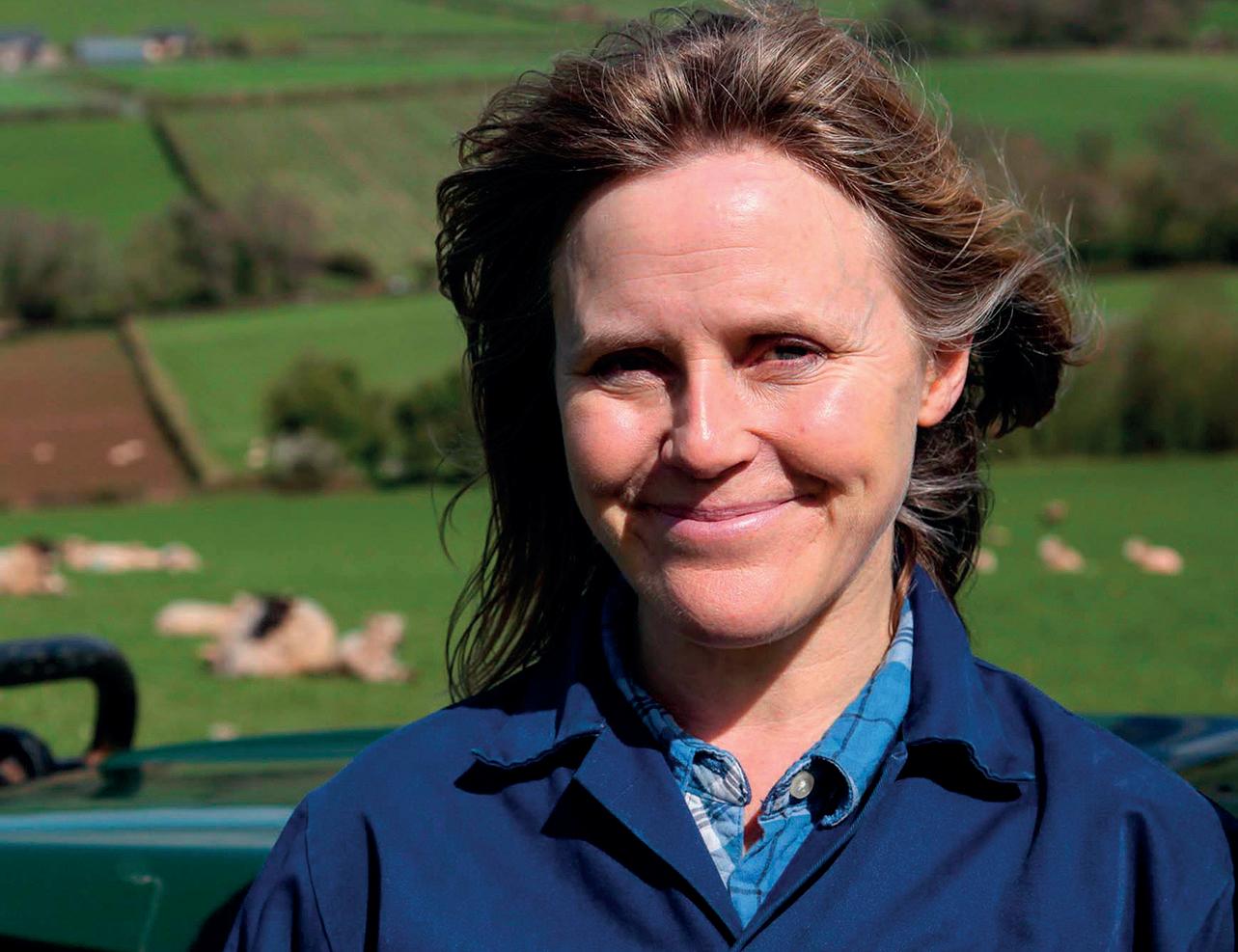
Huge thanks to the Royal Welsh Regiment among others for helping us get the trees in the ground at our most challenging site, restoring upland coed cae (wood pasture) in Bannau Brecheiniog.
My only disappointment was when I realised they had been discussing their bergens (army backpacks). I had misheard and excitedly thought we were going to be cooking and eating burgers on the mountain.
We had a double whammy of courses this weekend, with our last lambing course of the year on Saturday followed by a sheep husbandry course on Sunday. Despite our lambing chal-

lenges, the courses have been great with lovely people attending and healthy lambs born throughout the day. So many in fact, that the theory sessions had to be delayed.
Sheep husbandry courses are usually run later in the year, but Sunday was a bespoke course for a film crew, including actors, who will be filming here during the Easter break.
It is for a short film (quite dark) about disappearing sheep and the villagers turning on the local shepherd. They were looking for local farmers with ‘distinct characterful, weathered faces’ to be extras. Sounds just like Jim, maybe Hollywood will follow.
Sendinyourcorrectentriestobeinwithachanceofwinning£20worthof Love2shopvoucherseverymonth.Sendto:CrosswordNo.1237,FarmersGuardian, Unit4,FulwoodBusinessPark,CaxtonRoad,Fulwood,Preston,PR29NZ.
1 15or21mightbecomethisstrangefringe thing(11)
7 FreelunchAintreeprovides(7)
8 Unpolished,we’retold,theFrenchfrills (7)
10 Performexercise;plungeintowater(5)
11 Sorryhikewanderinginhomeofpigand terrierbreeds(9)
12 Backslideconcerninglargedomed recess(7)
14 Understoodwhatabranchmightbe(7)
15 TwistedthornsroundendofJune; dangerousstingers!(7)
17 Wilder,as15or21mightbecomeifyou swatthem(7)
19 Unwillingcattlerunindisarray(9)
21 Westernsnakes,nastystingers(5)
22 Spaceattempts;waysofgaining access(7)
23 Commitsrobberyofinstruments aroundheartofLiverpool(7)
24 Earliermodelisunfortunately reprocessed(11)
1 True-to-life,loudandreal(7)
2 Senseless!That’sboxinggranny!(5)
3 Queen’ssubjectswhoproducelotsof buzzing(5,4)
4 Blunderinpaniclosinghead(5)
5 Dangerouslyoverrunninginempty farmhouseandwhat15and21mightdo(9)
6 Niggledaboutcastratedhorse,for example(7)
7 Notaskenoughwhensupportingaheavy weight(11)
9 Southernusurer,maybe,isessentially best,makesoneloseweight(11)
13 Giveinstructionsforpreparingpage concerningwriter(9)
14 Notcompletelyfollowschemeof informationthat’seasilydrawn(9)
16 Function,weheard,toinitiallypainttype ofdesk(4-3)
18 Prejudicedoffensiveremarkcutshort byaRepublican(7)
20 Divisioninchurchisinvolvedindrink(5)
21 Laboursslowlytoproduceeffects mostlyonmanuscript(5)

You have been hiding under a rock for the last 10 years if you know nothing about agri-tech. And whatever your political persuasion, the emergence of the Agri-Tech Centres in 2016 can be viewed as part of the great success that has made agri-tech an element of the country’s overall industrial strategy.
Cast your mind back to the publication of the 2013 UK Agri-Tech Strategy; a rare example of long-term Government thinking which recognises that sometimes it is only Government that can provide the wherewithal to bring together people, capabilities and money to achieve a step-change.
The heart of the strategy promised to deliver four ‘Centres of Excellence’, established as a collaborative model between Government, industry and academia. Harnessing the UK’s expertise in agricultural science and research,
they would propagate it through a programme of innovation, investment and infrastructure, combining the UK’s historic reputation for agricultural innovation with its excellence in science and Government support for trade.
Setting up the centres was no easy task. At Crop Health and Production (CHAP) we had no blueprint. It was not just a case of deciding what direction we should take; we had to build the compass too.
Coming into the role not as a career agriculturalist but as a life scientist with commercial experience, I had the valuable opportunity to simply observe the landscape first, identify the issues, and only then take any action.
What I saw was not a lack of science or ideas, but the need to bring people together, to collaborate and facilitate, and to enable the impact of these great

Agri-Tech Centres combine the UK’s reputation for agricultural innovation with its excellence in science, says Fraser Black.





ideas to be realised at farm level. Most of all, I could see that if CHAP was to be successful, we needed to up the pace.
That is exactly what we have done since 2016 – what other organisation like CHAP can boast year-on-year growth of 25 per cent? CHAP’s success rate on grants secured for projects is in excess of 30 per cent, and we have gained an enviable reputation for helping our customers and members gain funding and investment.
And that is a key point – the vision of the Agri-Tech Strategy was to make the UK a global leader in agri-tech innovation and development, attracting inward investment because the UK would be seen as ‘a good place to do agri-tech business’.
Independent figures, provided by AgFunder, reveal the success of that objective, with the UK taking third place (behind only the US and India) in the share of worldwide funds invested in agri-tech during 2022 (the most recent survey year).
Next month sees the merger of the three centres into one Agri-Tech Centre for the UK, which is hoped to become part of the Catapult family. For the first time, we will have integration across the entire agri-innovation ecosystem – what a terrifically exciting development lies ahead.
The merger of the three centres and the prospect of becoming a Catapult promises to provide new impetus to the original Agri-Tech Strategy.
Nine Catapults are already in operation, supporting sectors such as semiconductors, satellite technologies, cell and gene therapy, and energy systems.
Agri-tech being given the leg-up to potentially sit on the same platform, with equal billing alongside such arguably high-profile sectors, promises to provide the entire industry a much better connection with Government. It is a shot in the arm and will stand us in good stead for longer term funding, sectoral trust and improved, healthier relationships across the industry.
Support for agri-tech, and the recognition of the UK as a global agritech leader, positions the country as the ideal ‘test lab’. Companies from around the world can come here to invest and grow, using our range of topography, environments and climates – and especially our progressive and open-minded farmers – to get their agri-inventions off the drawing board and onto the ground.
Whatever we may think, agriculture’s societal benefit – its positive economic and environmental effects – is not lost on Government. With the right support, we can make our sector a thriving industry, well-placed to be critical to the growth of UK plc and underpinning the future success of UK farming plc.


